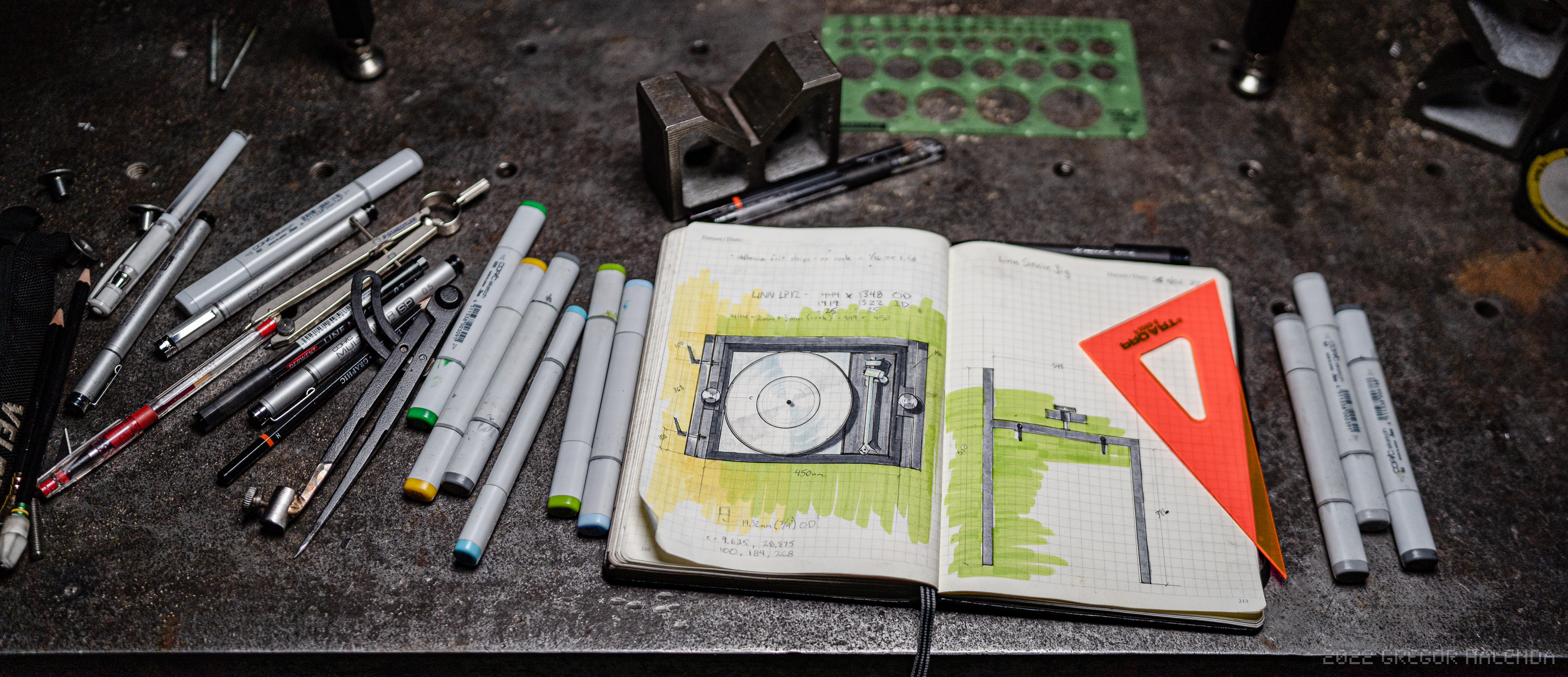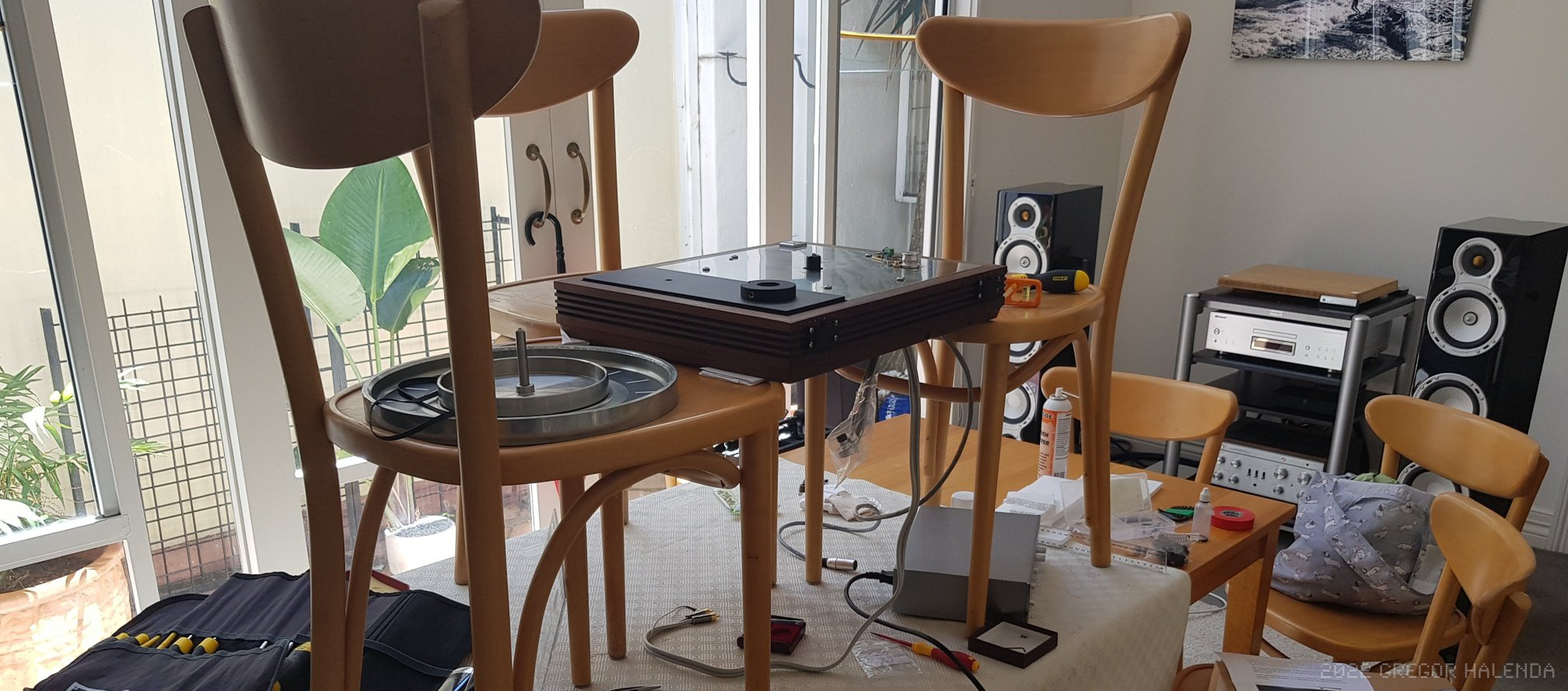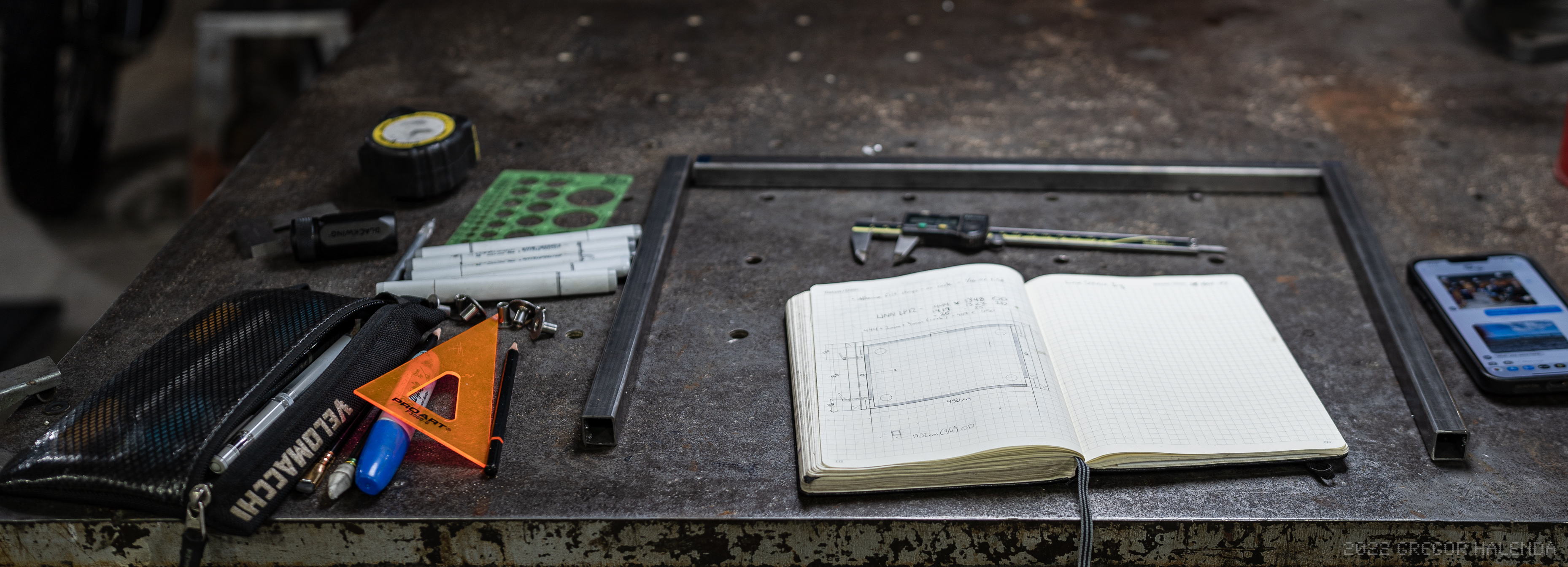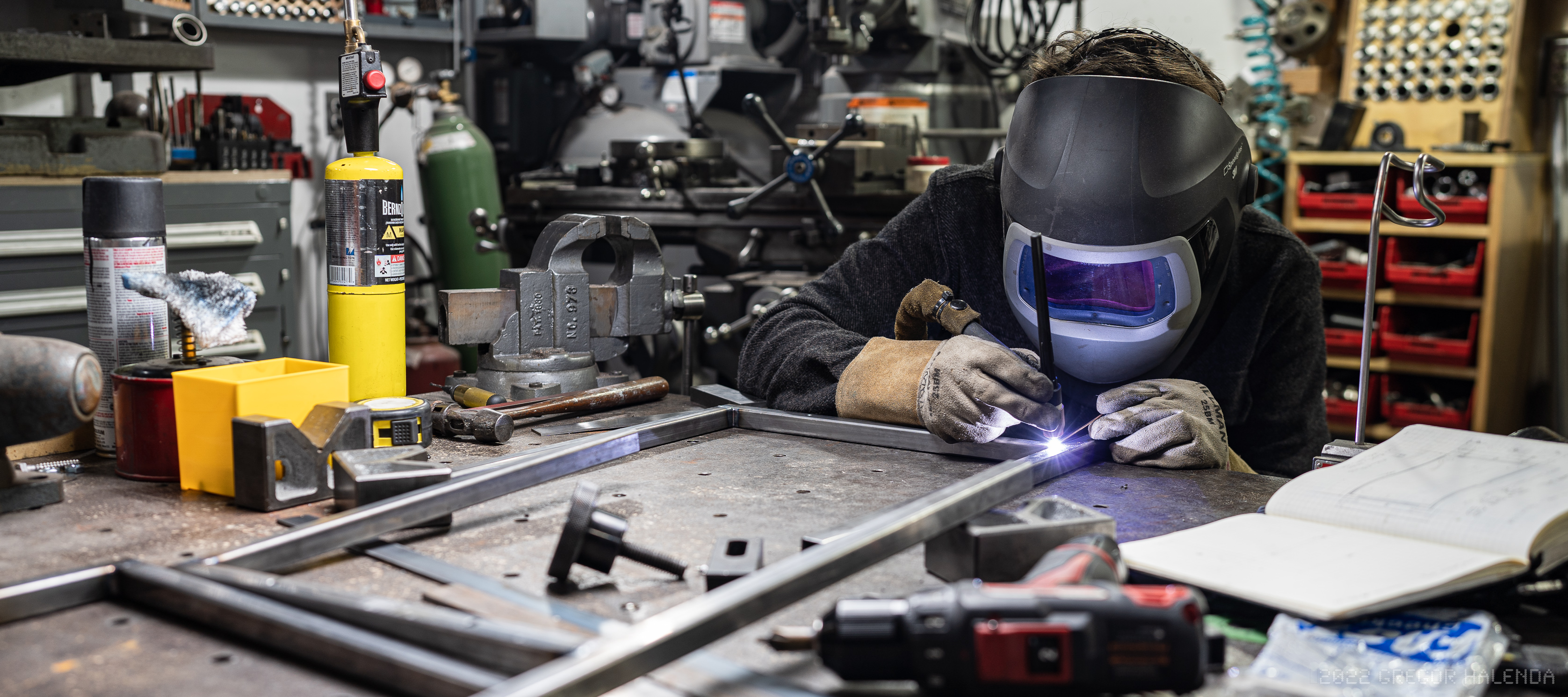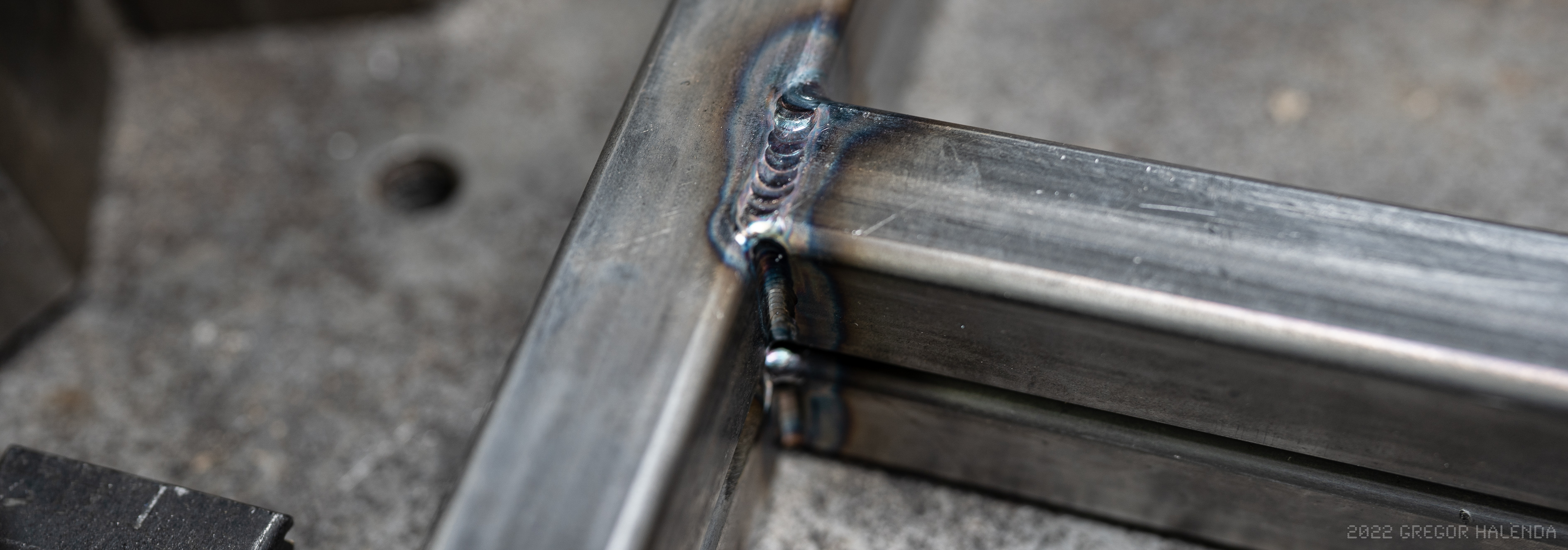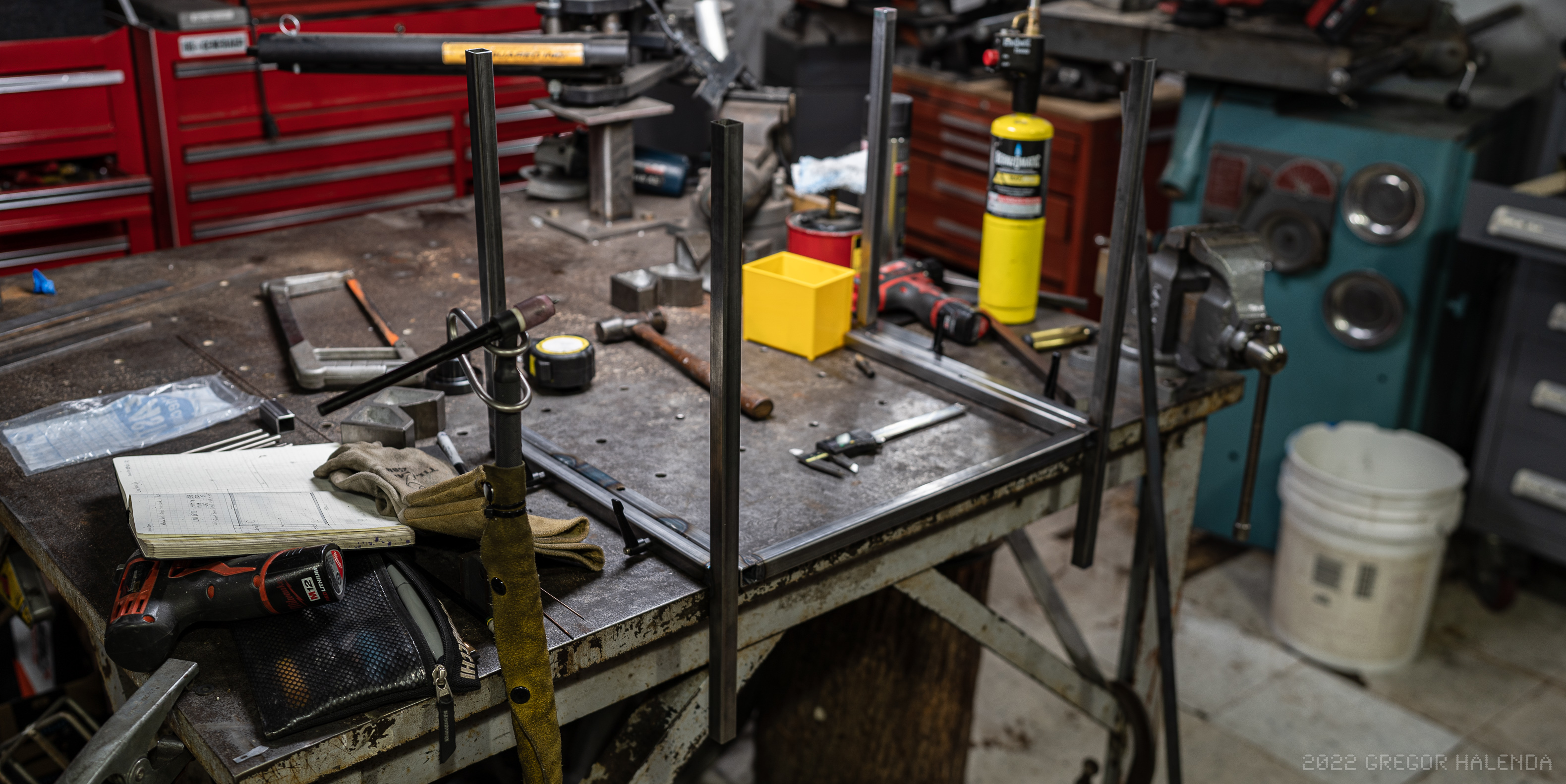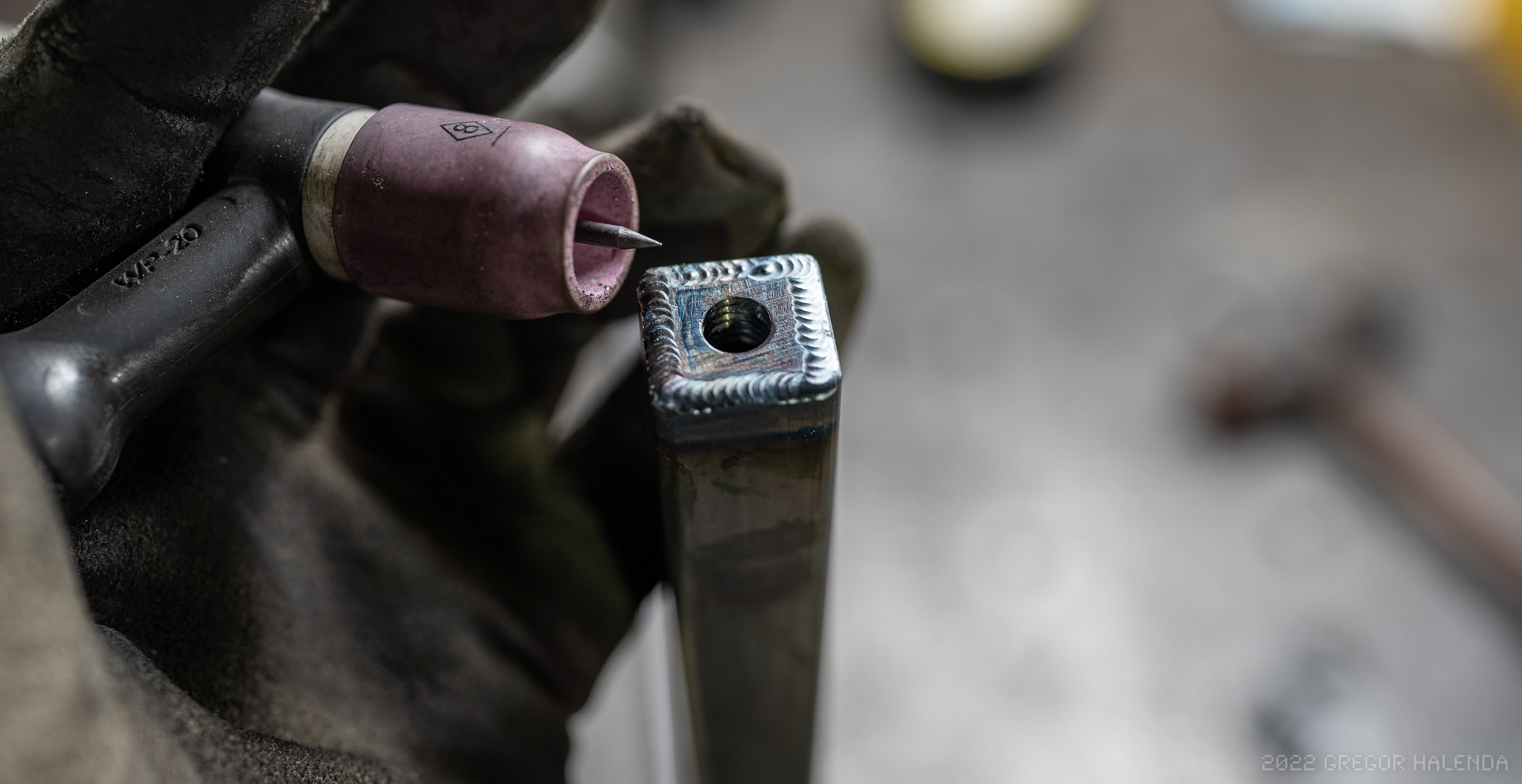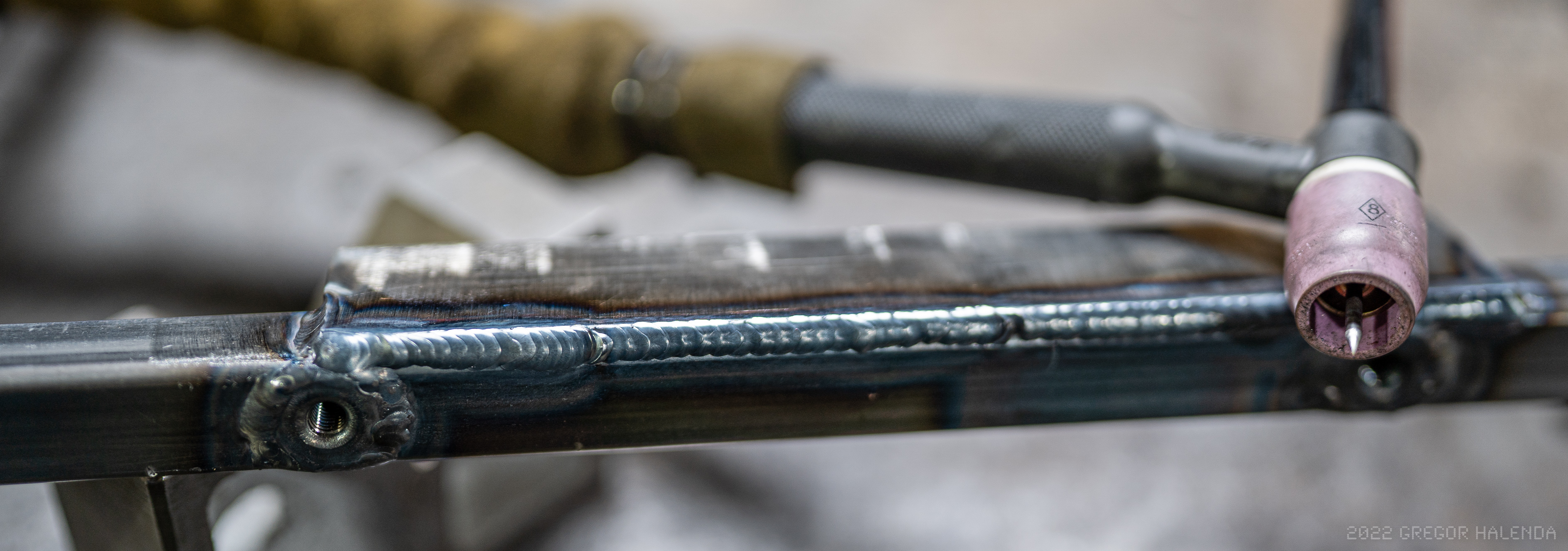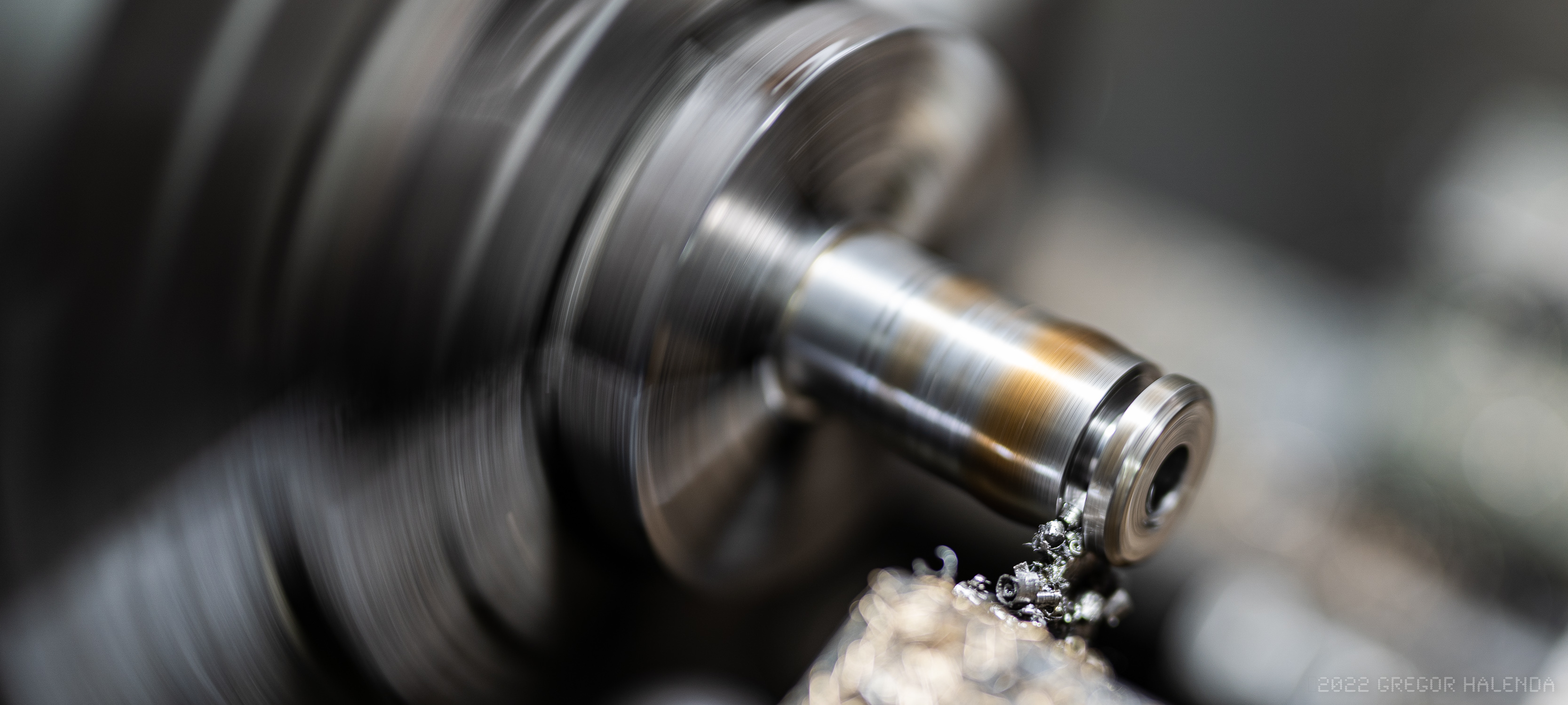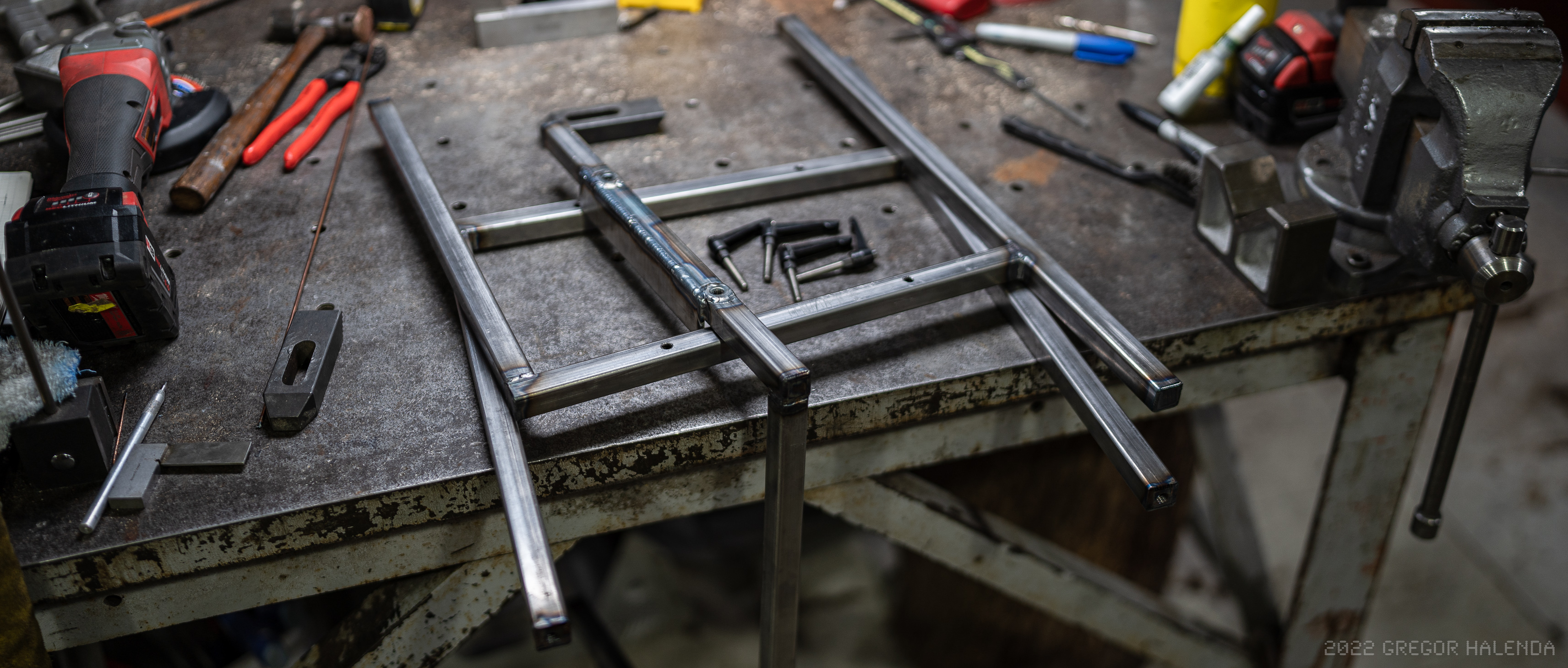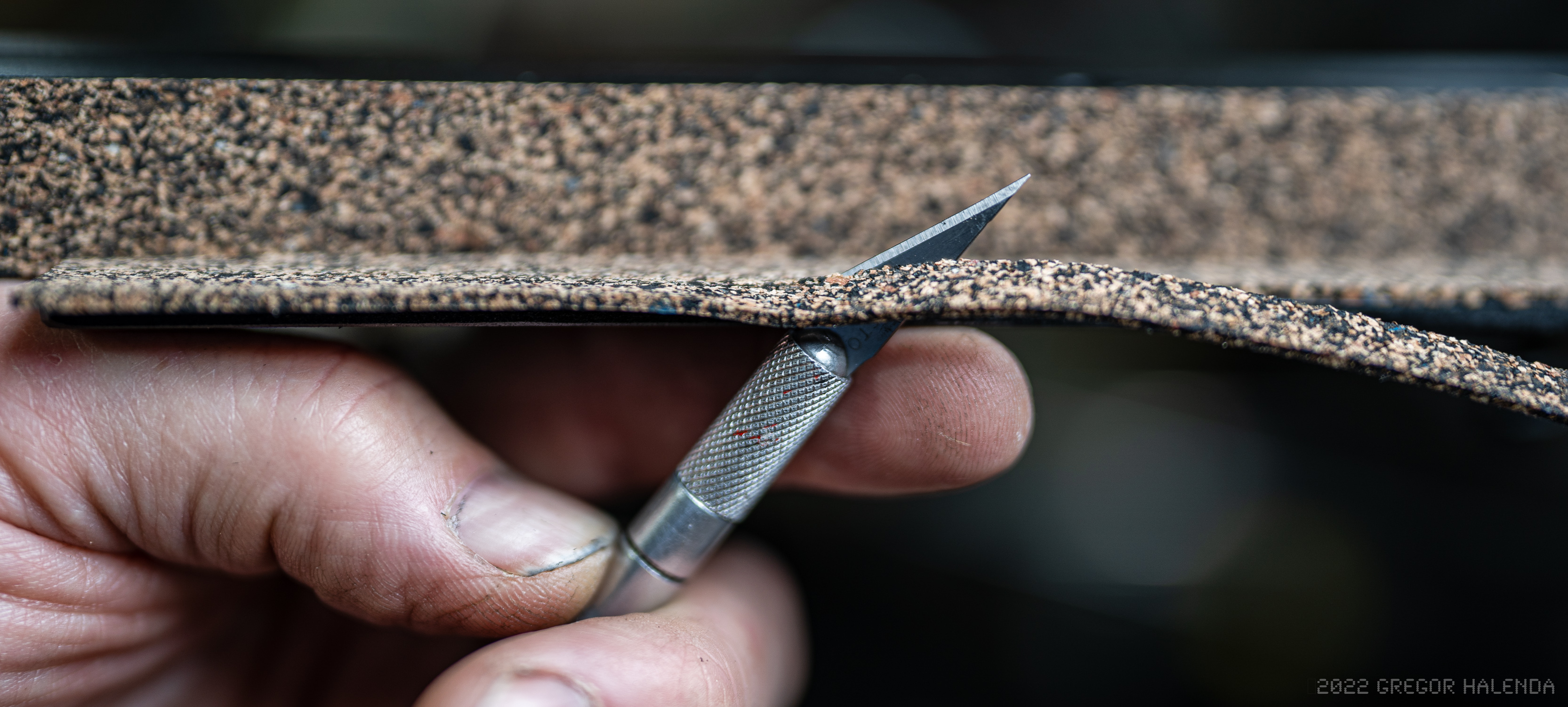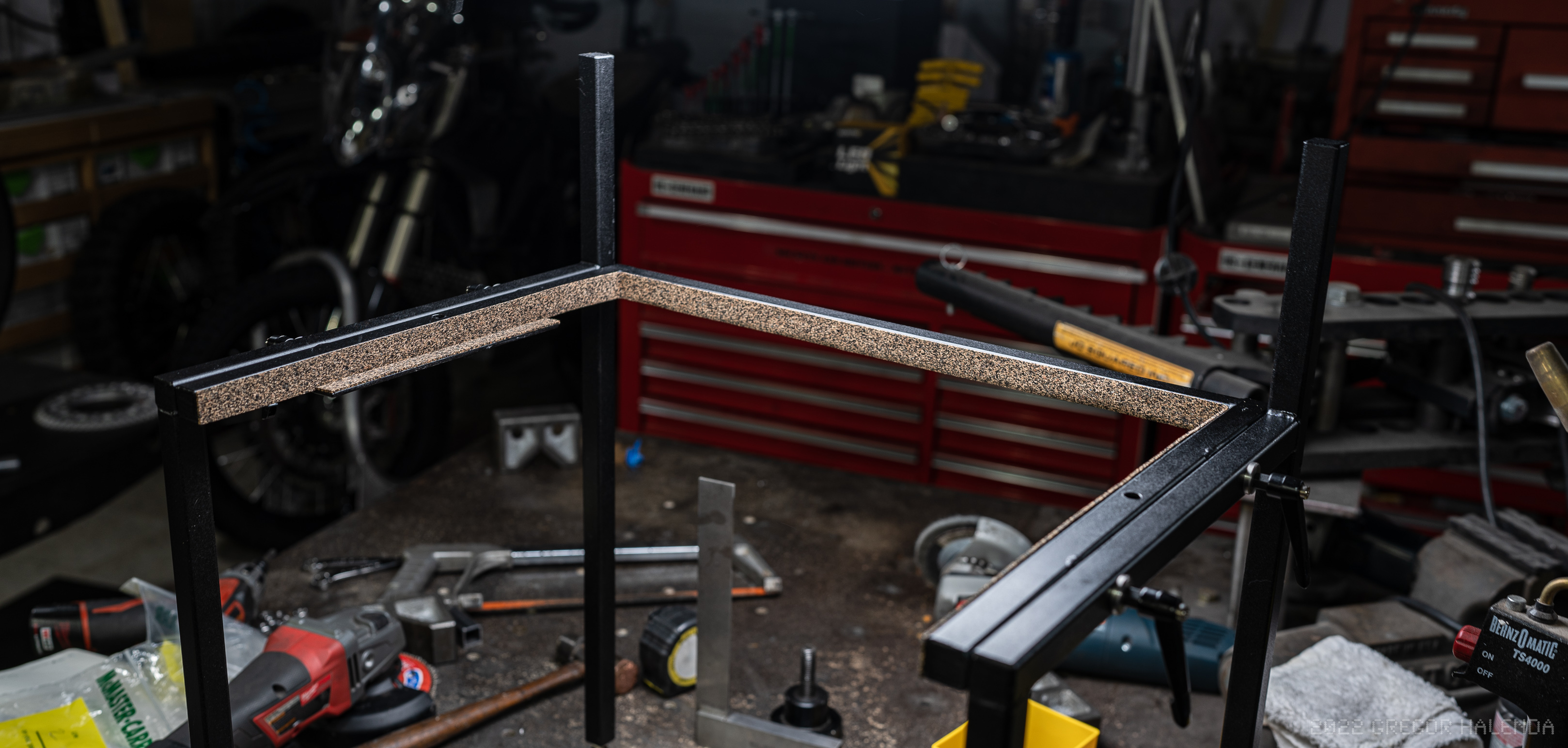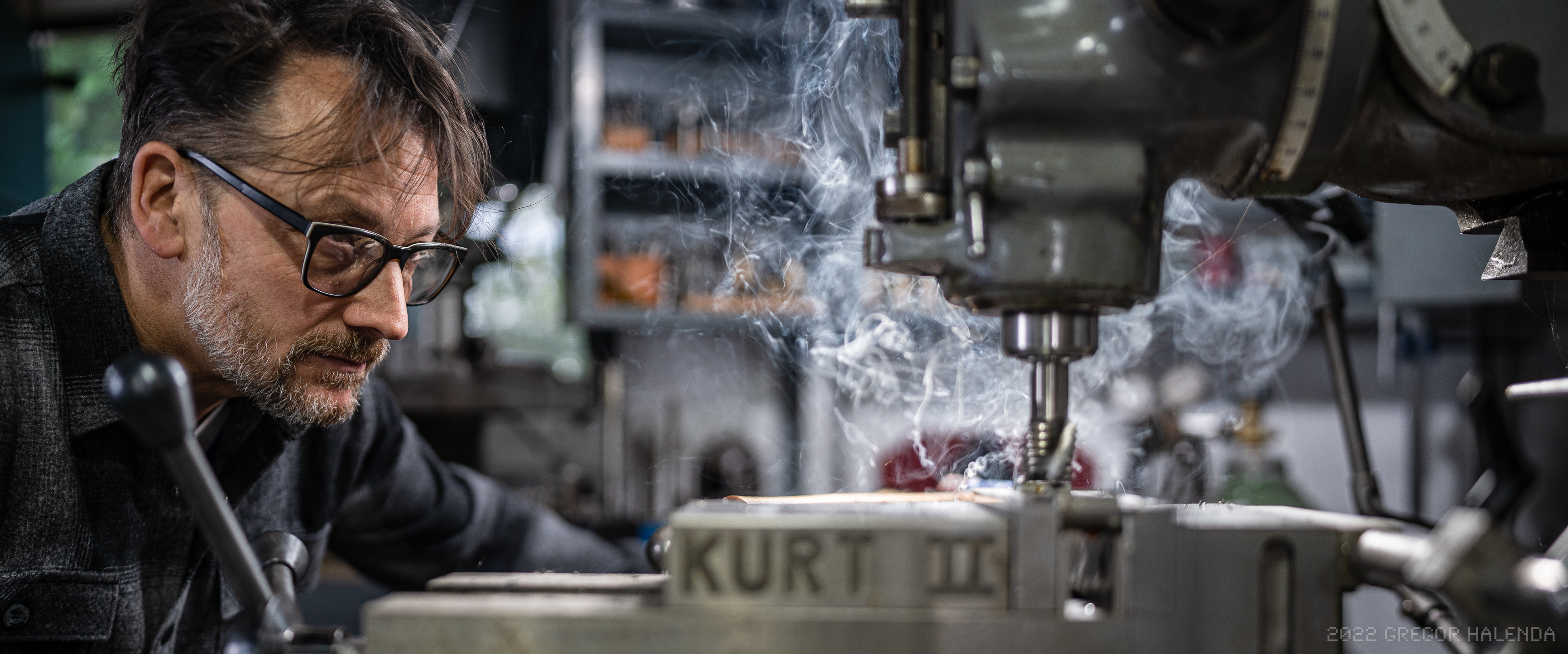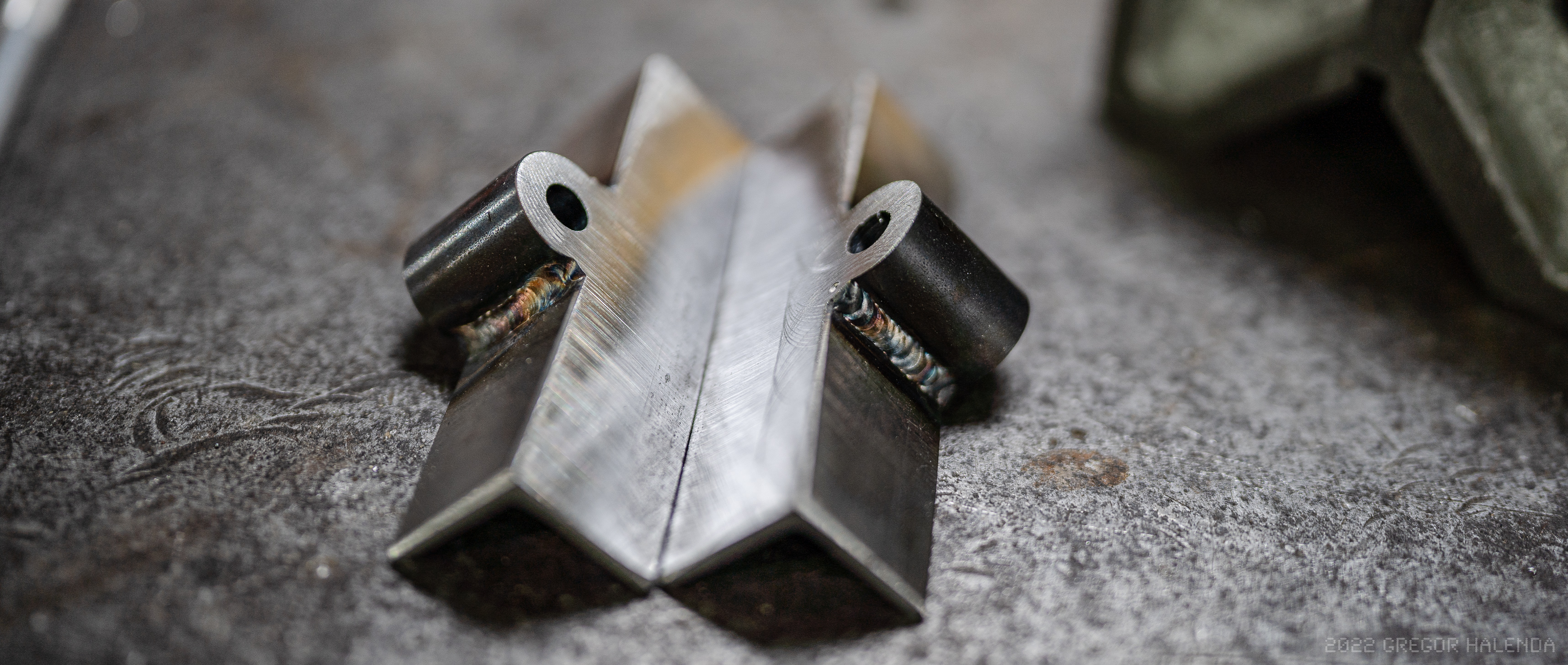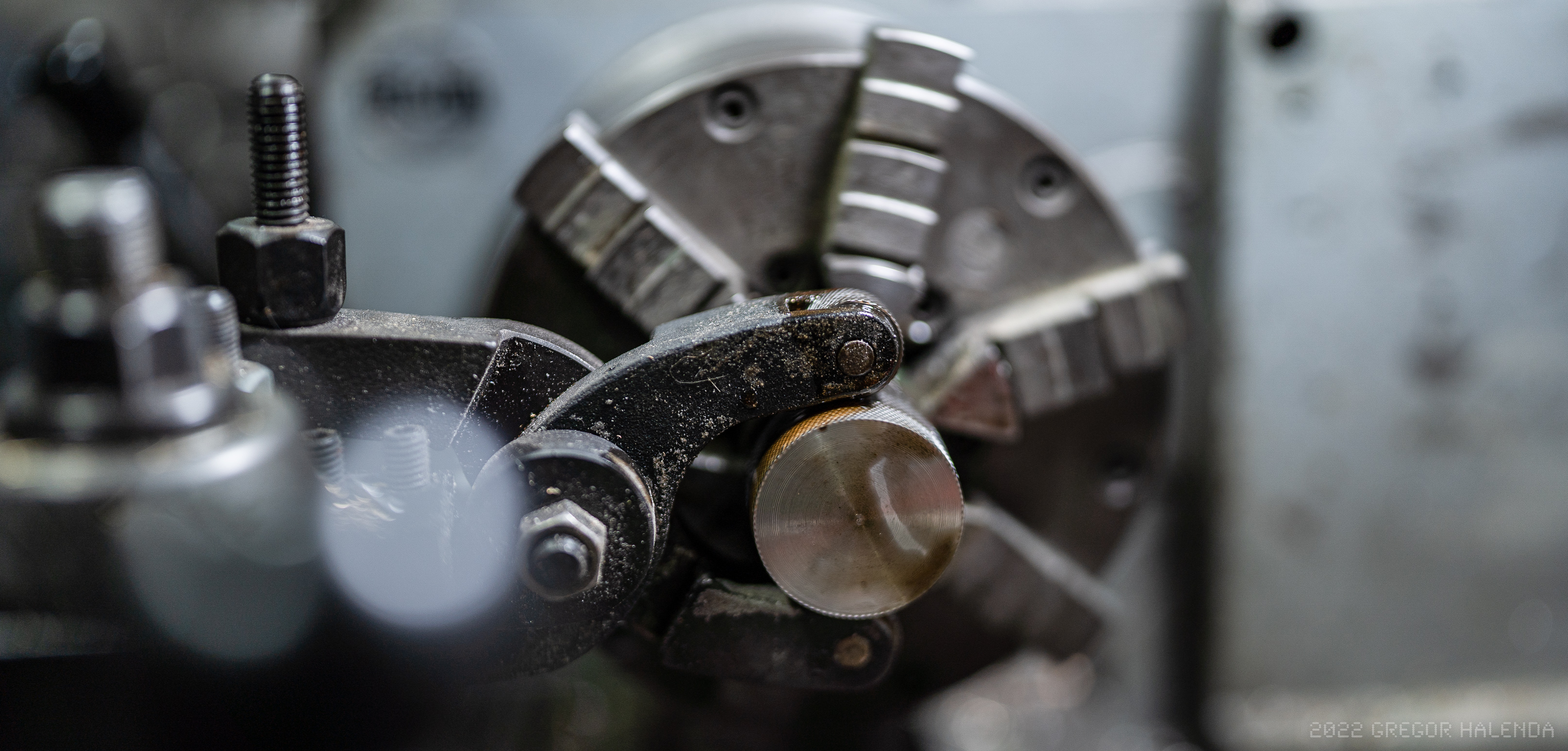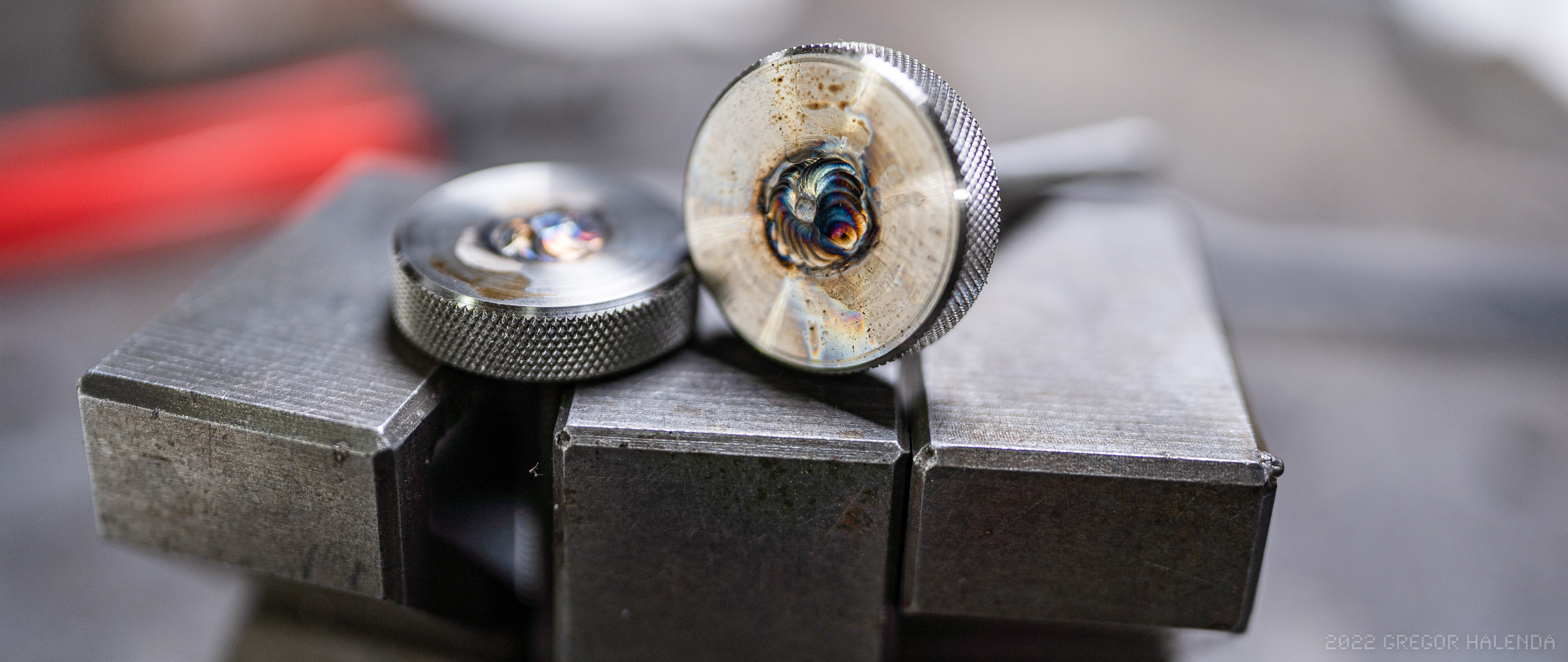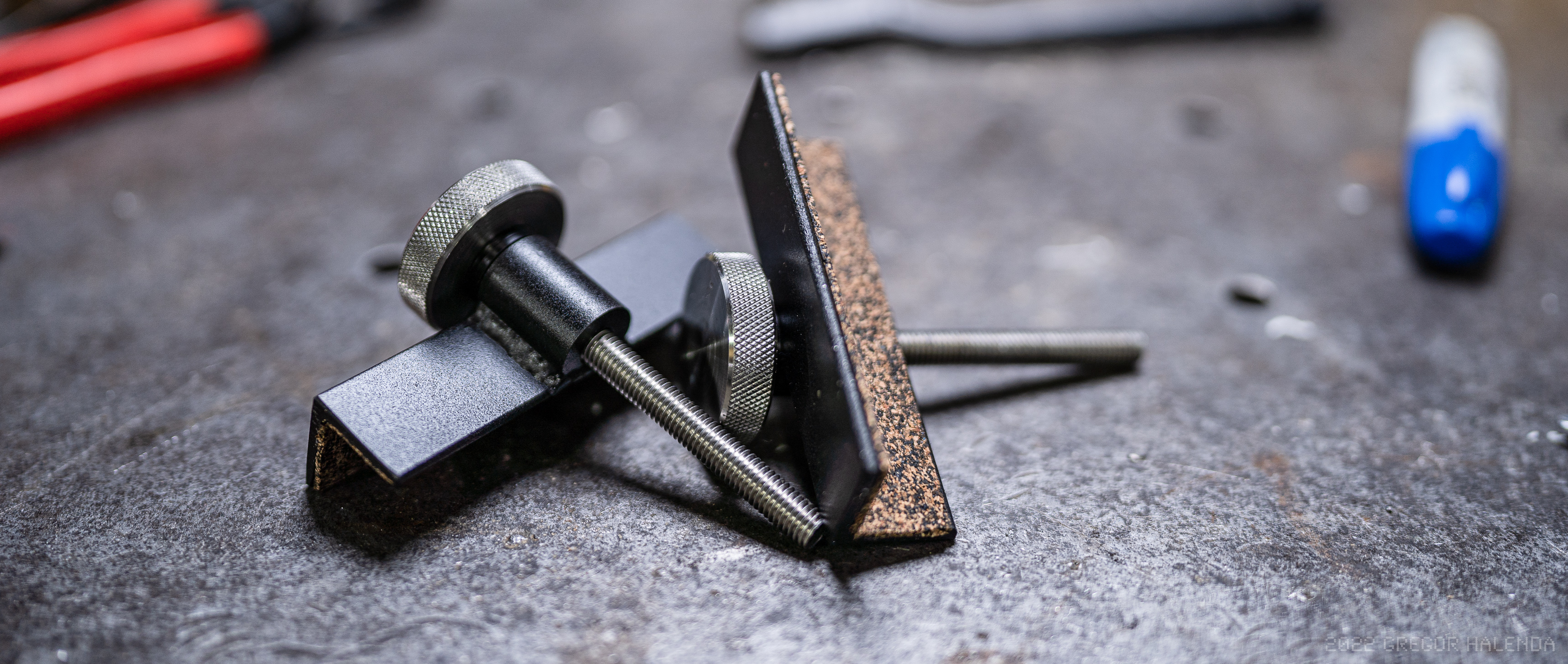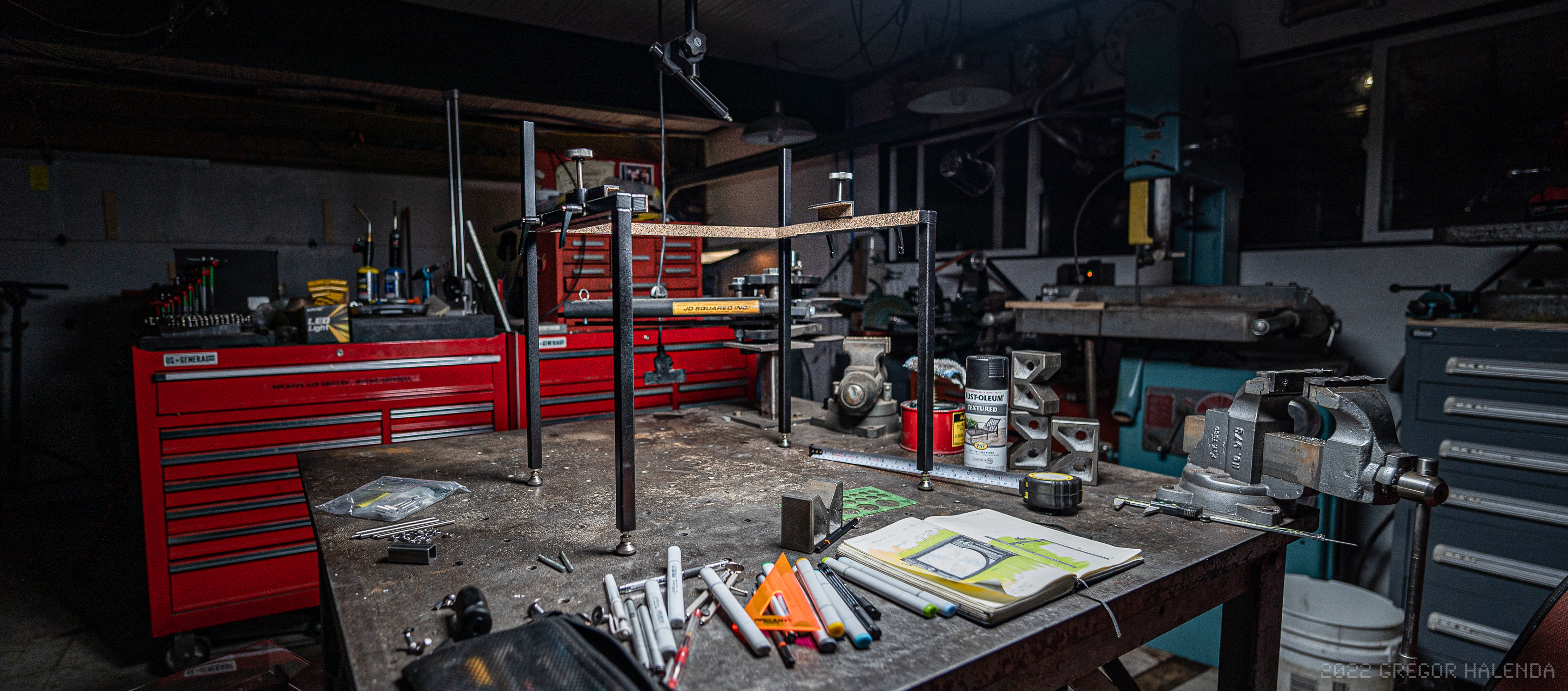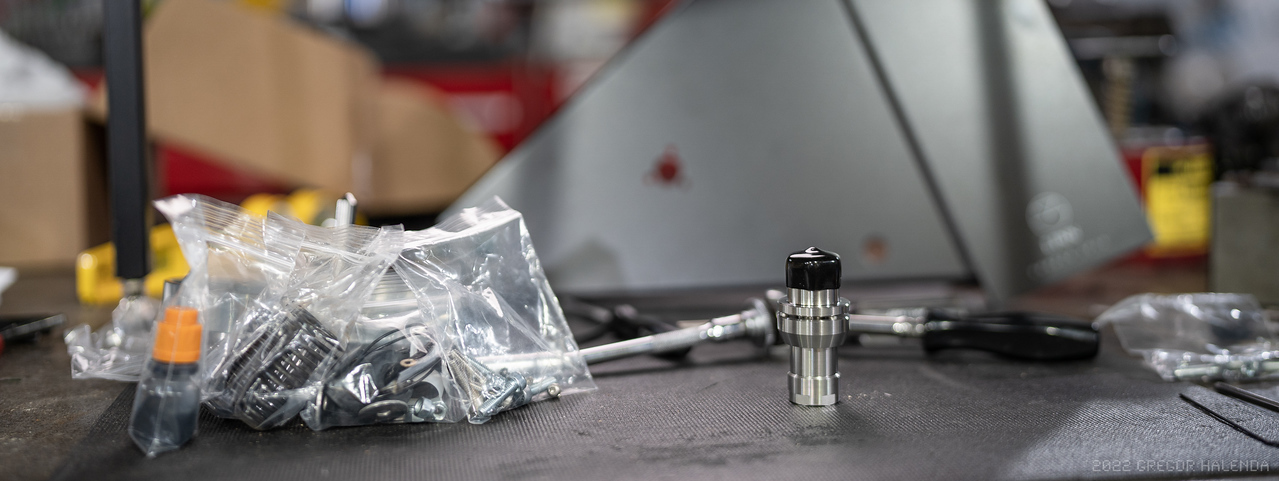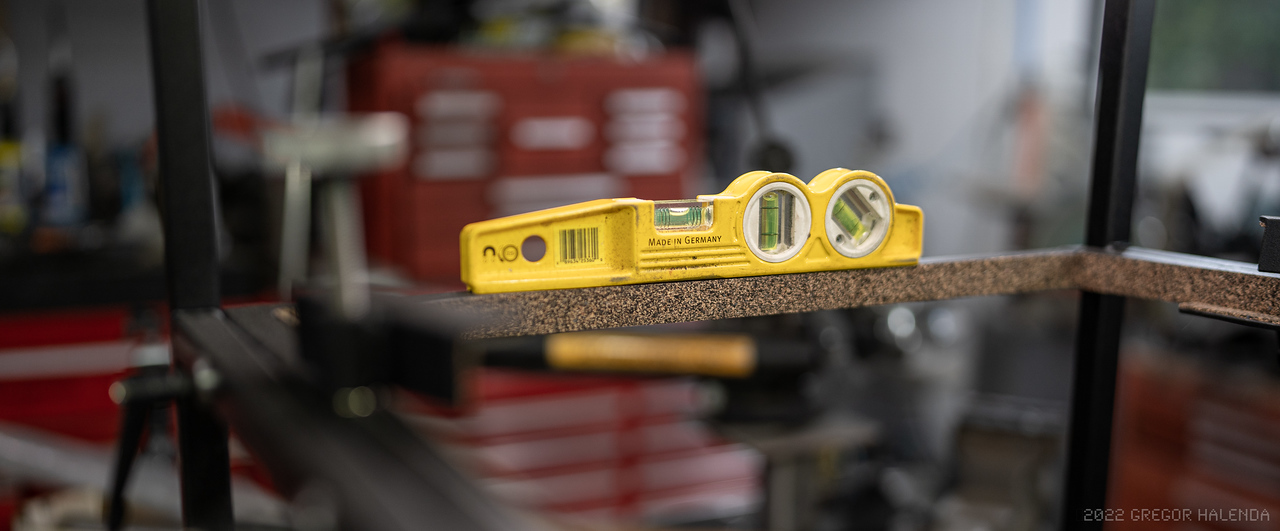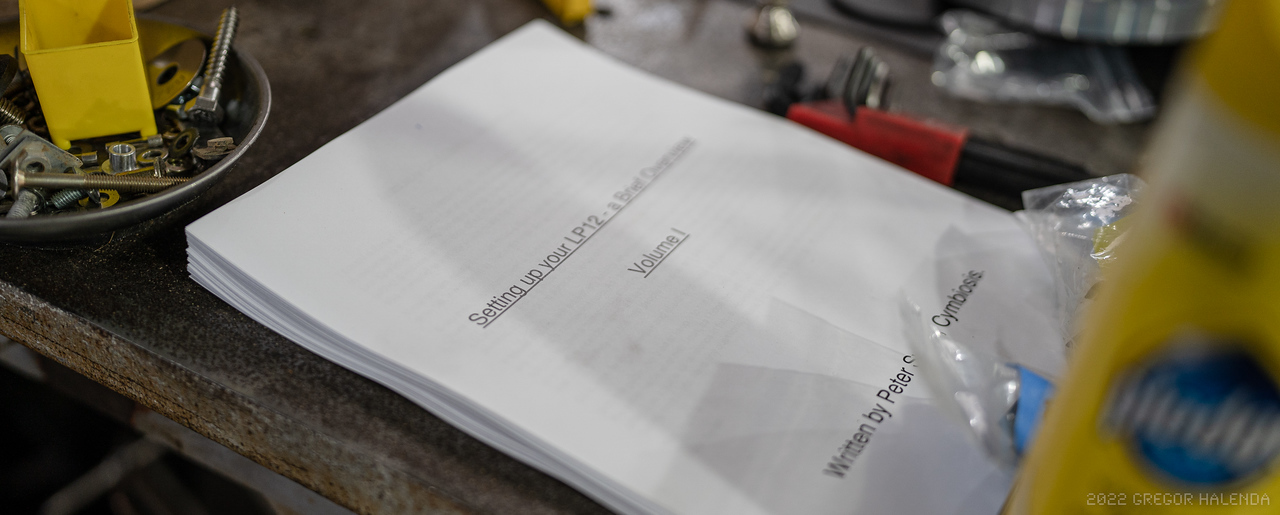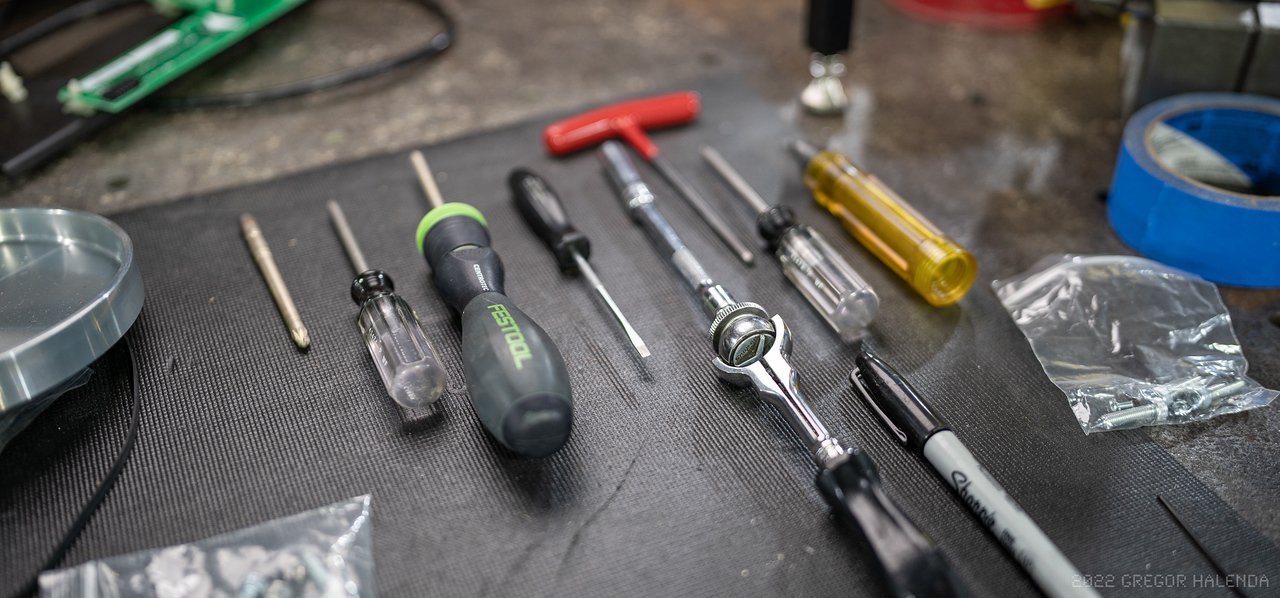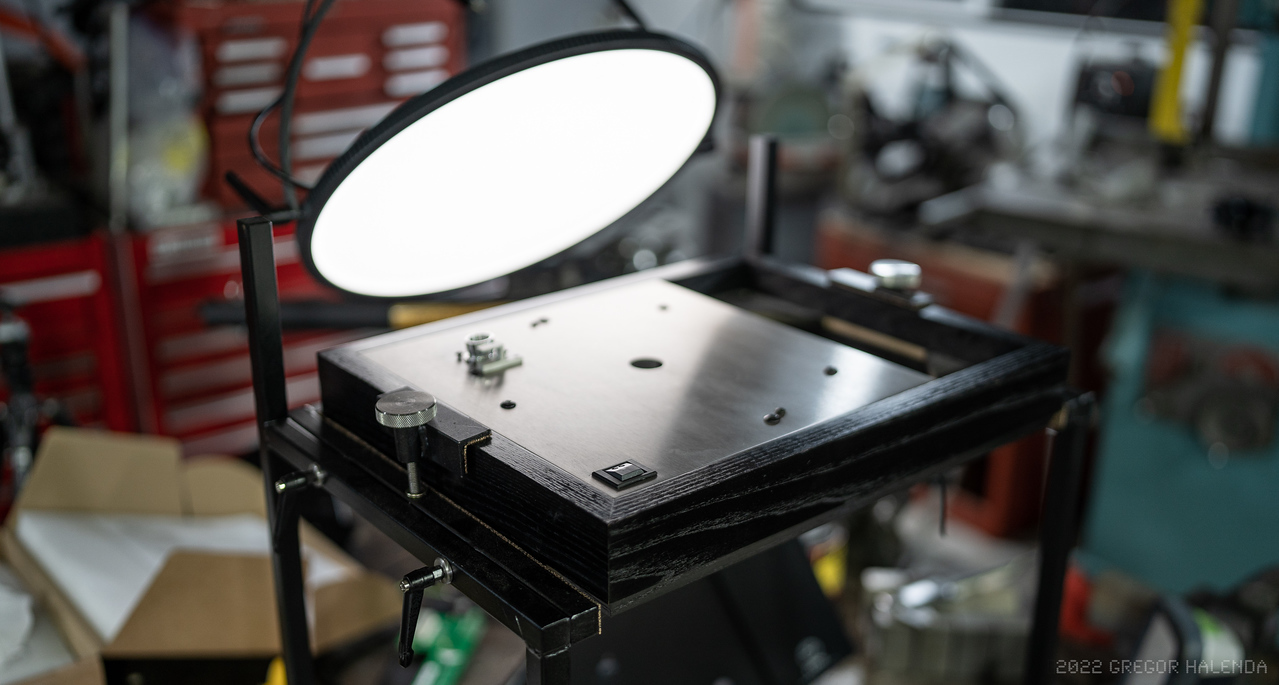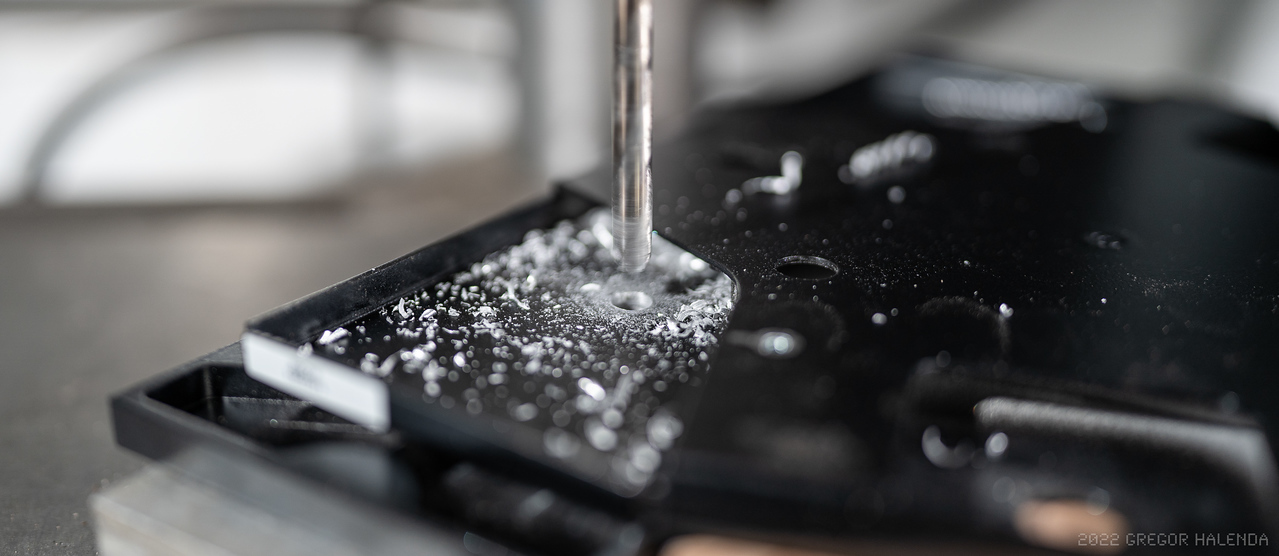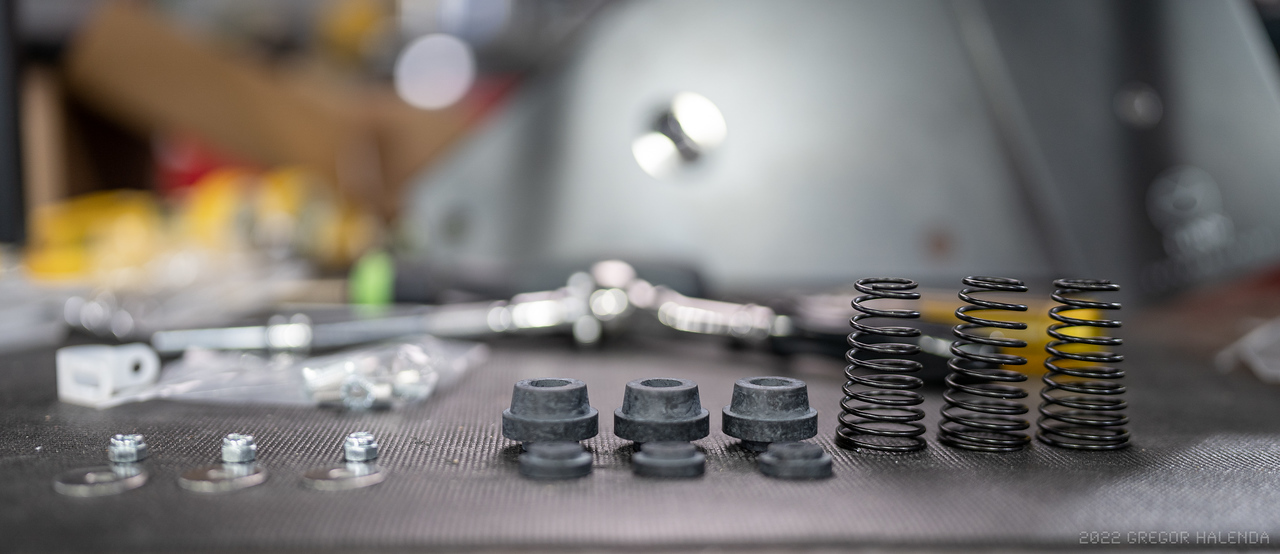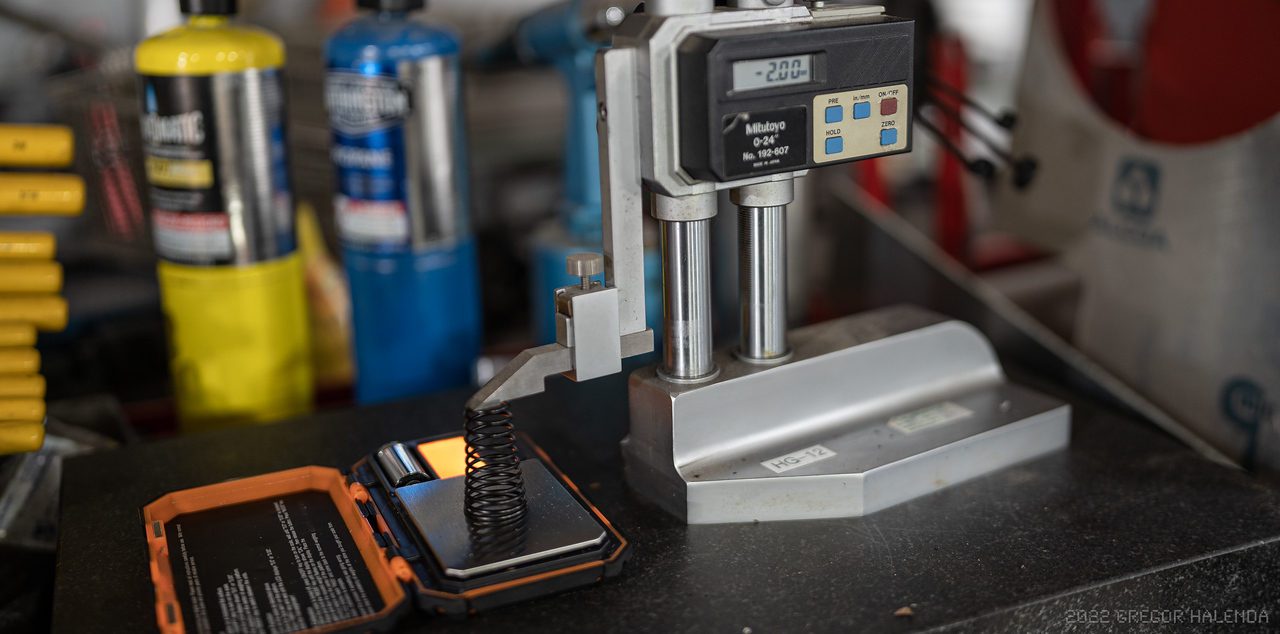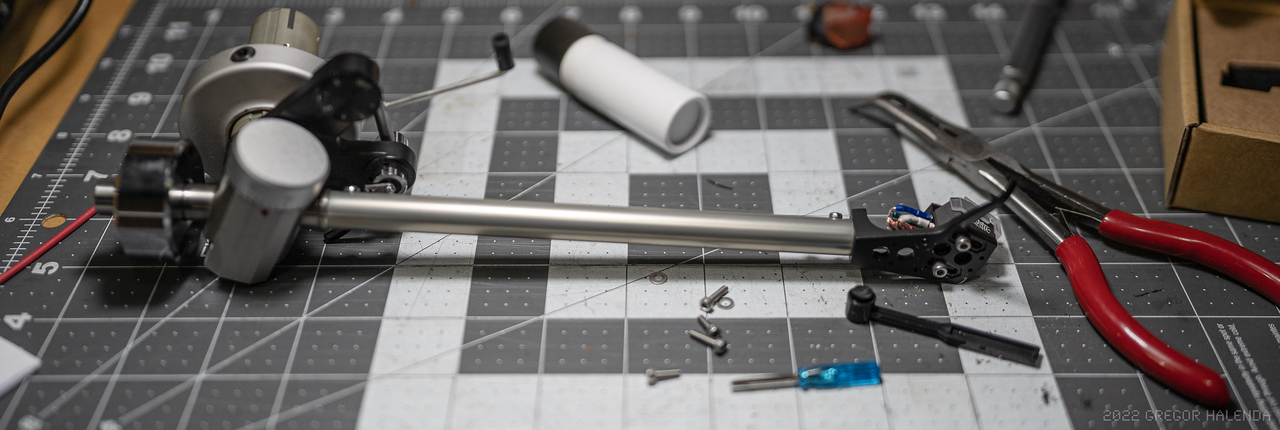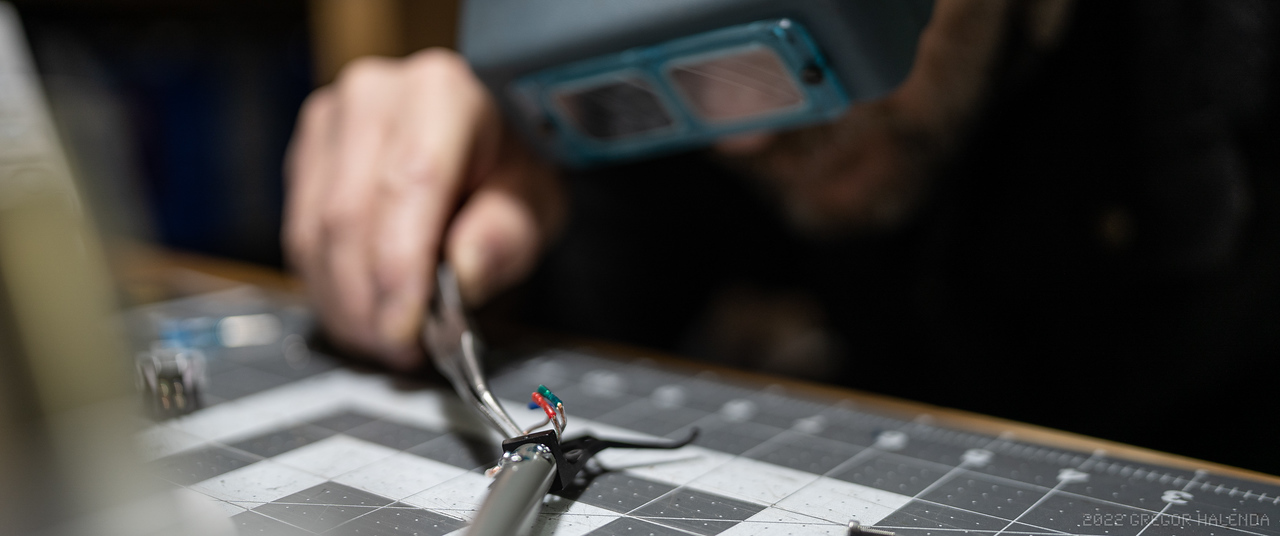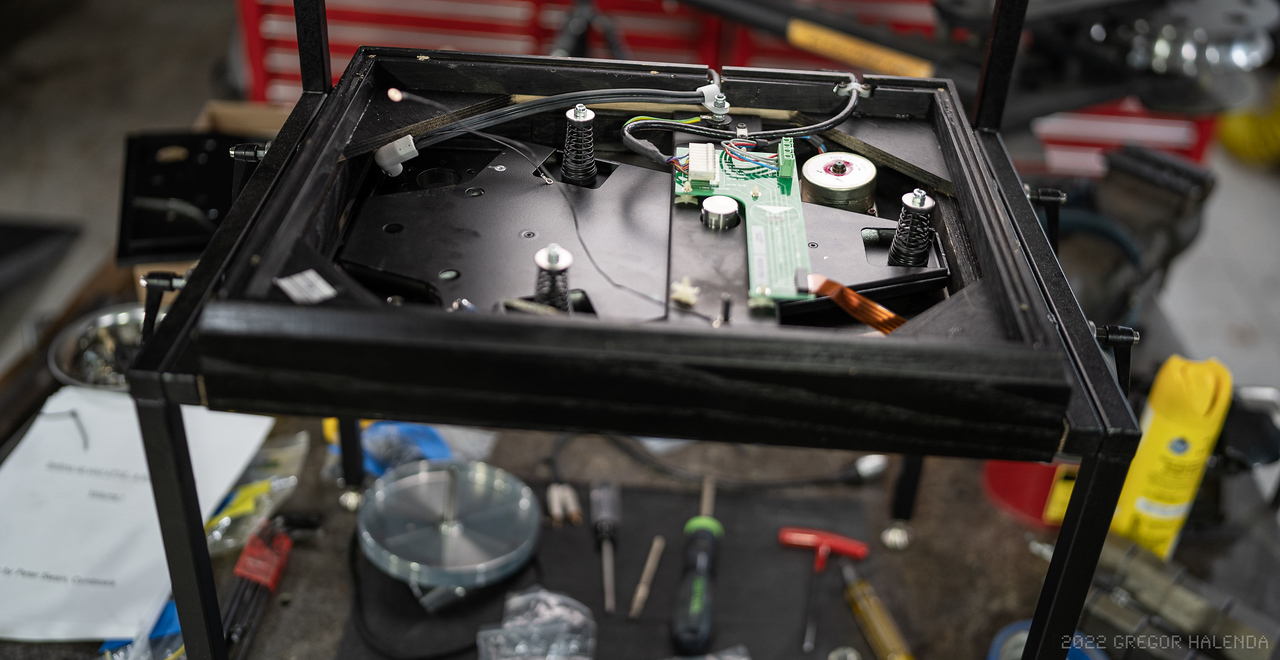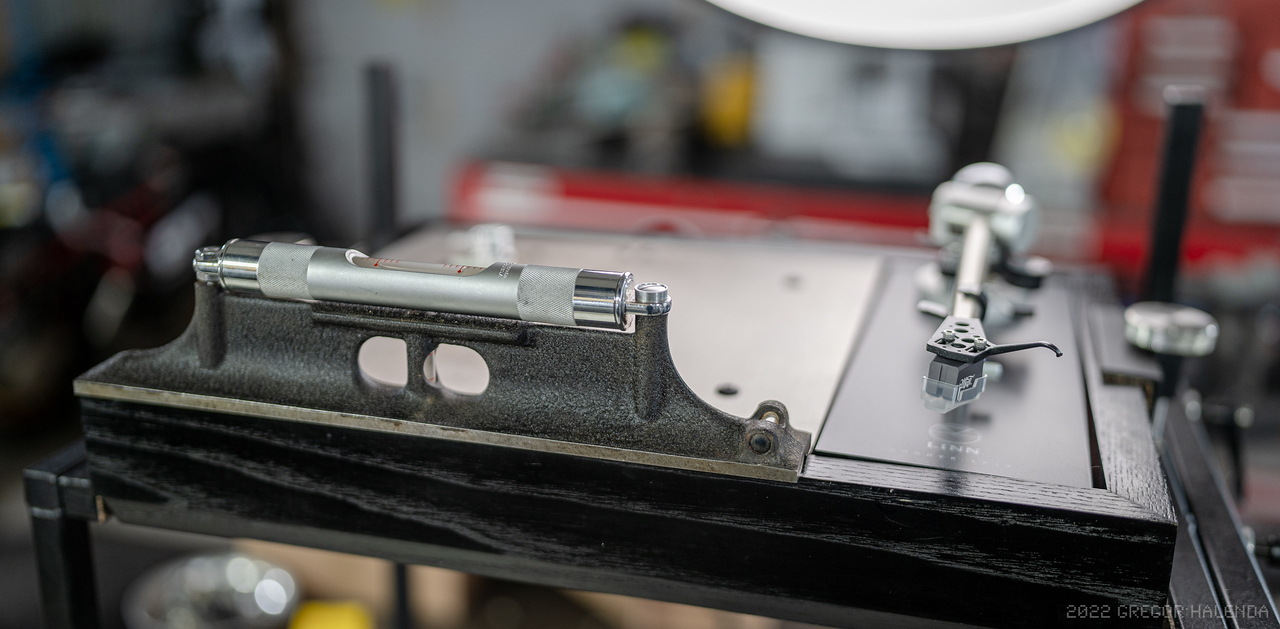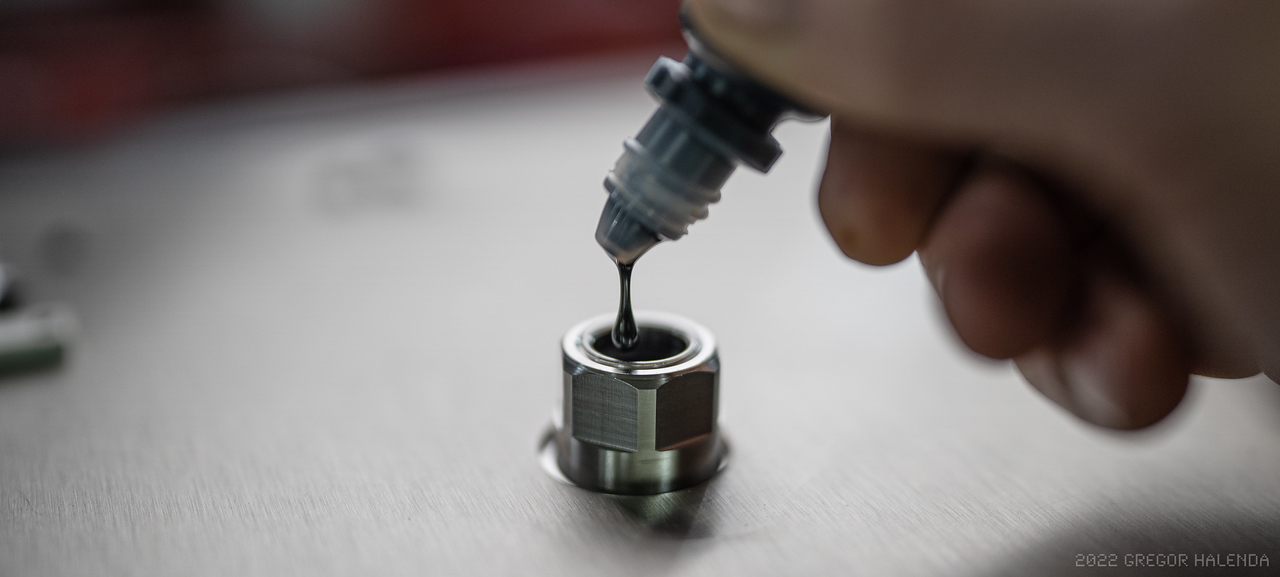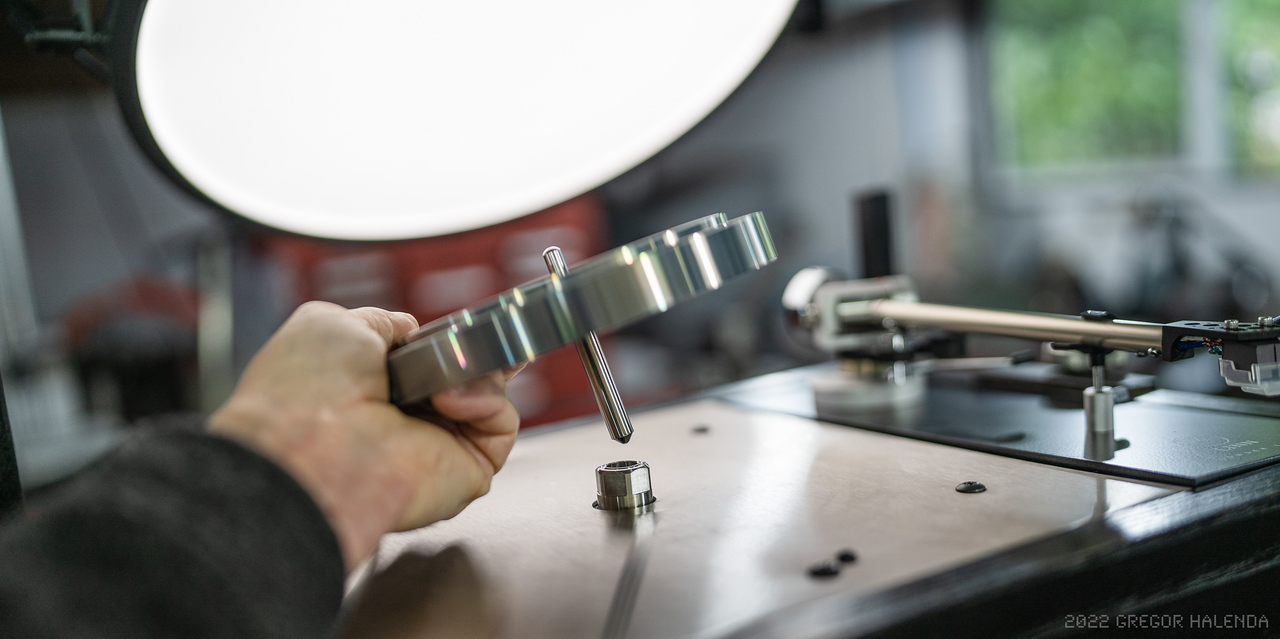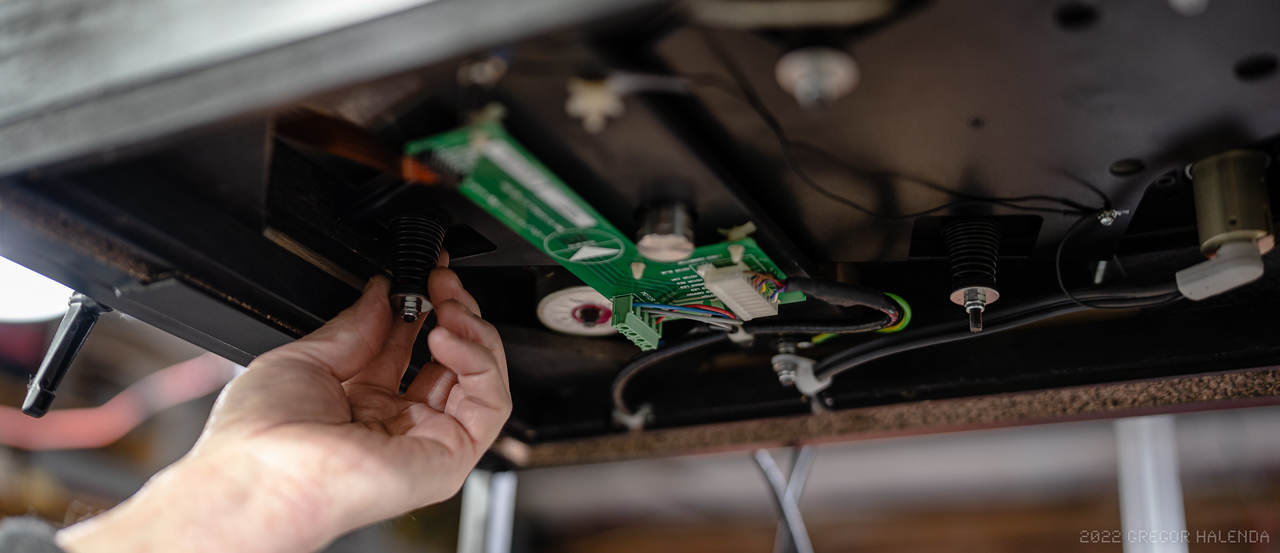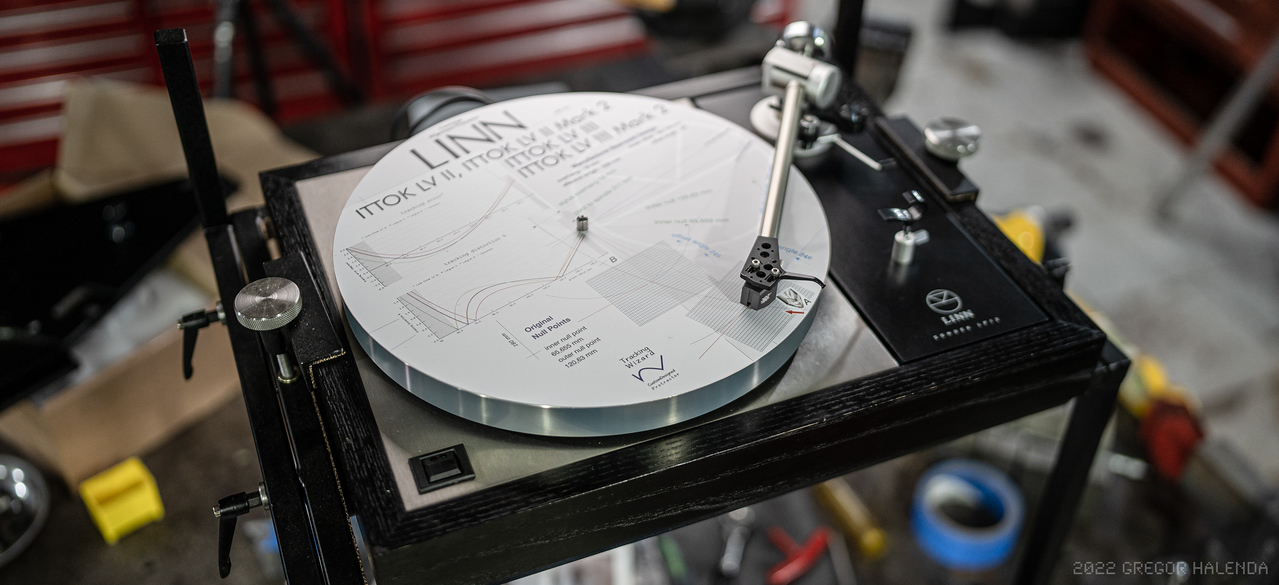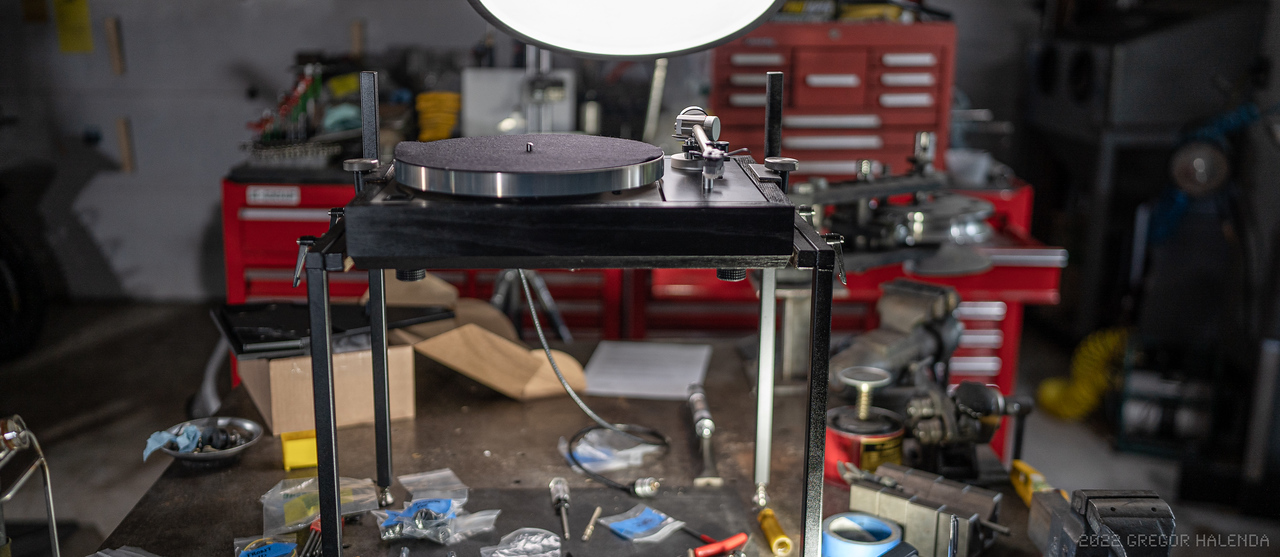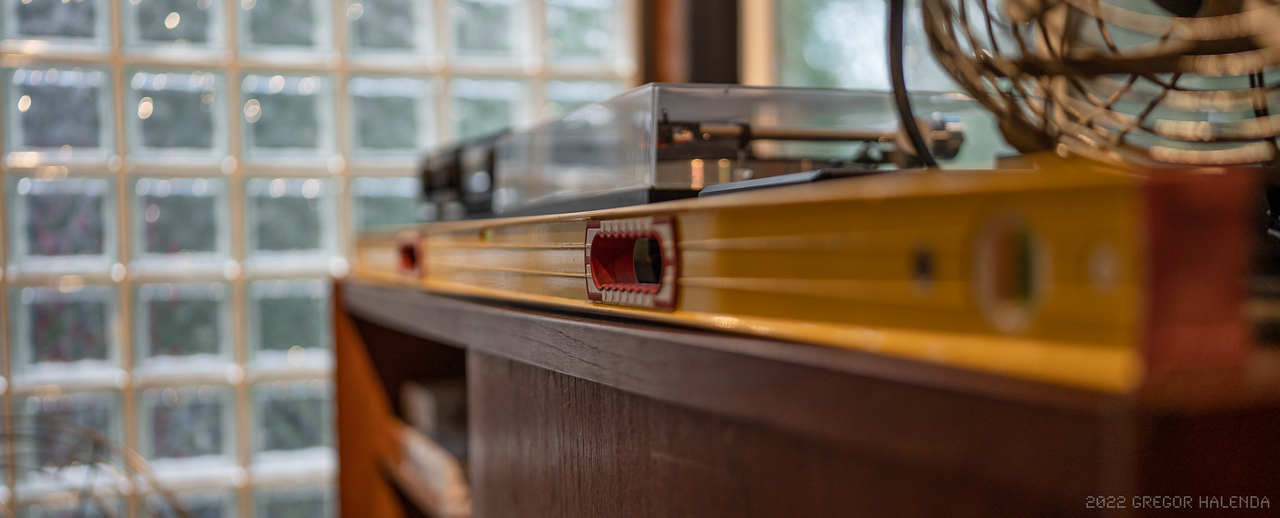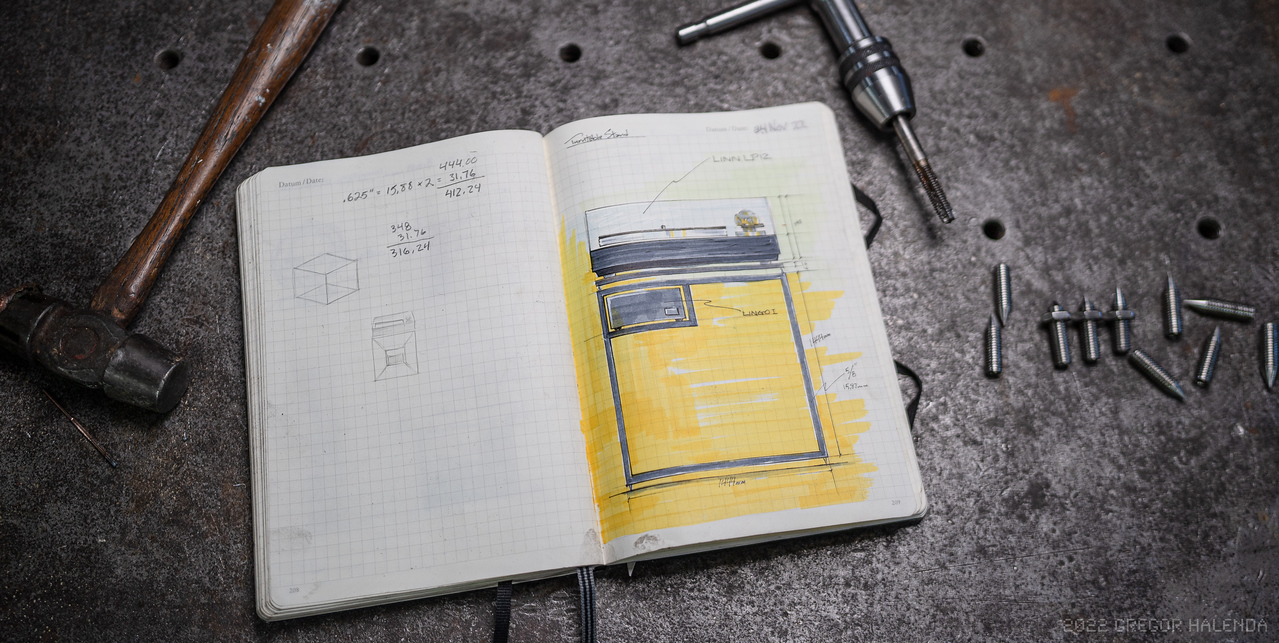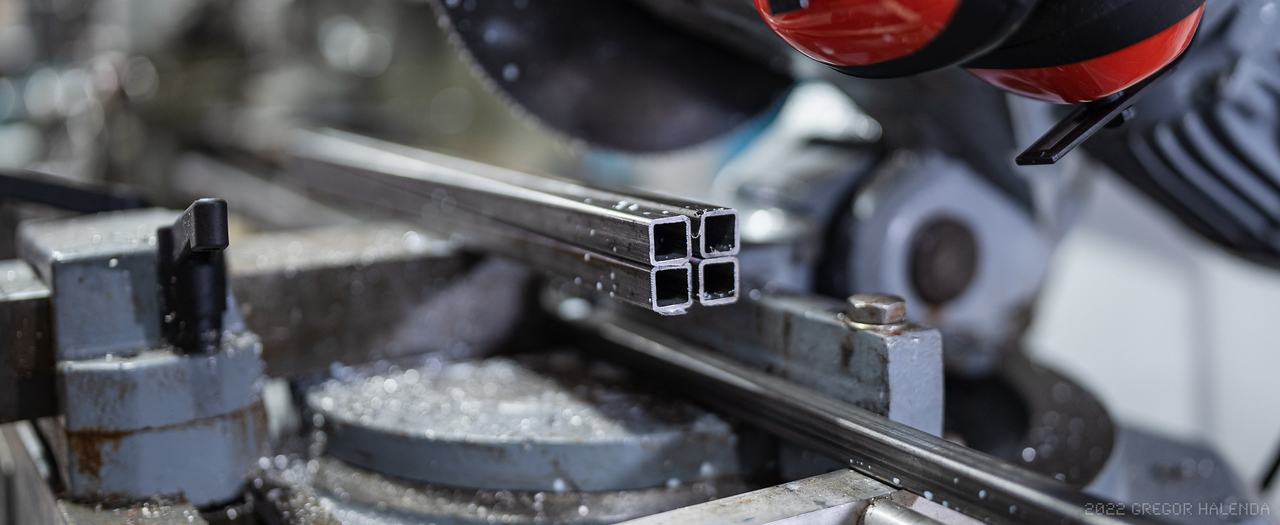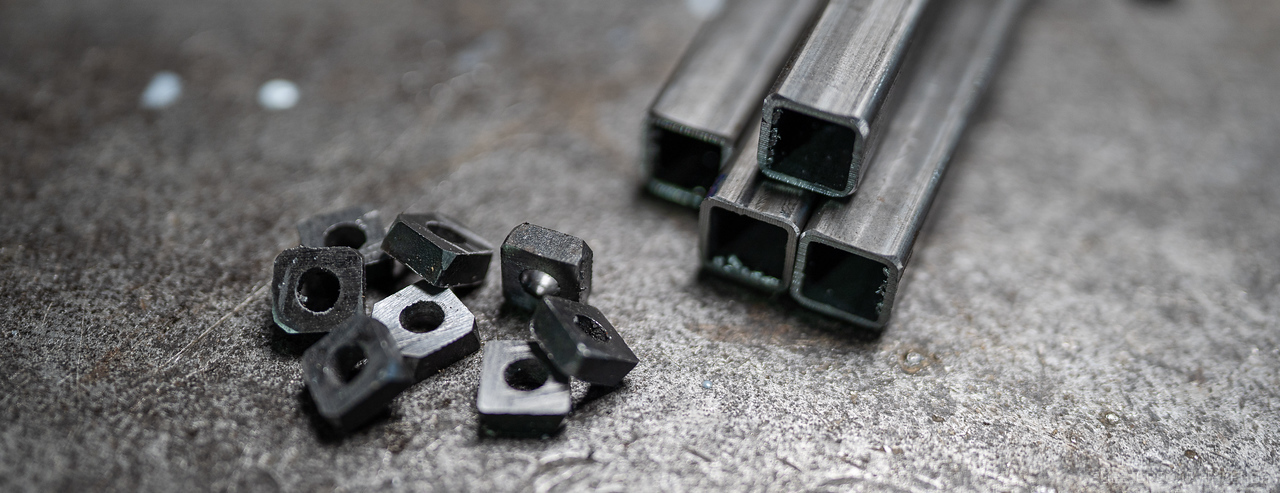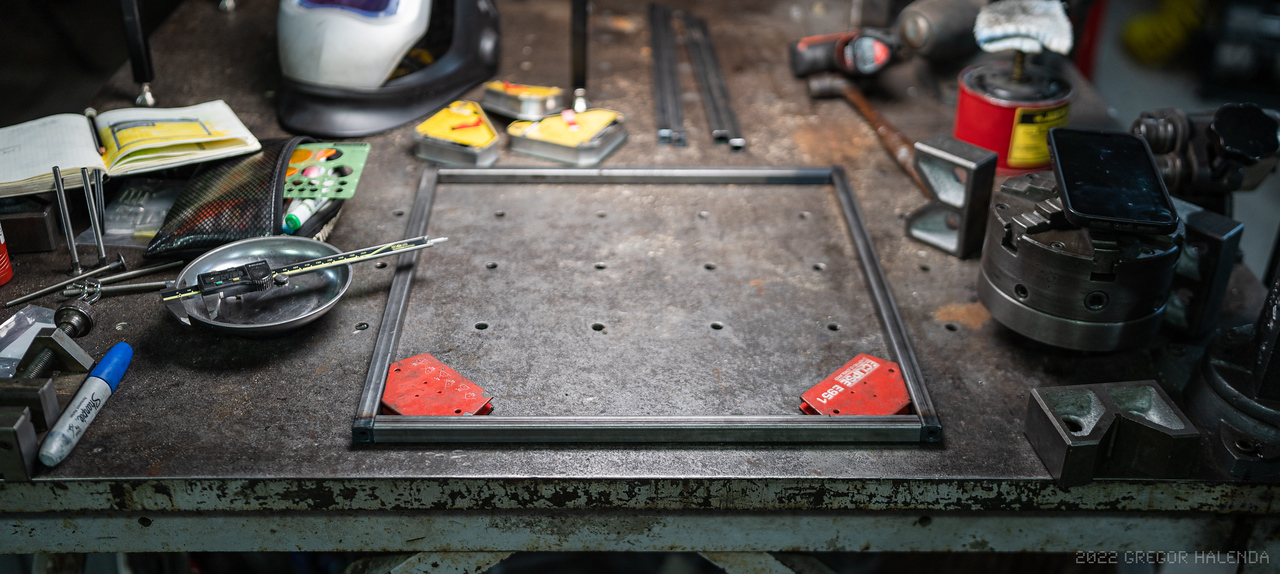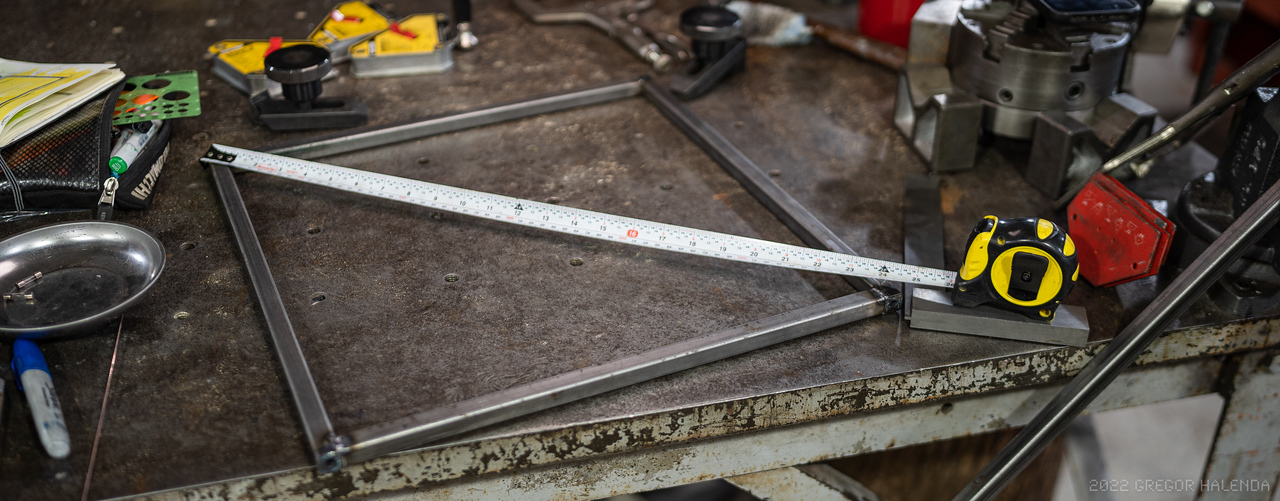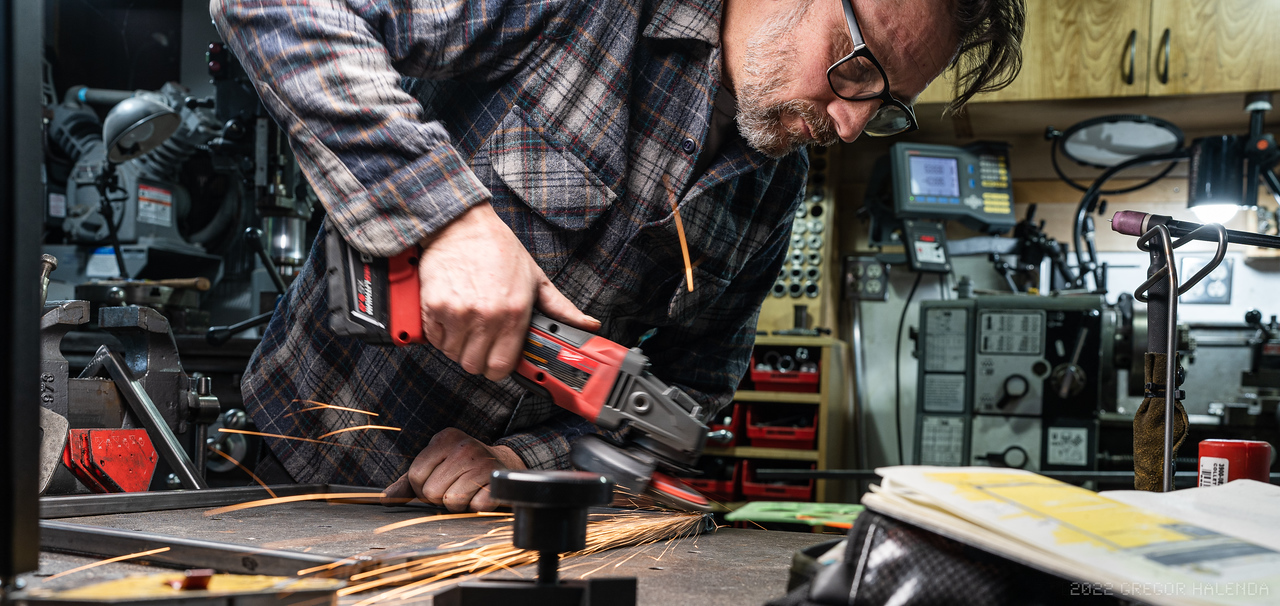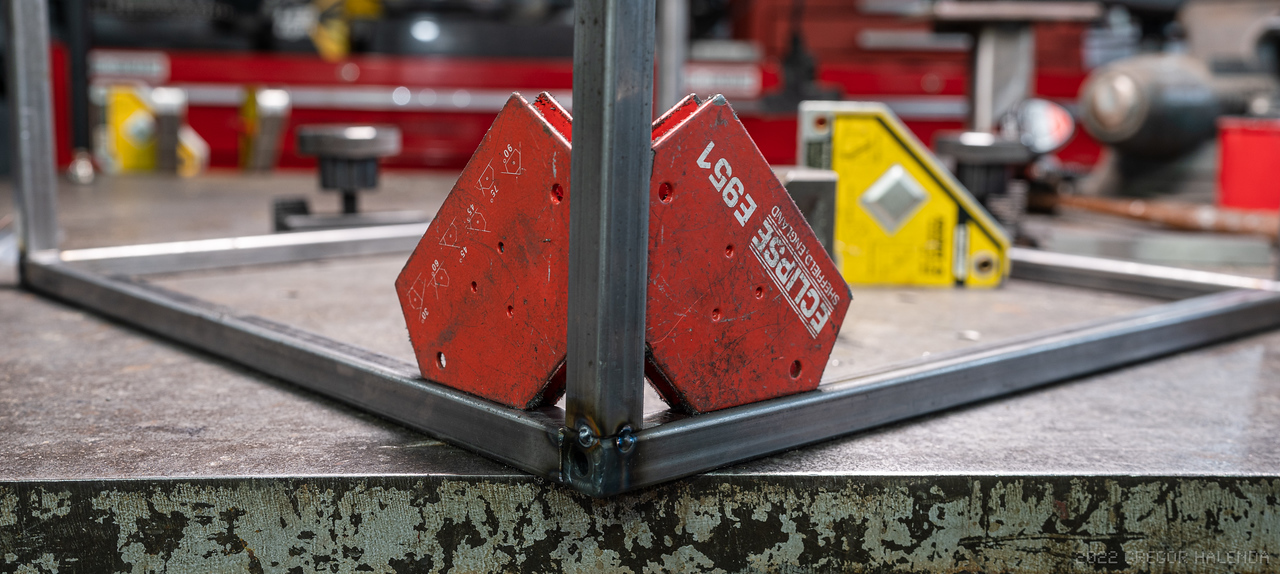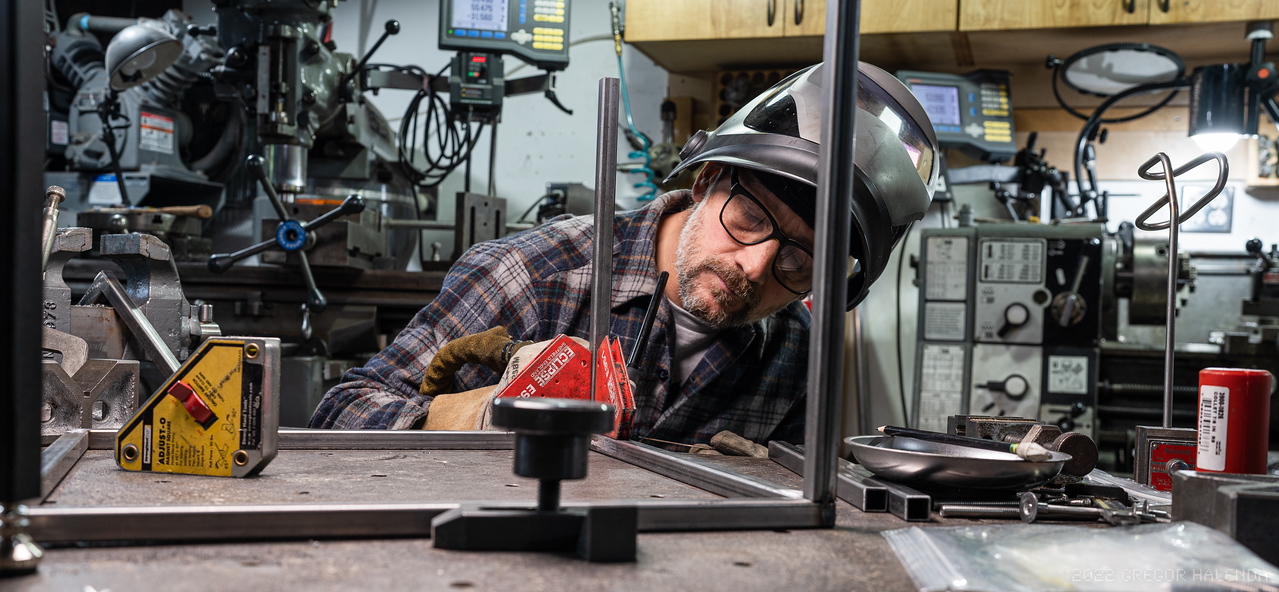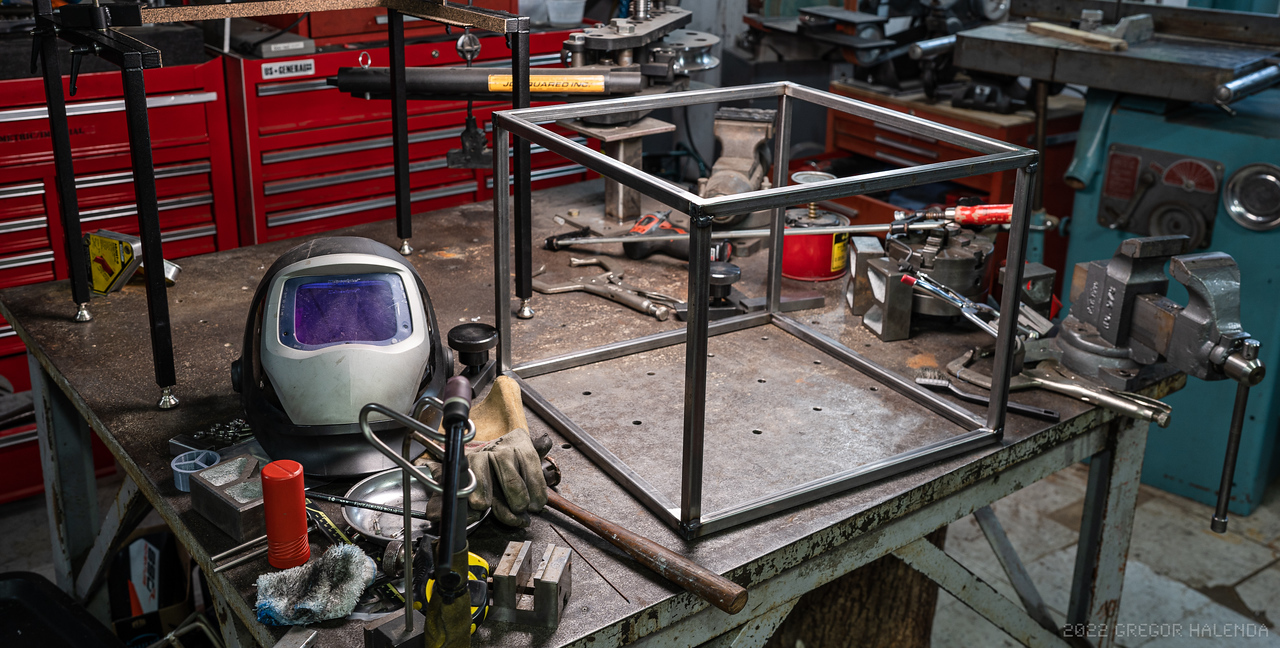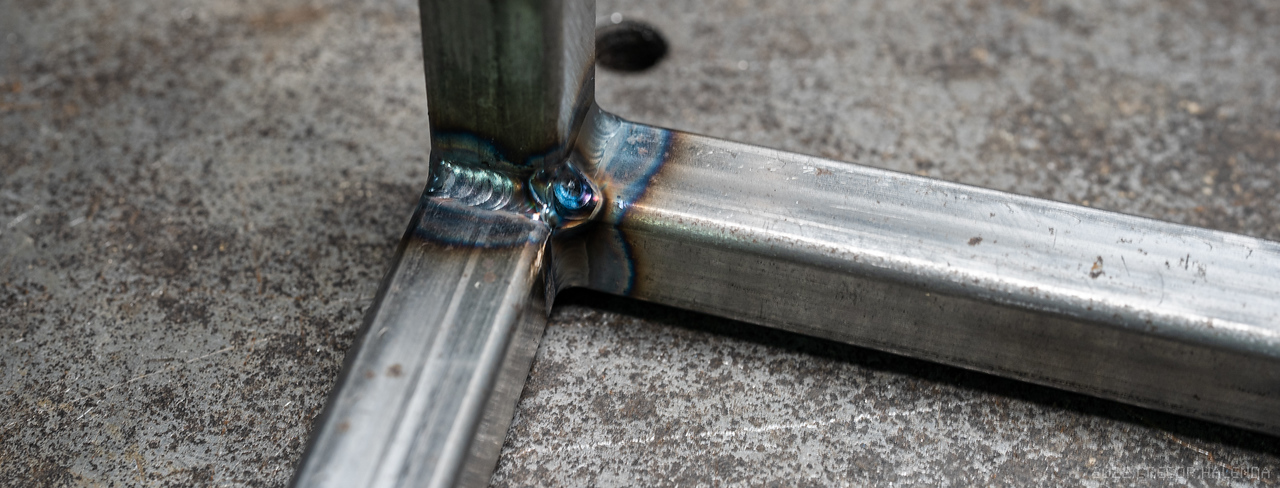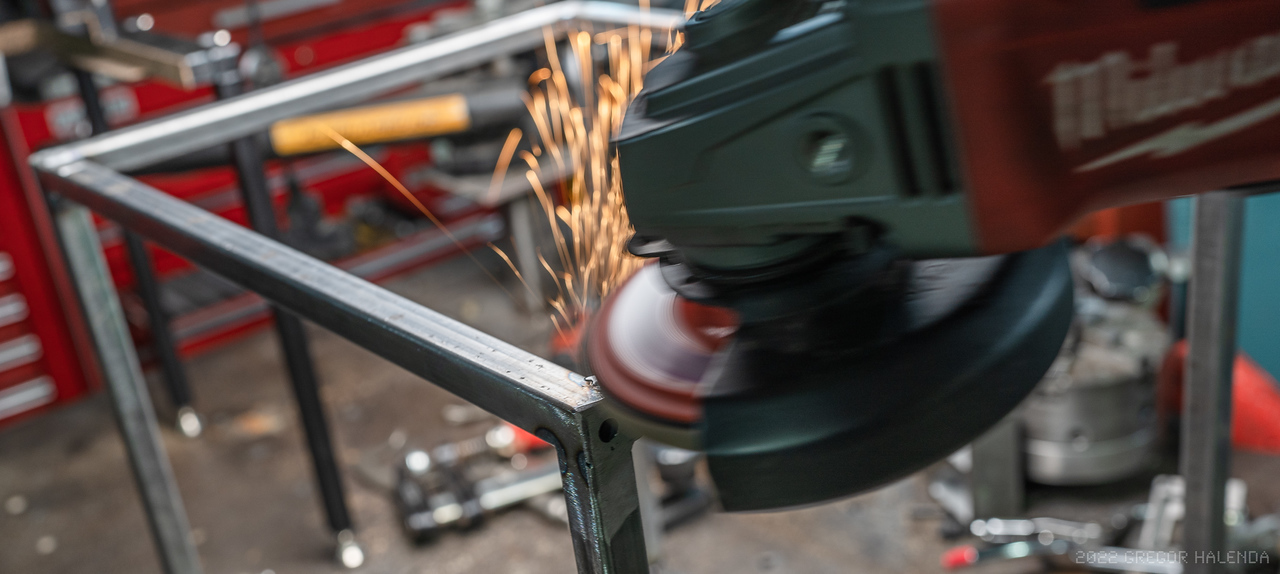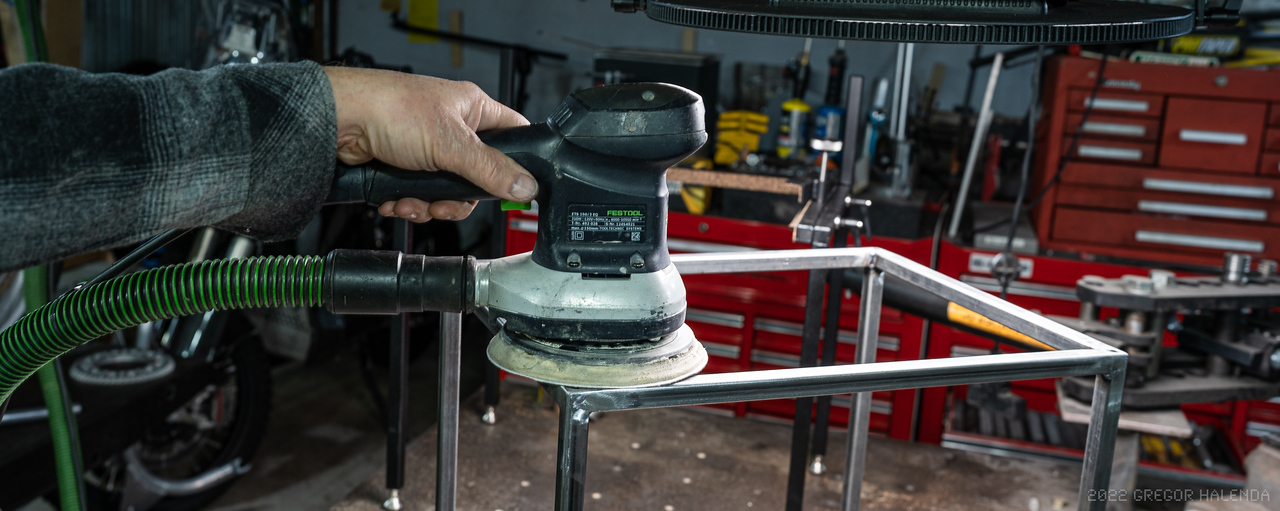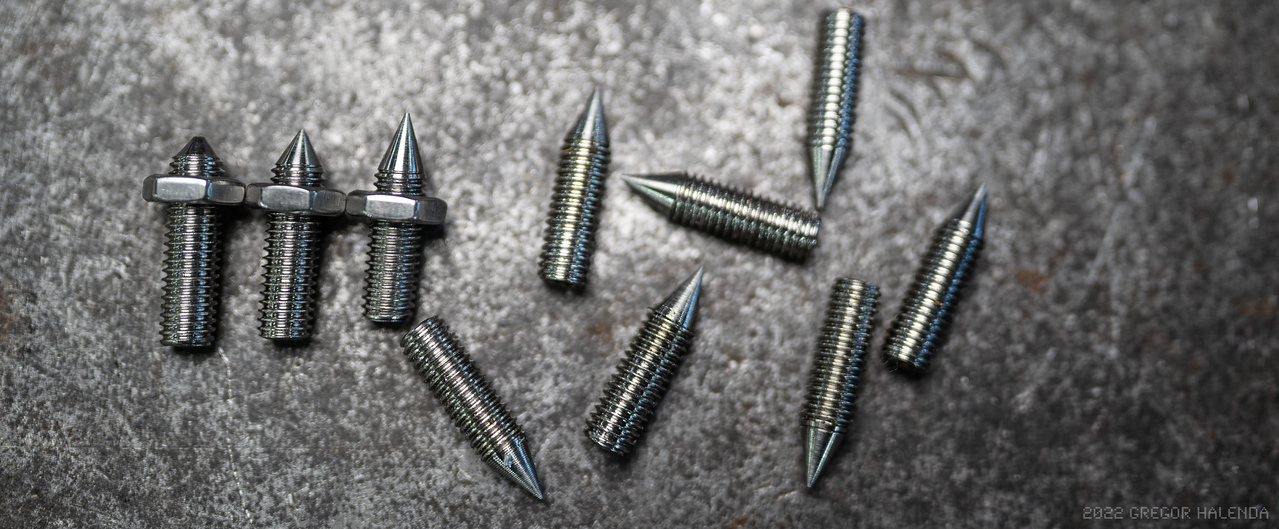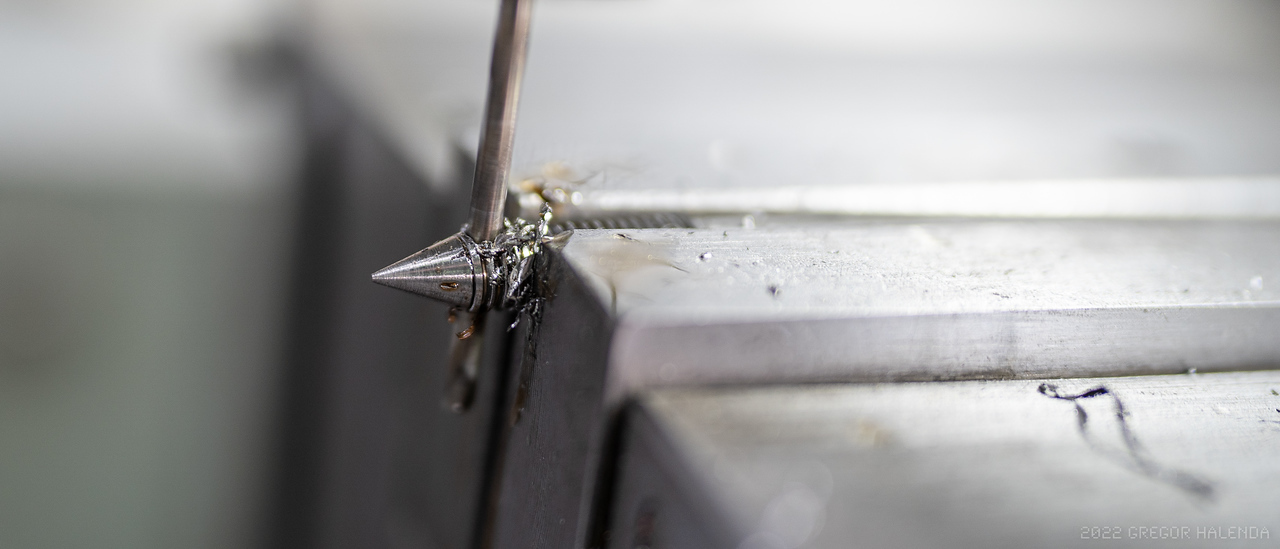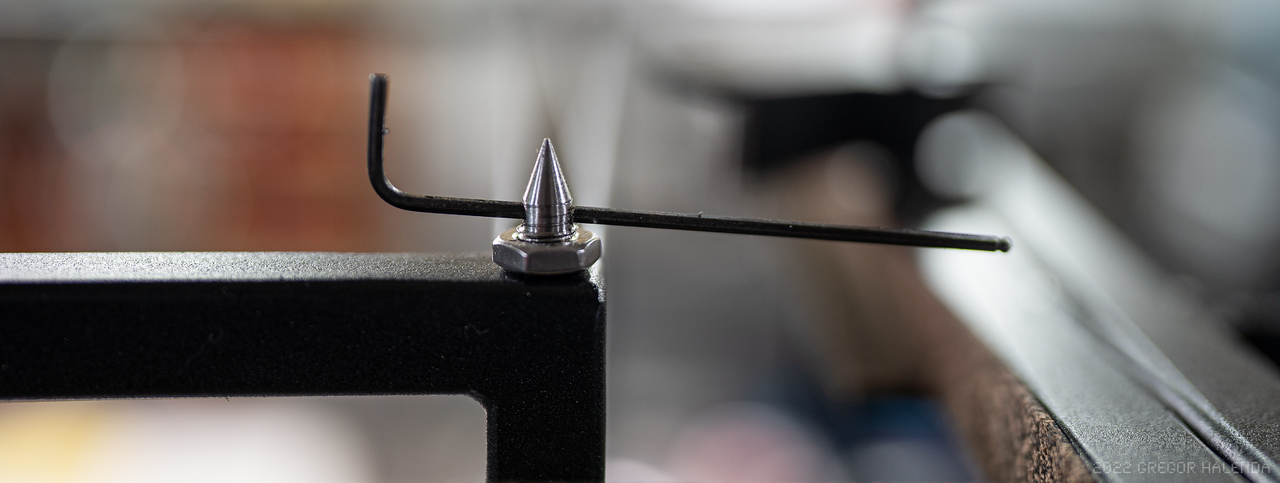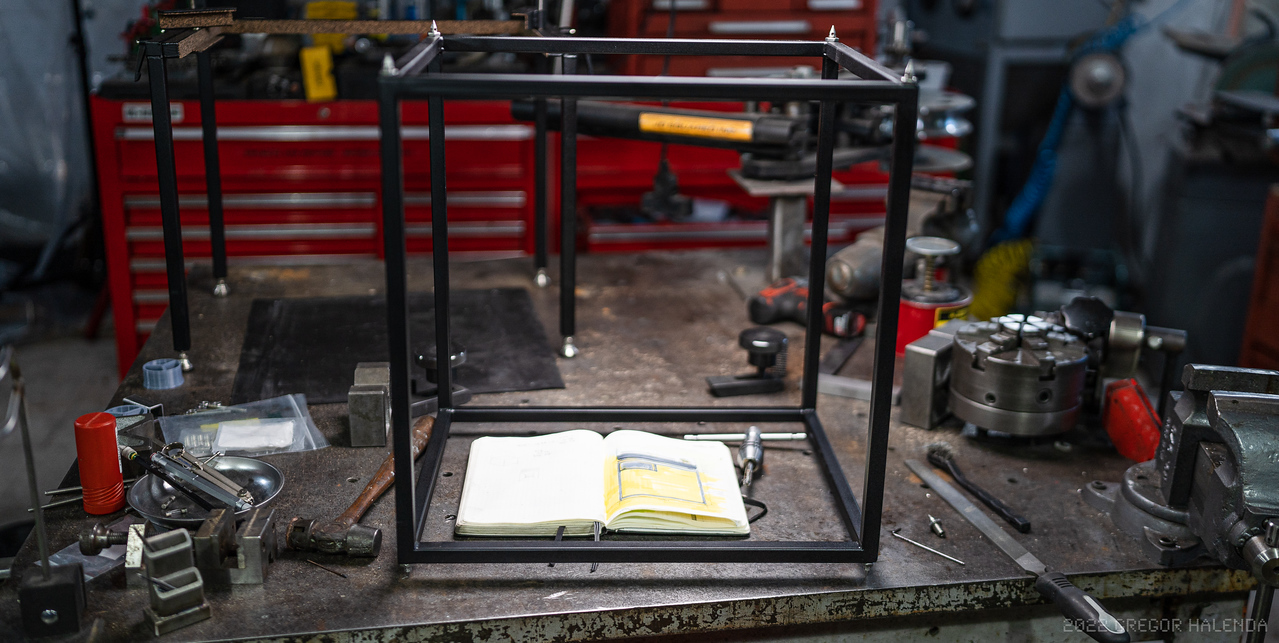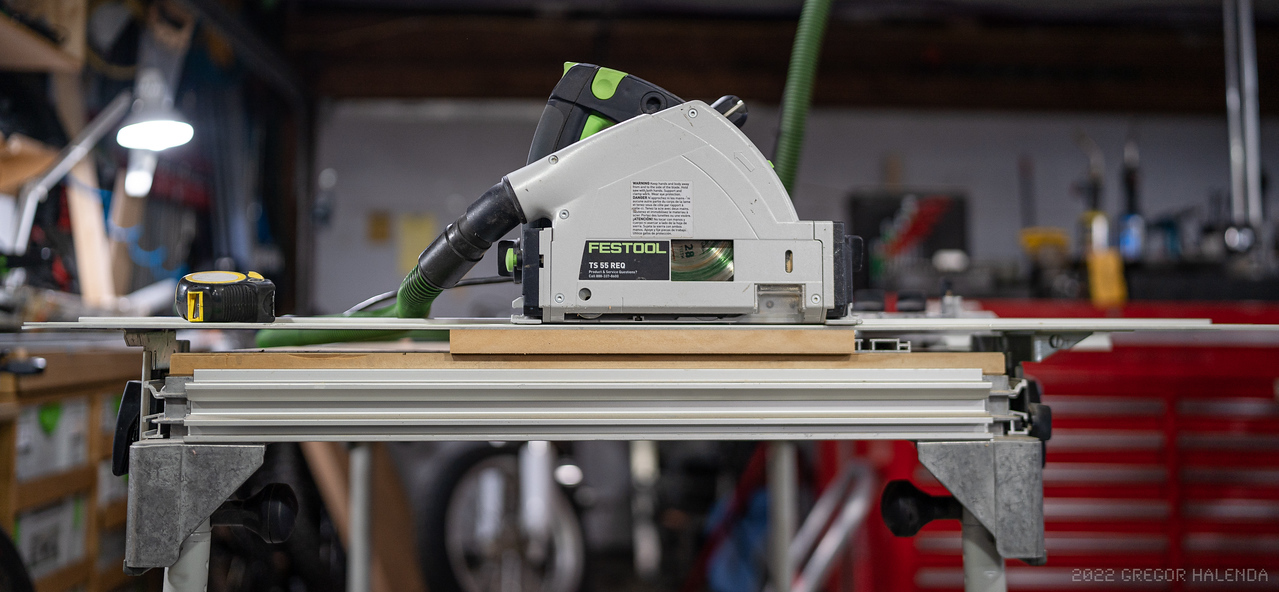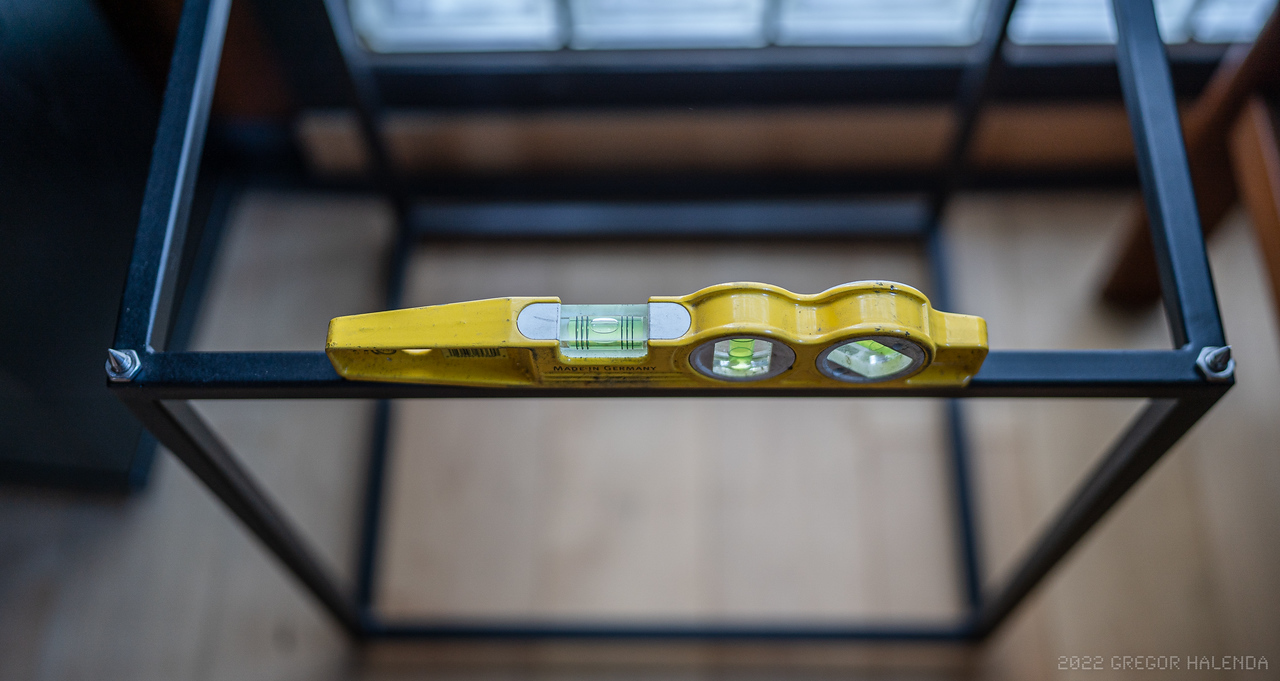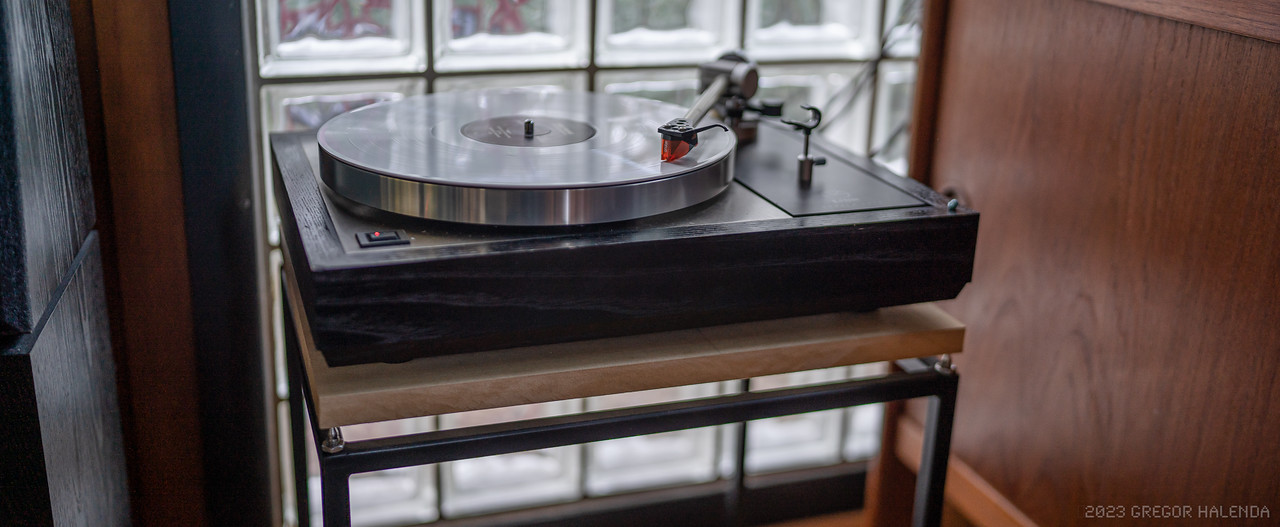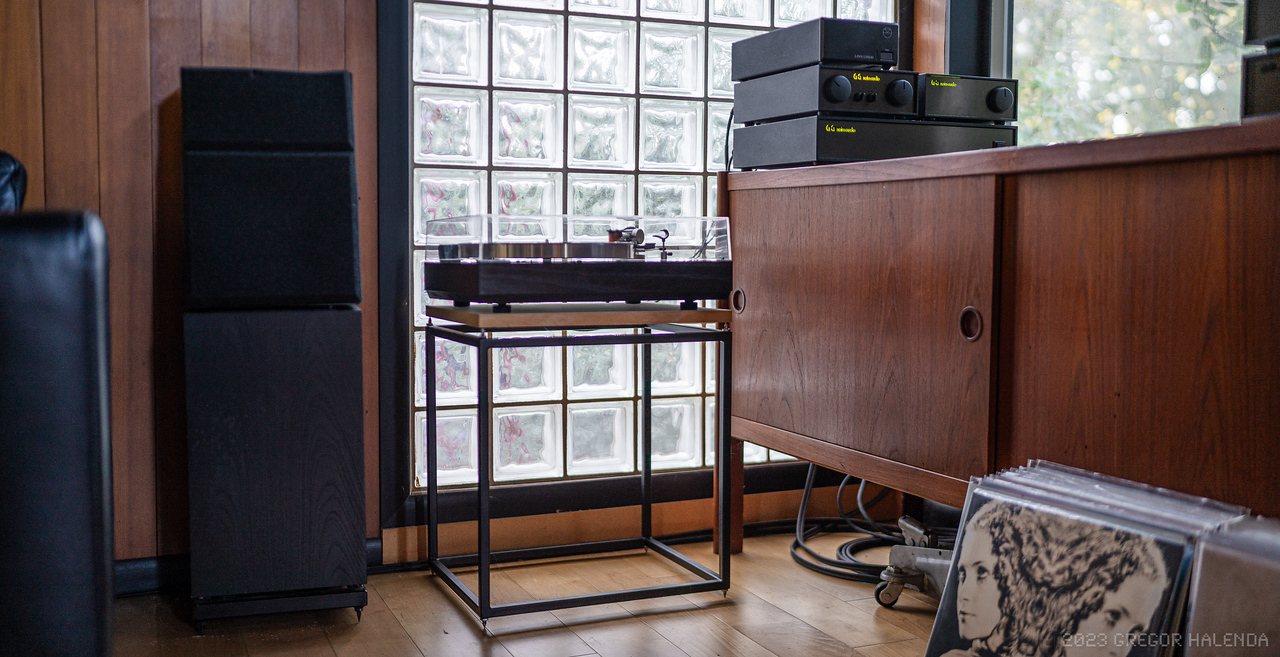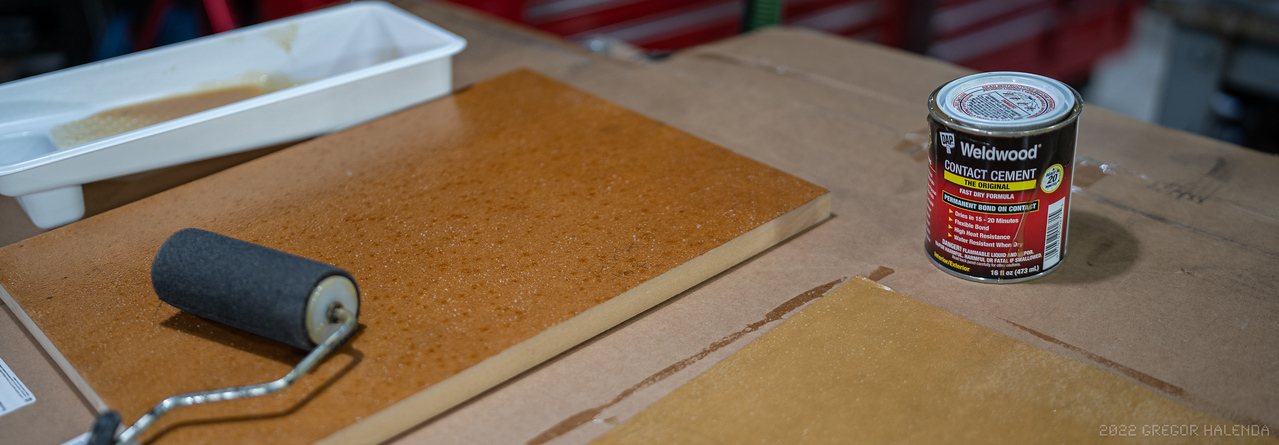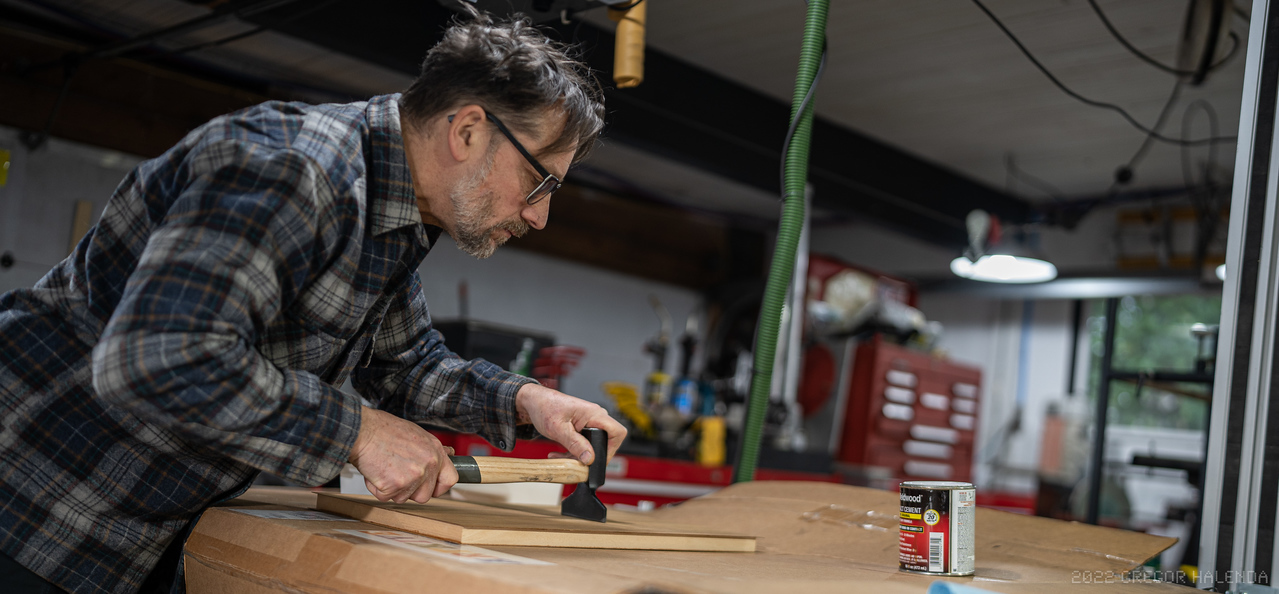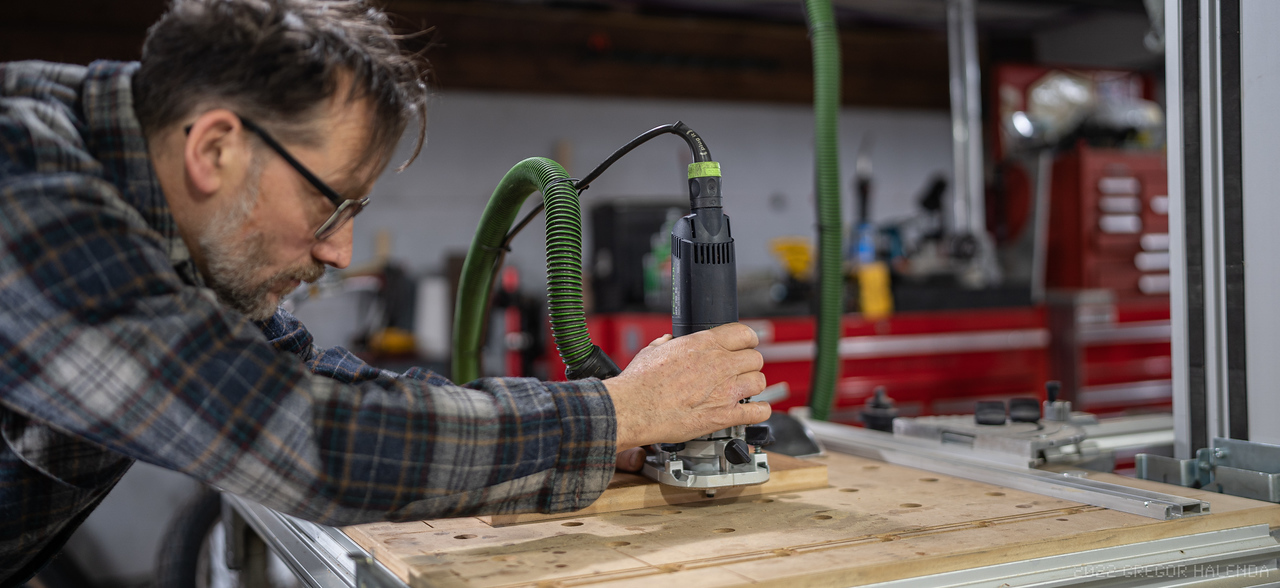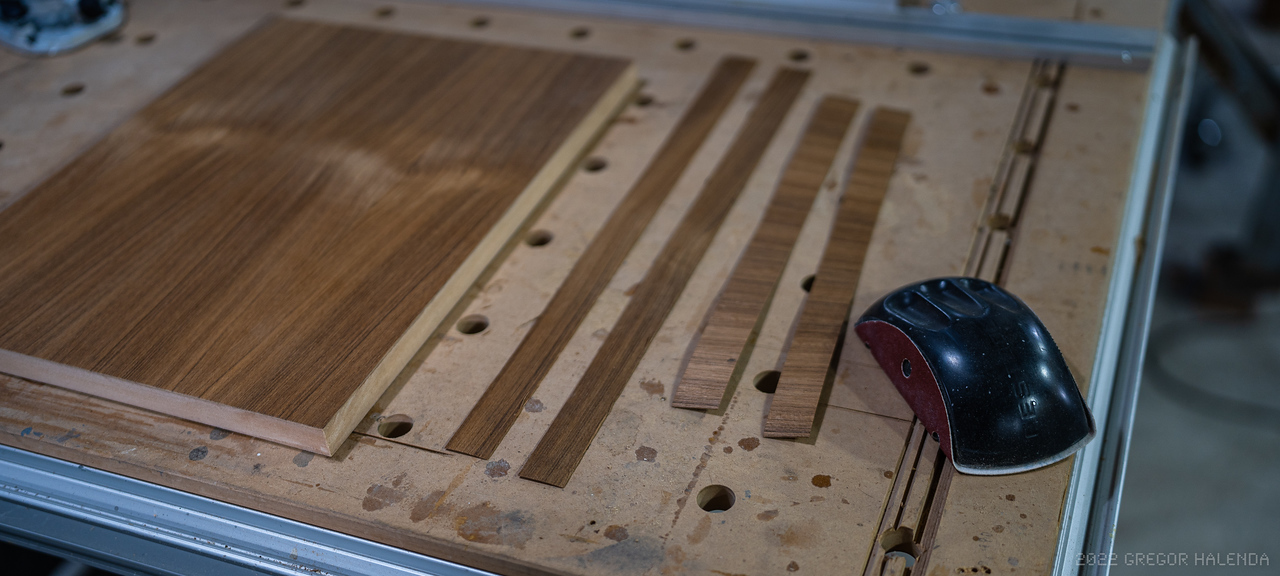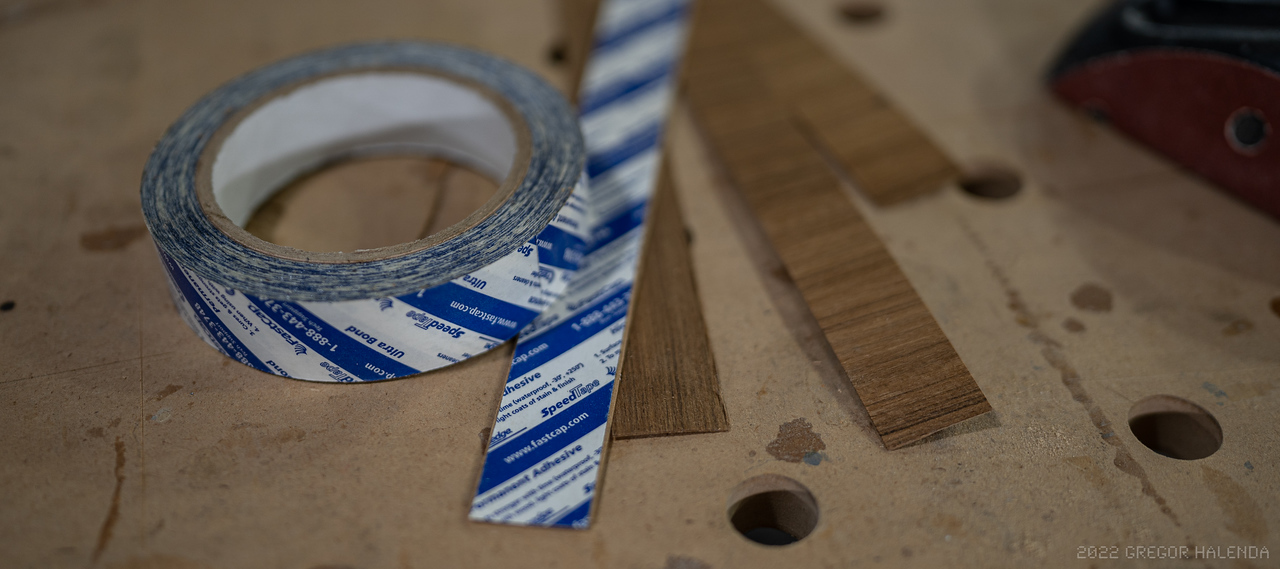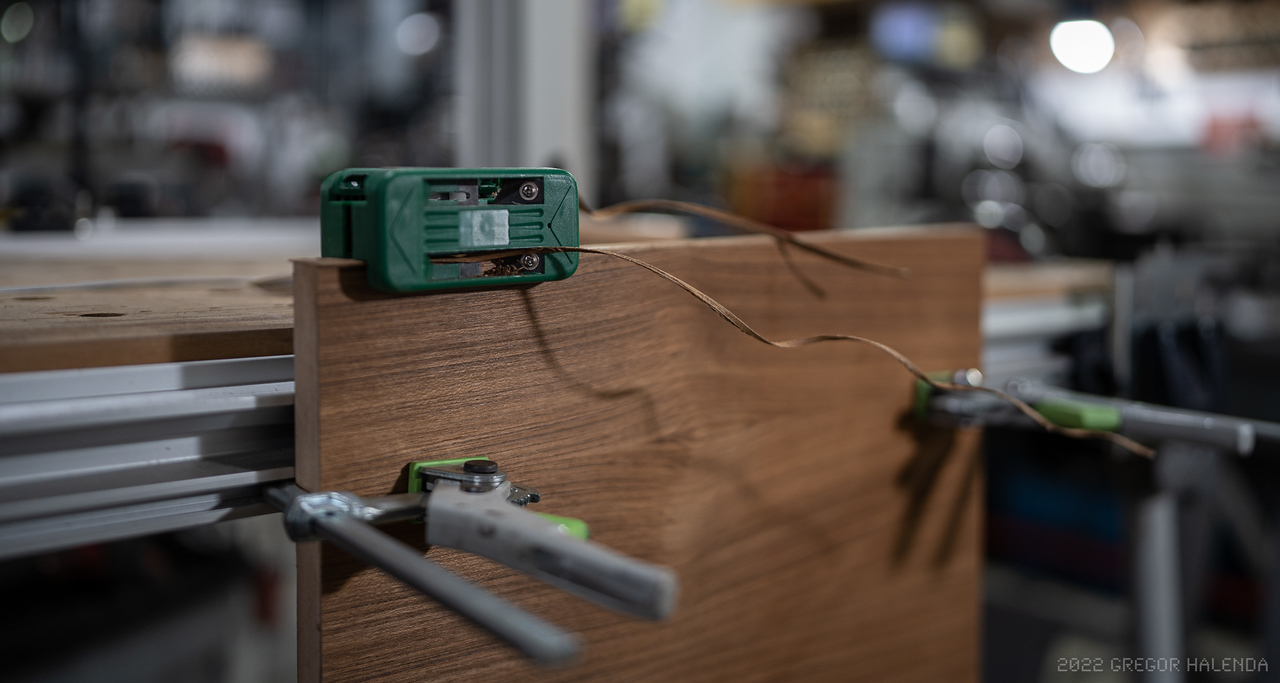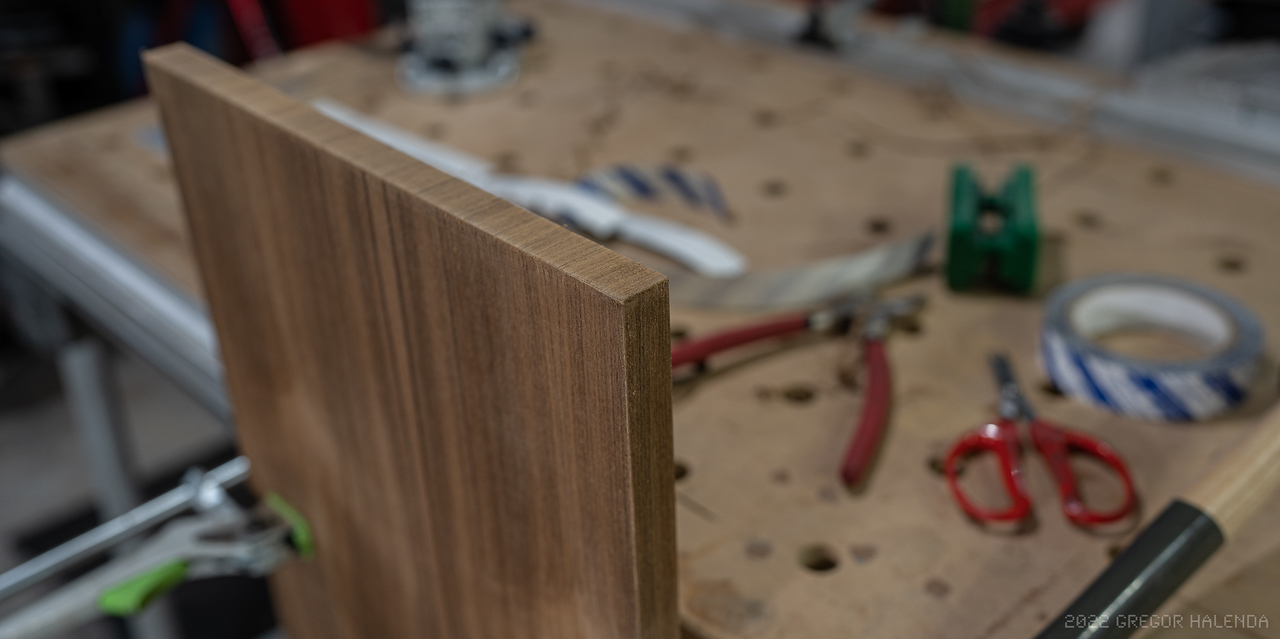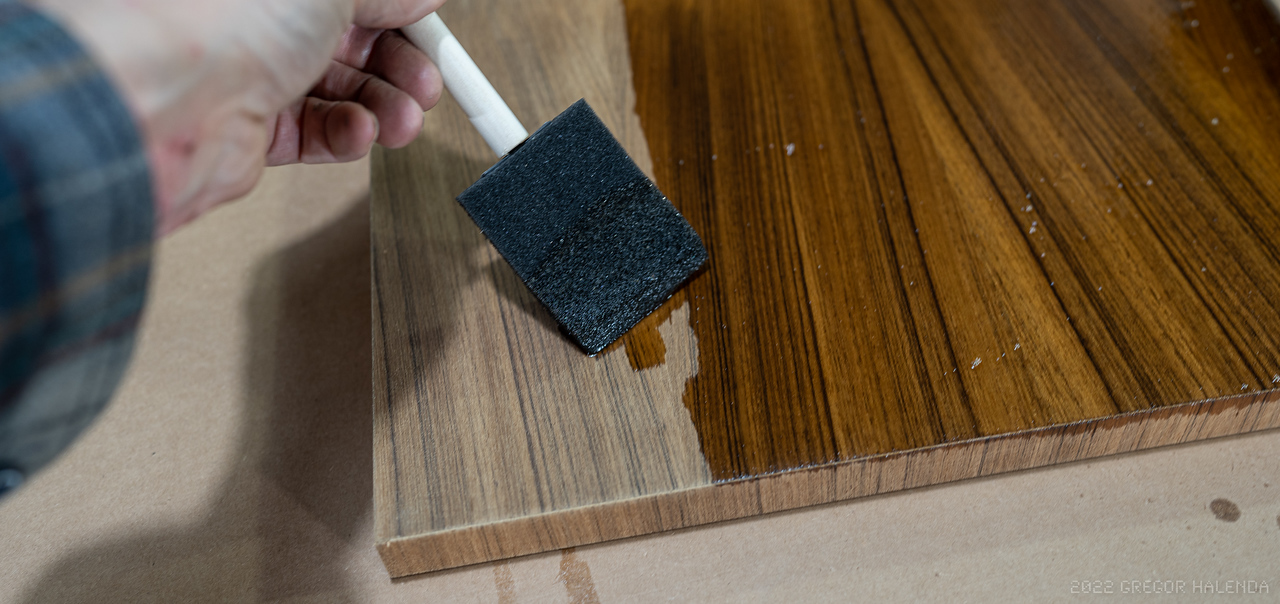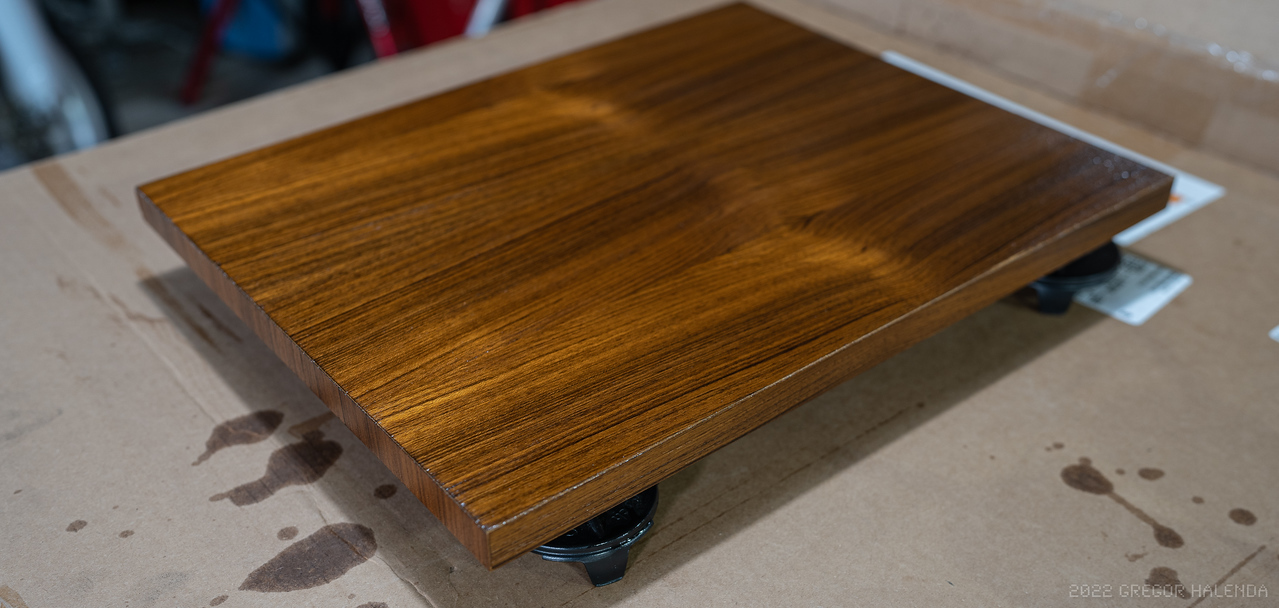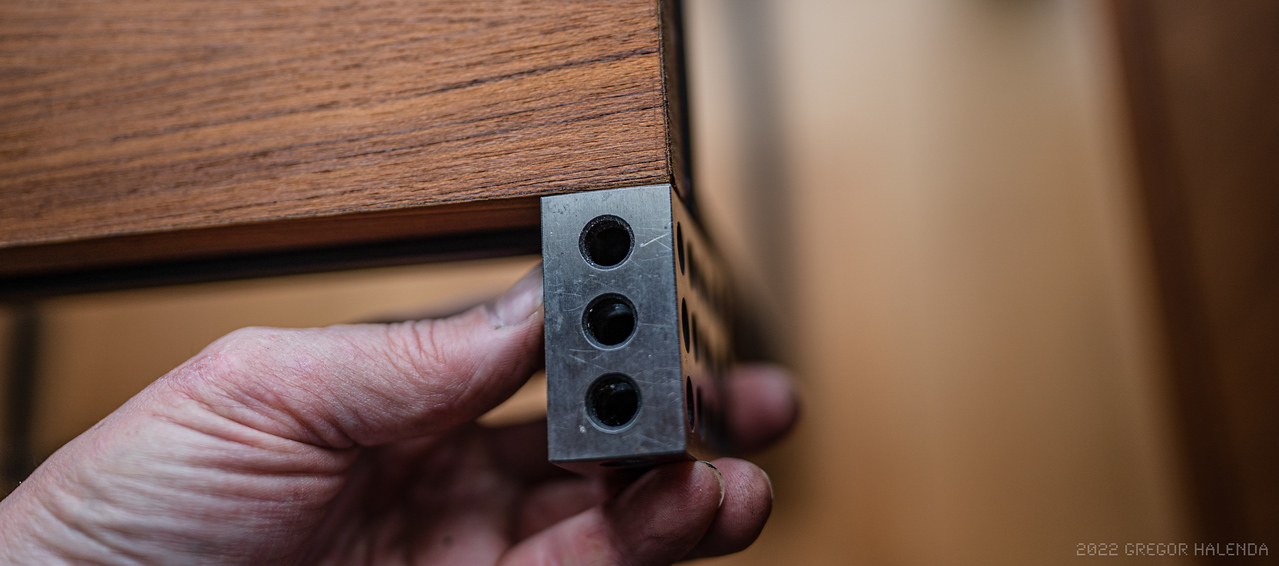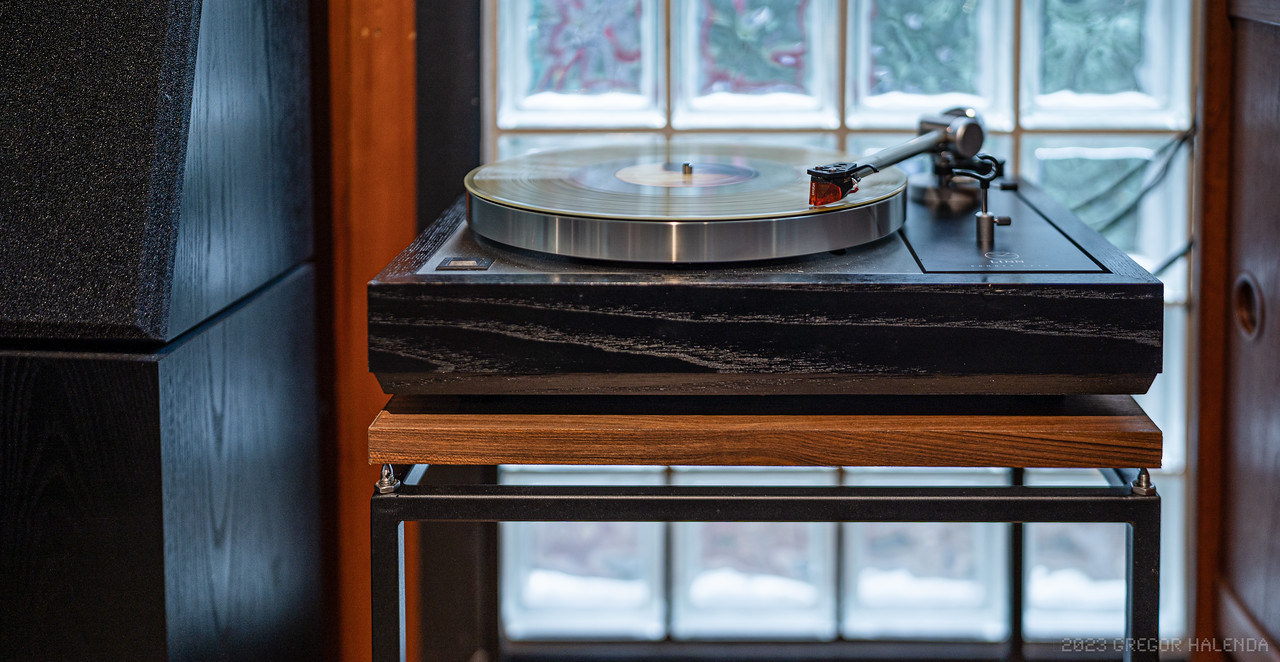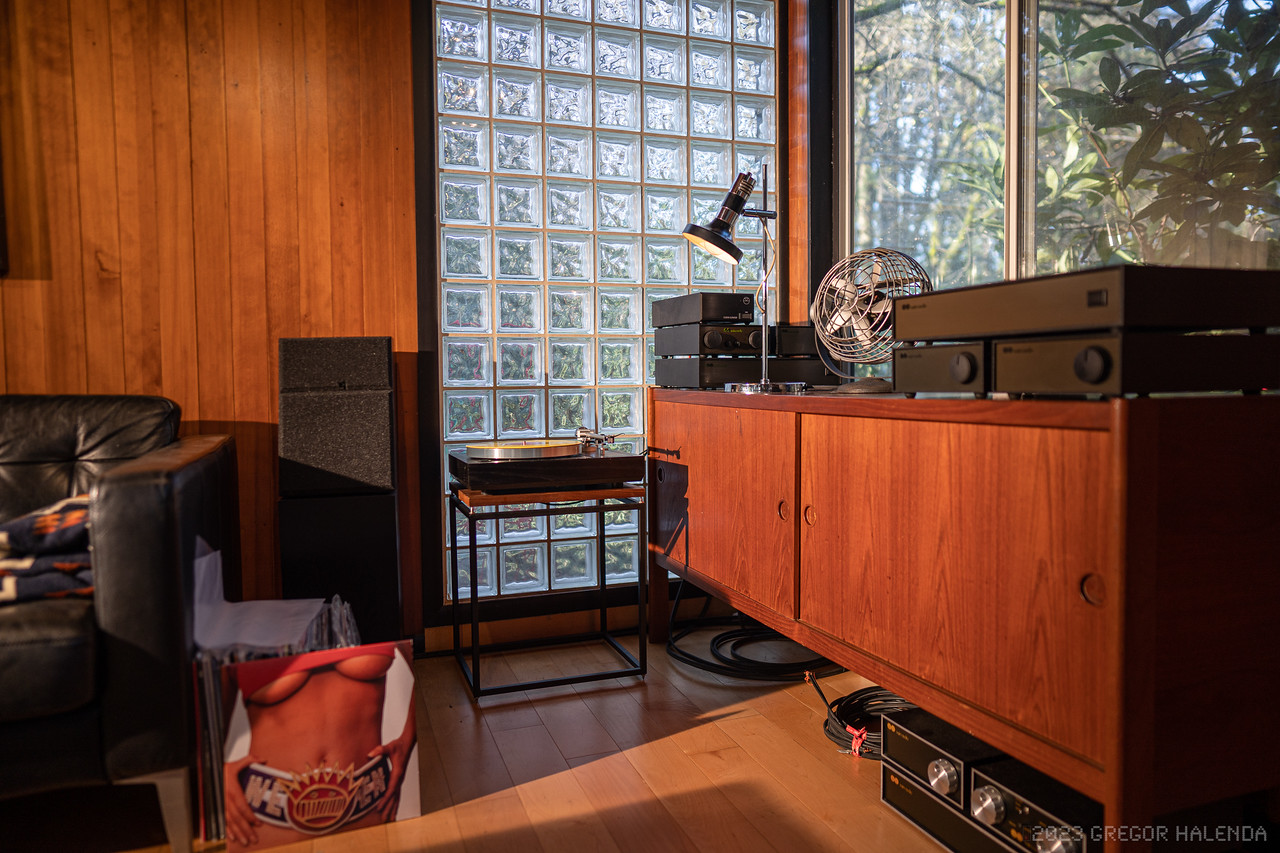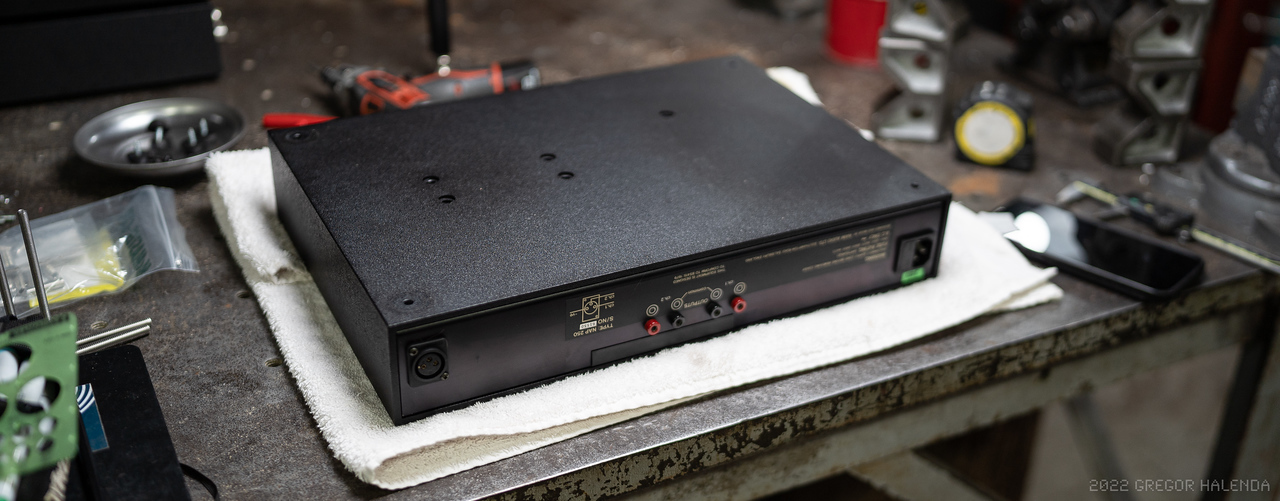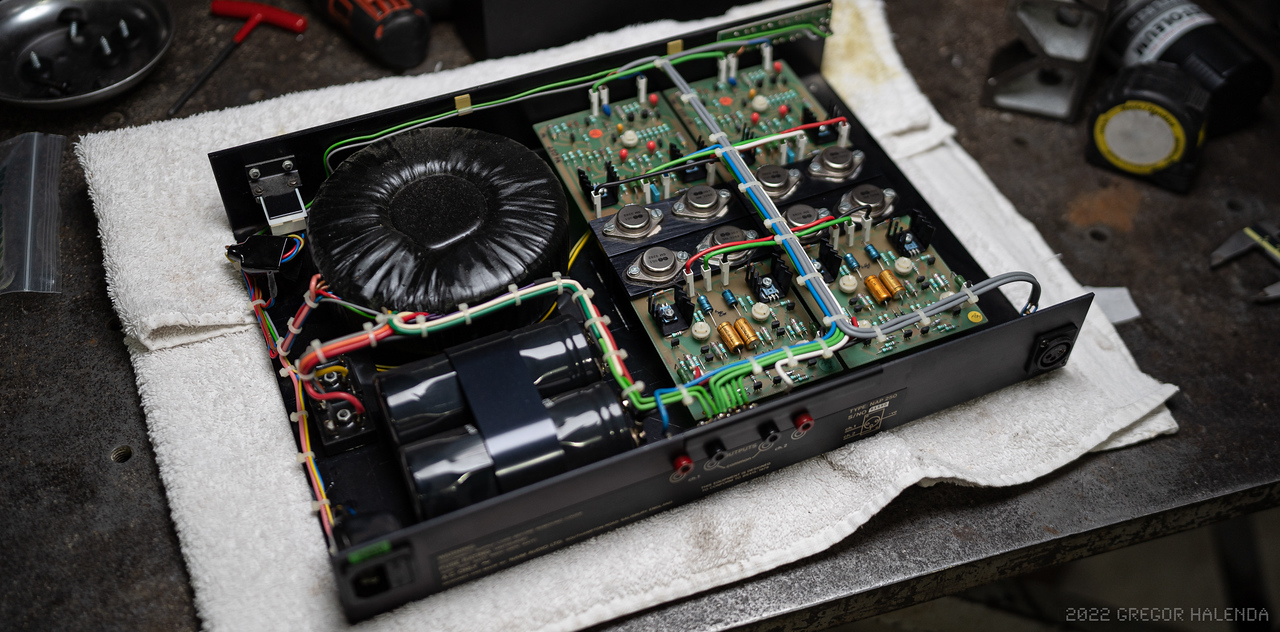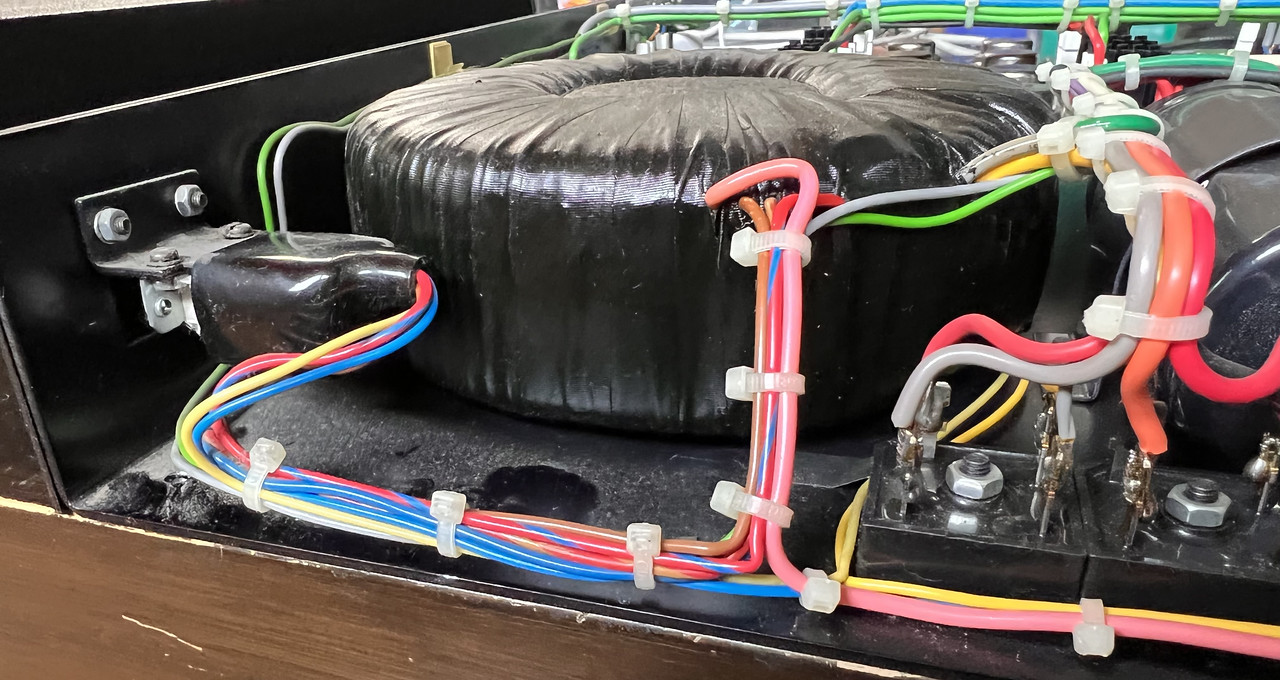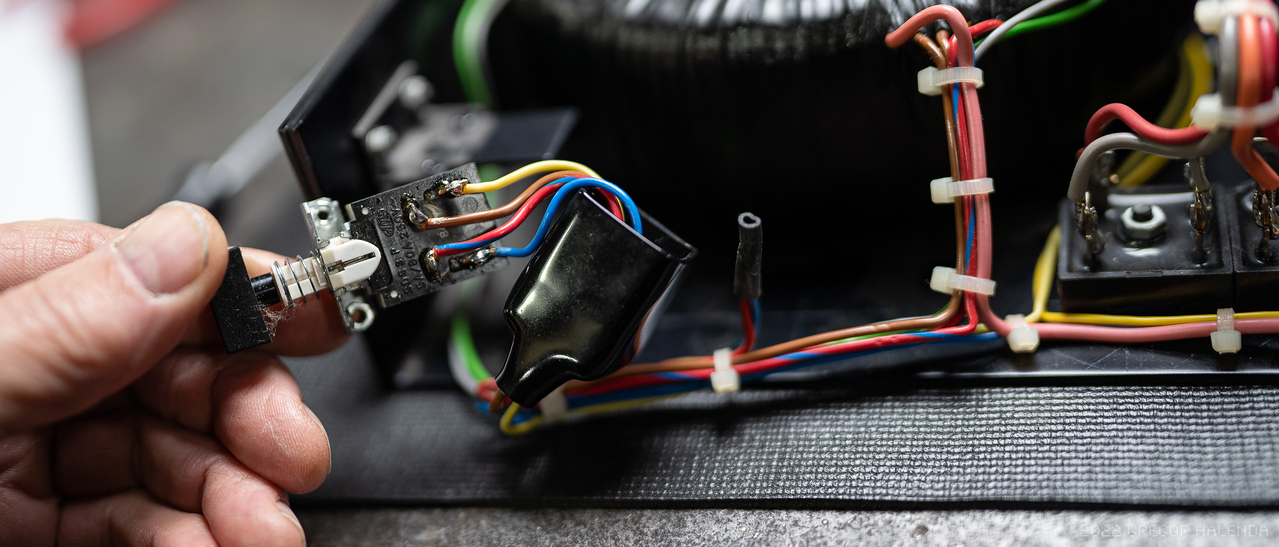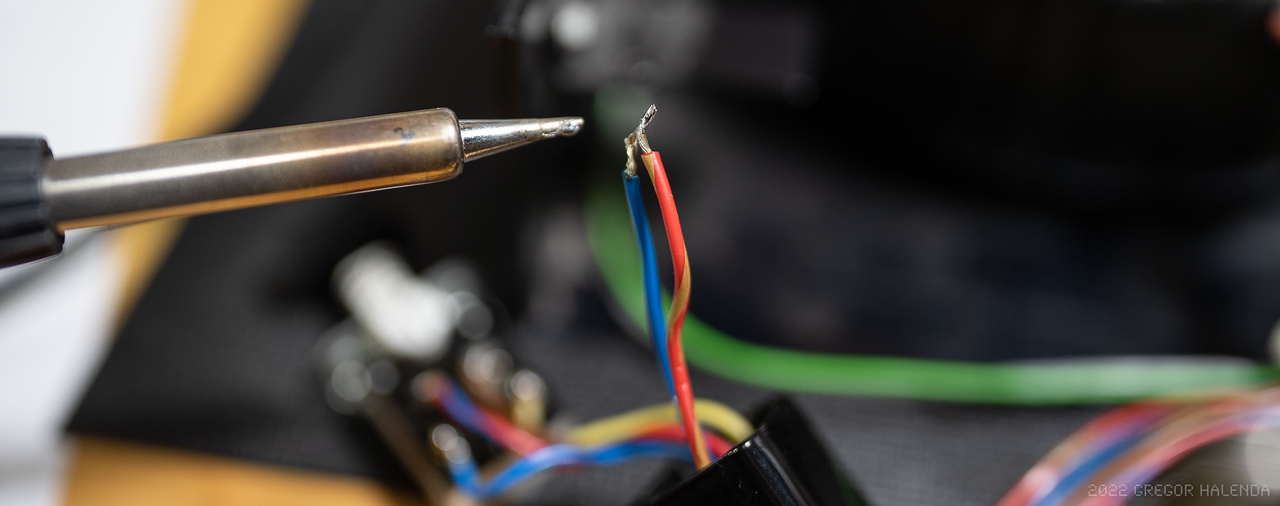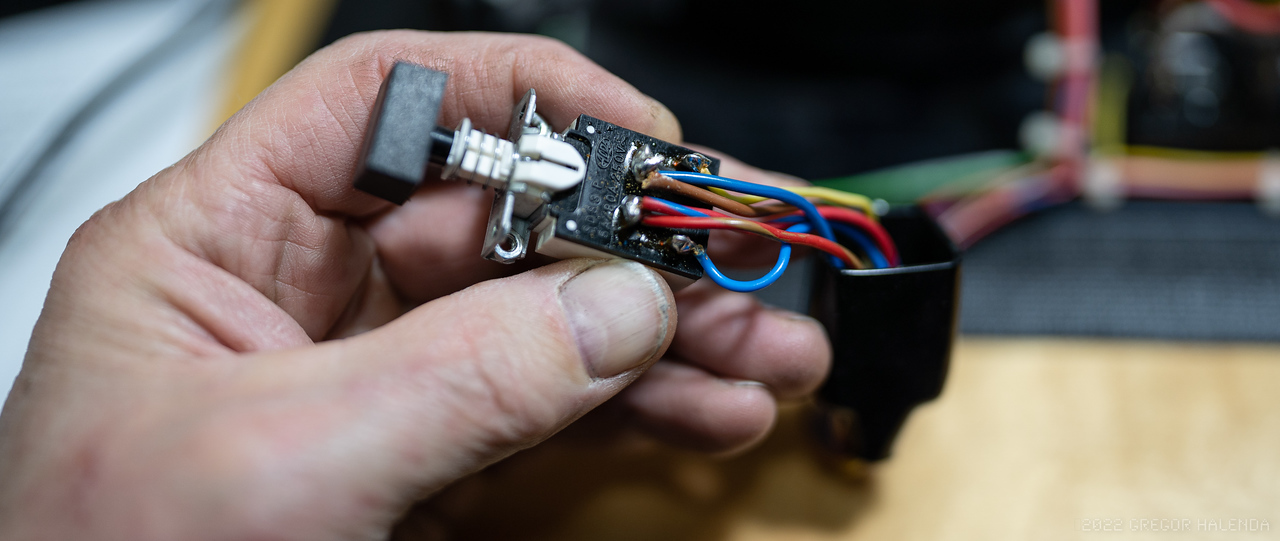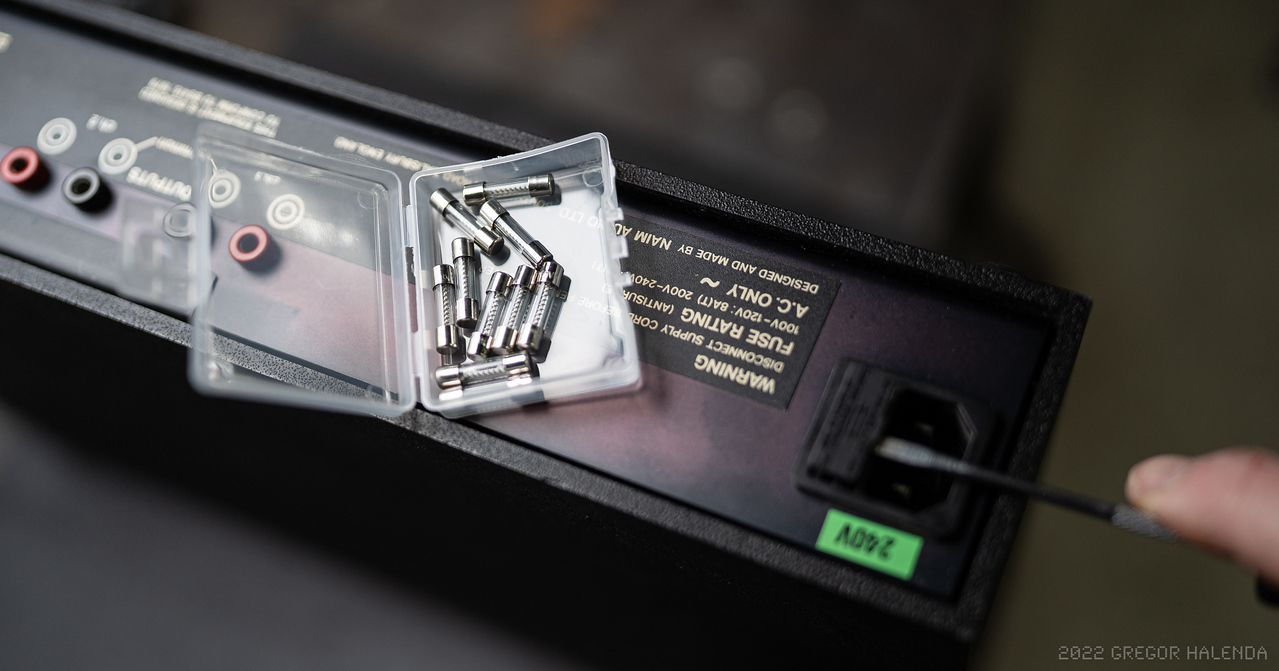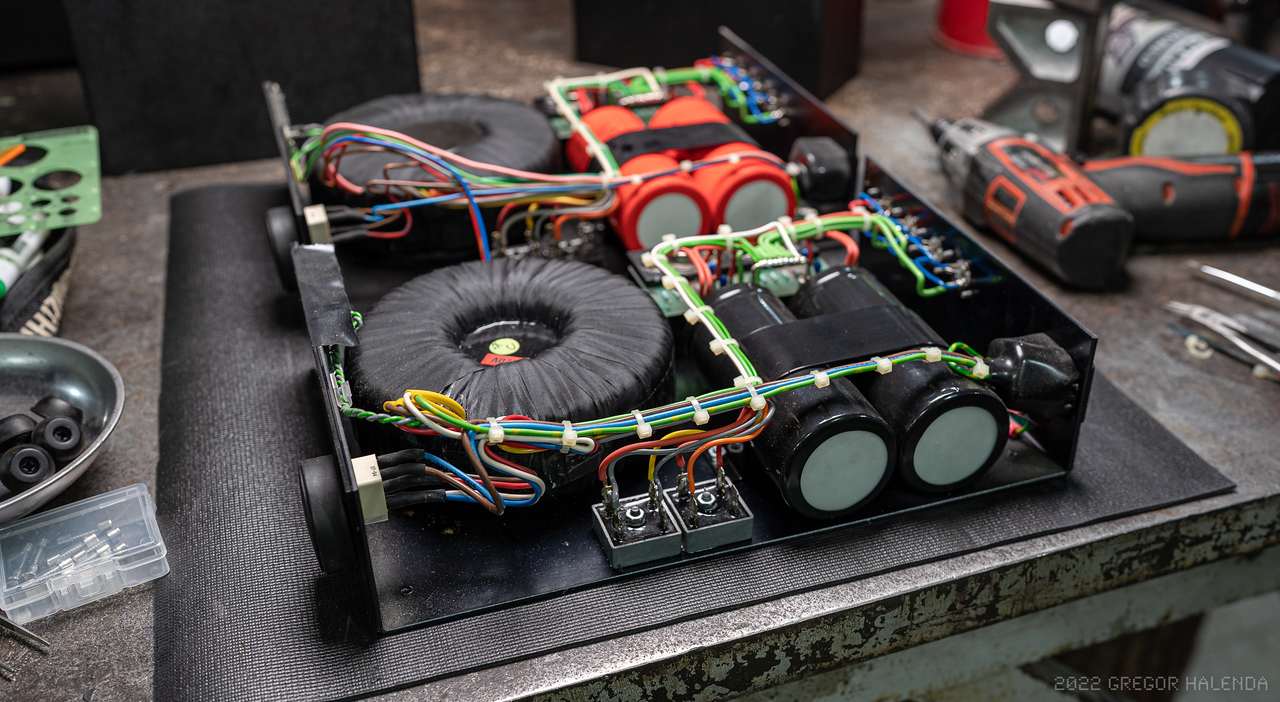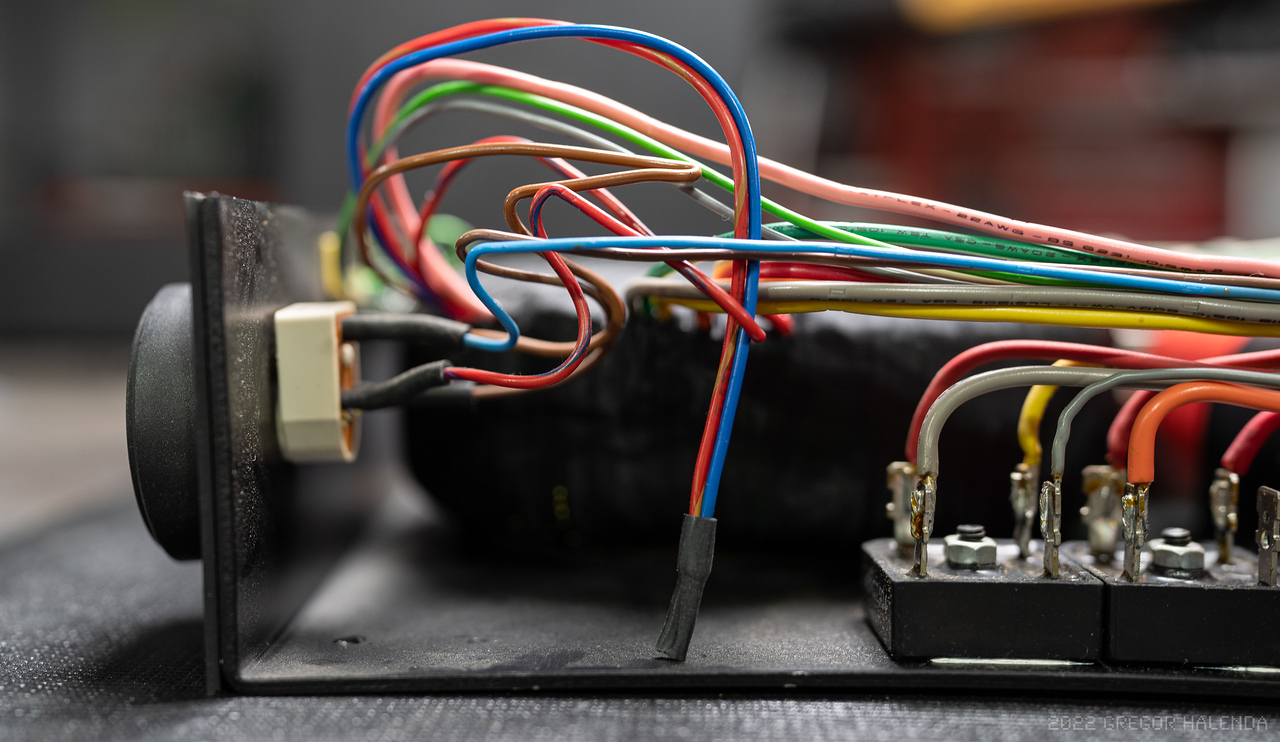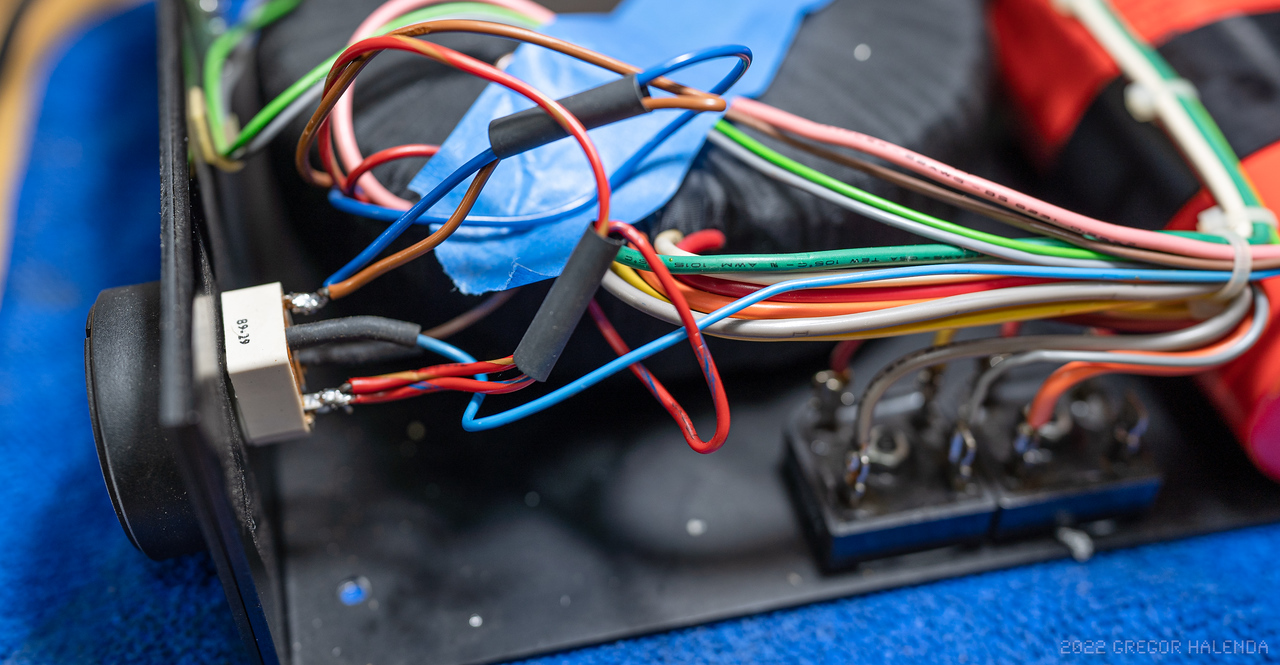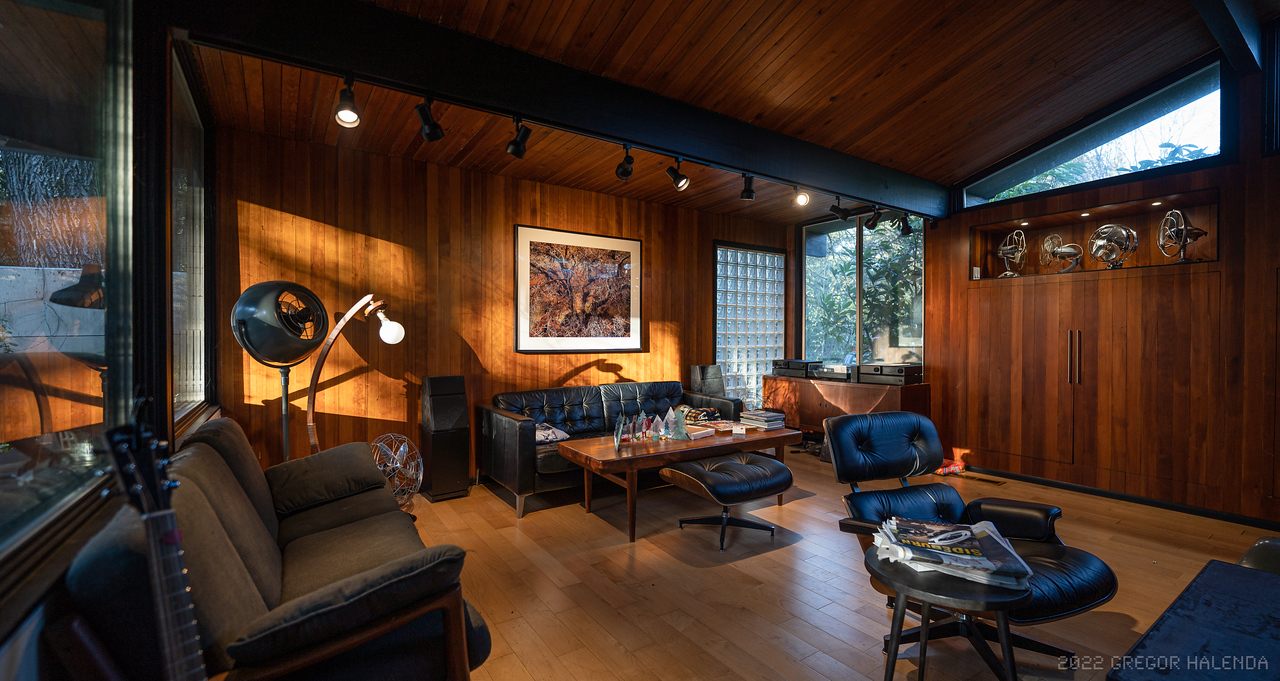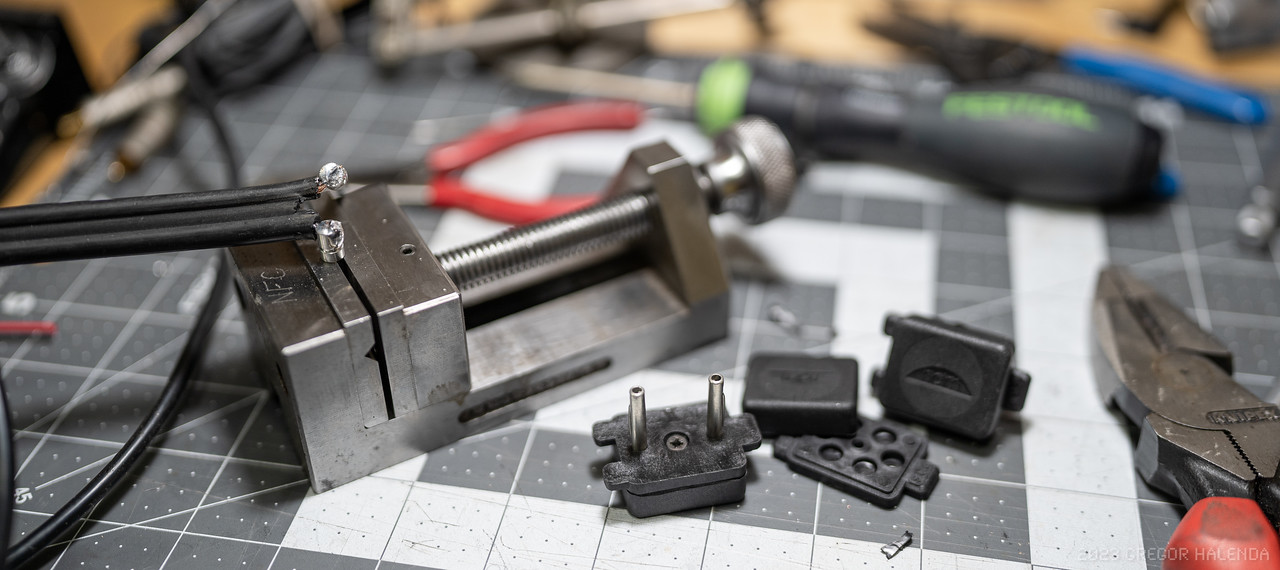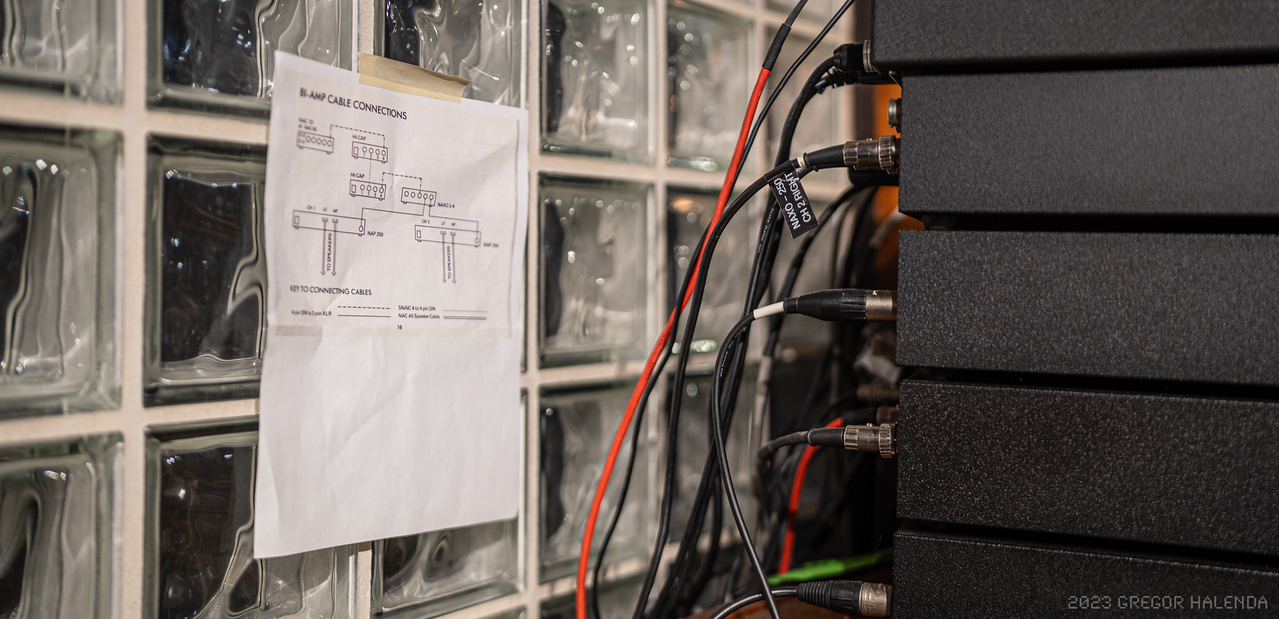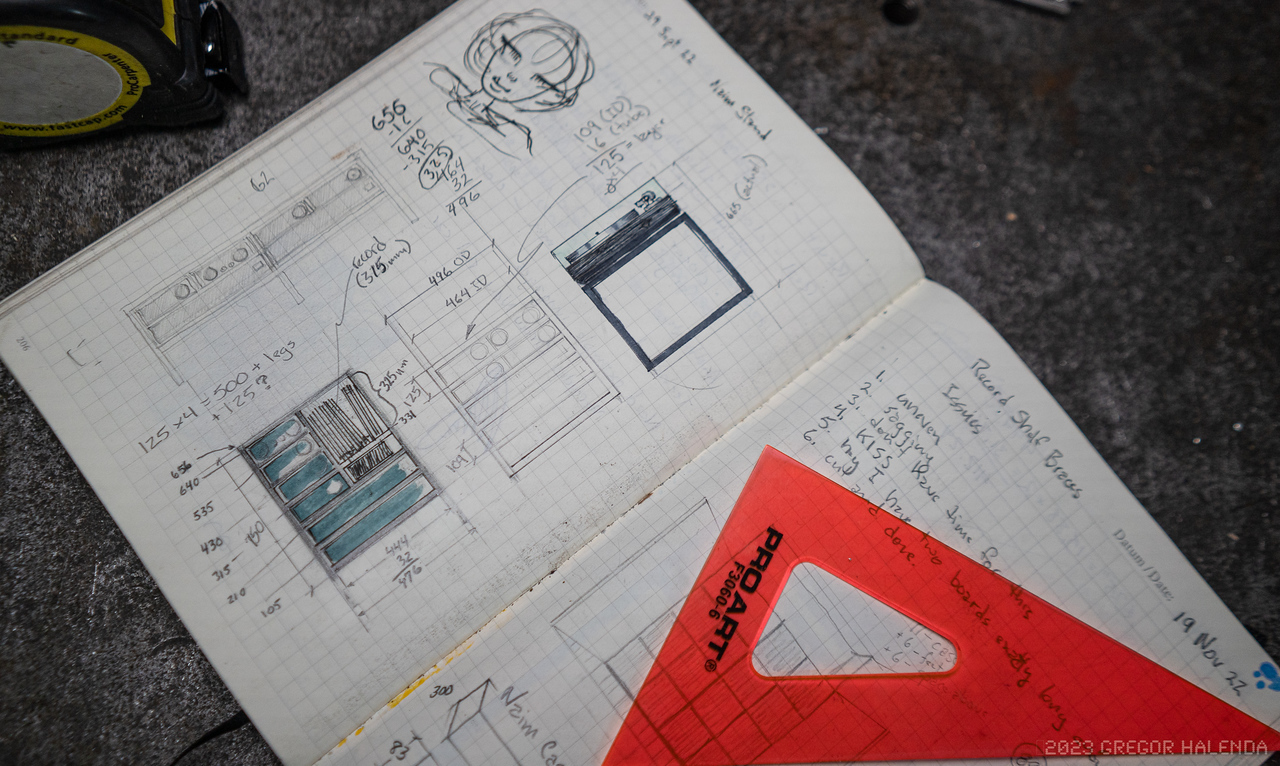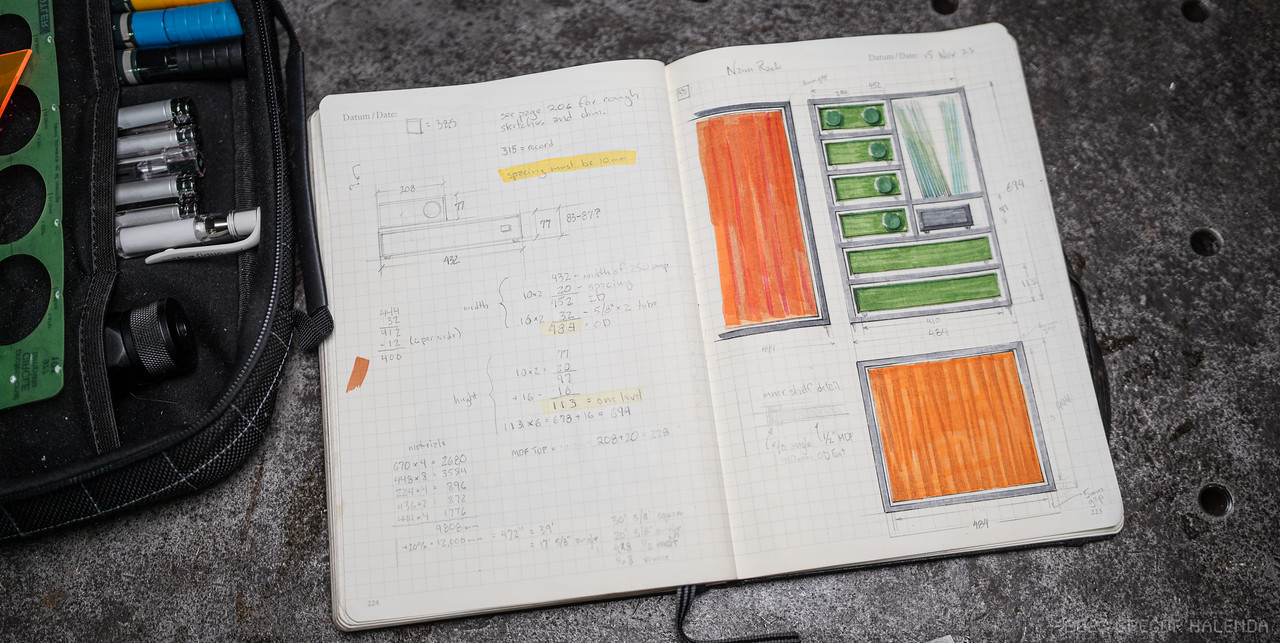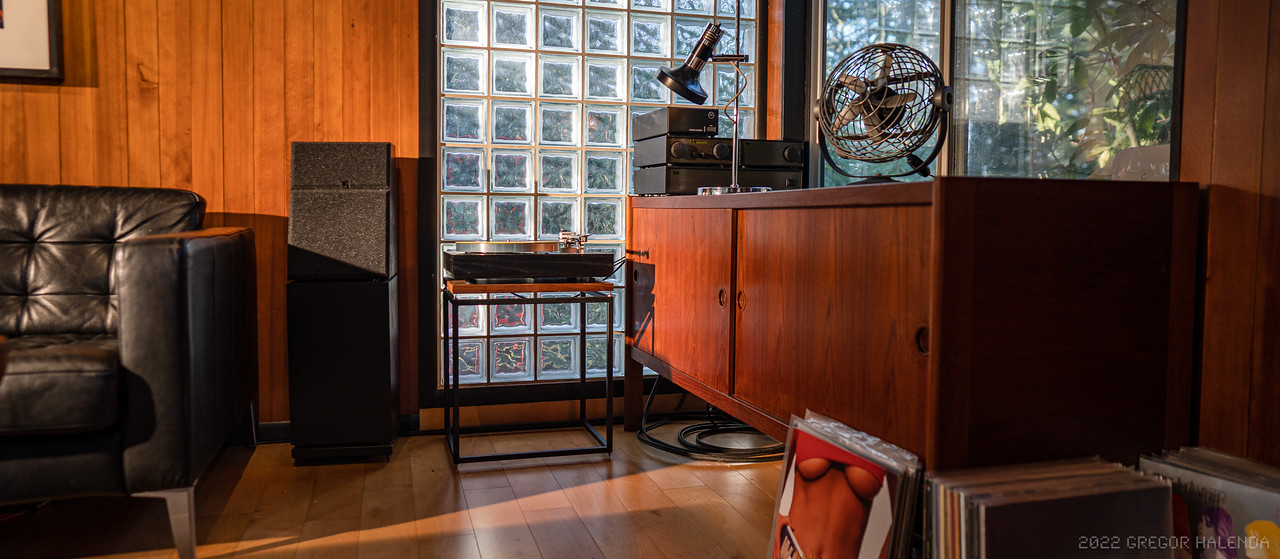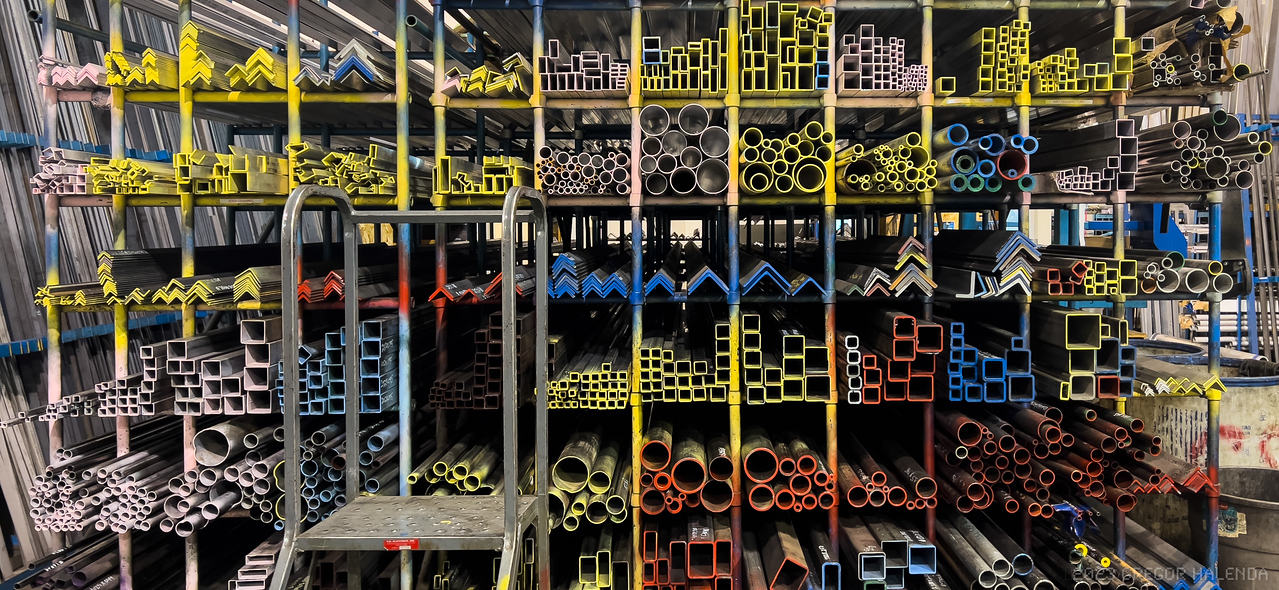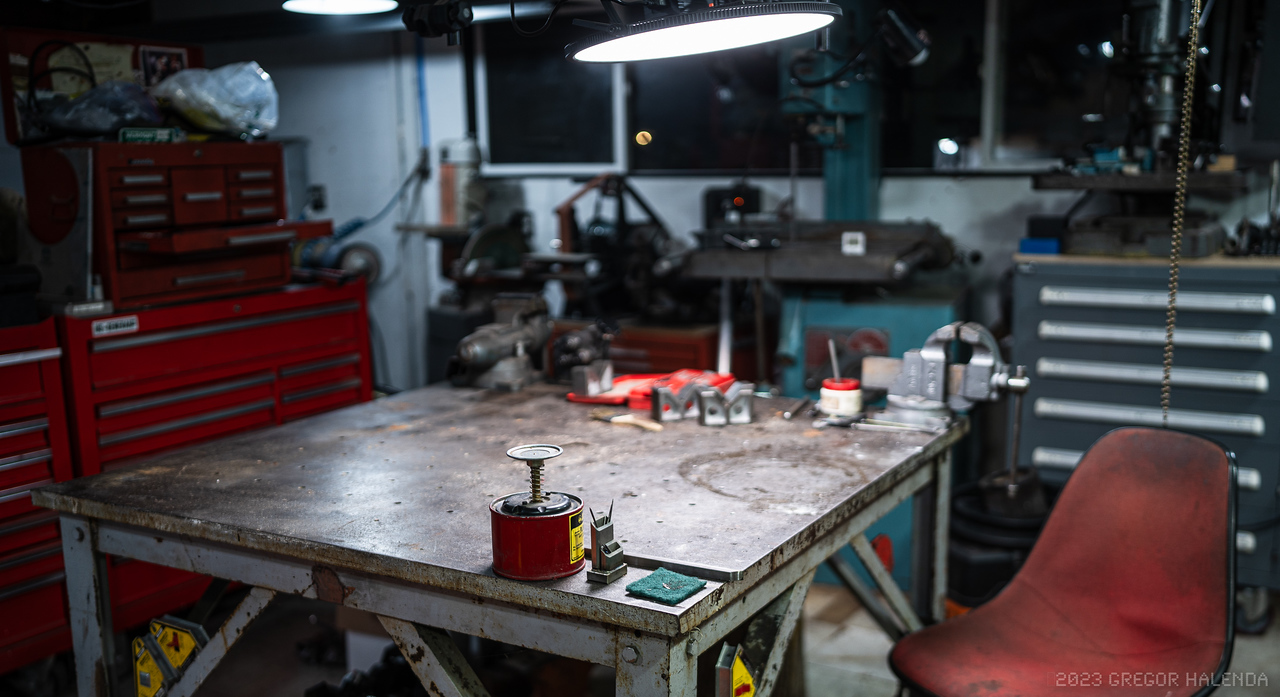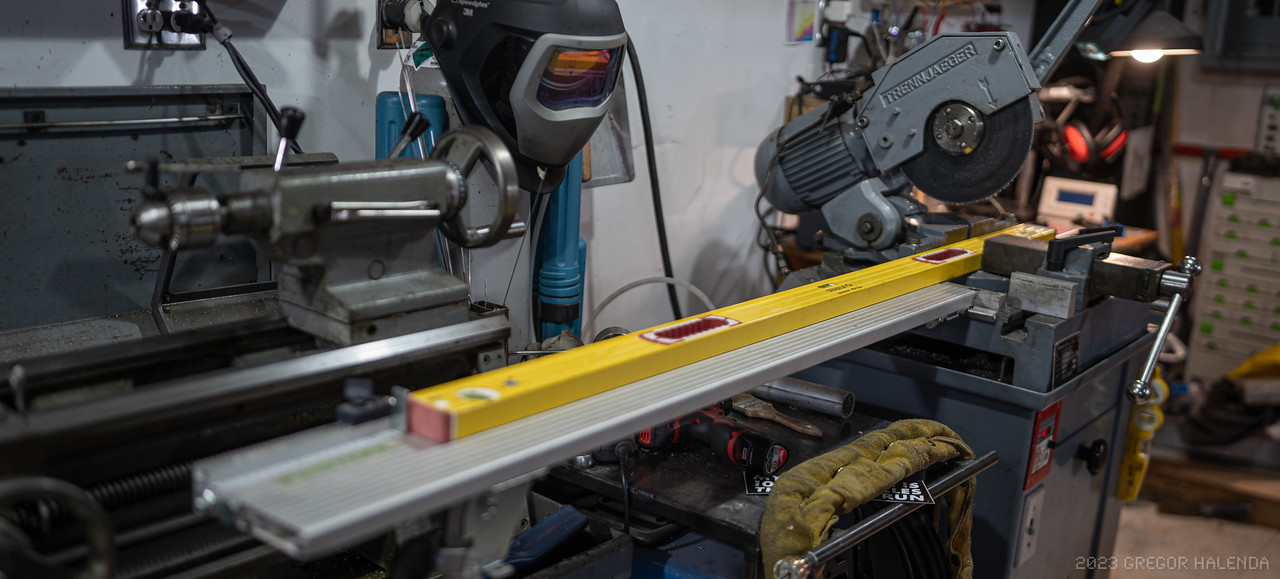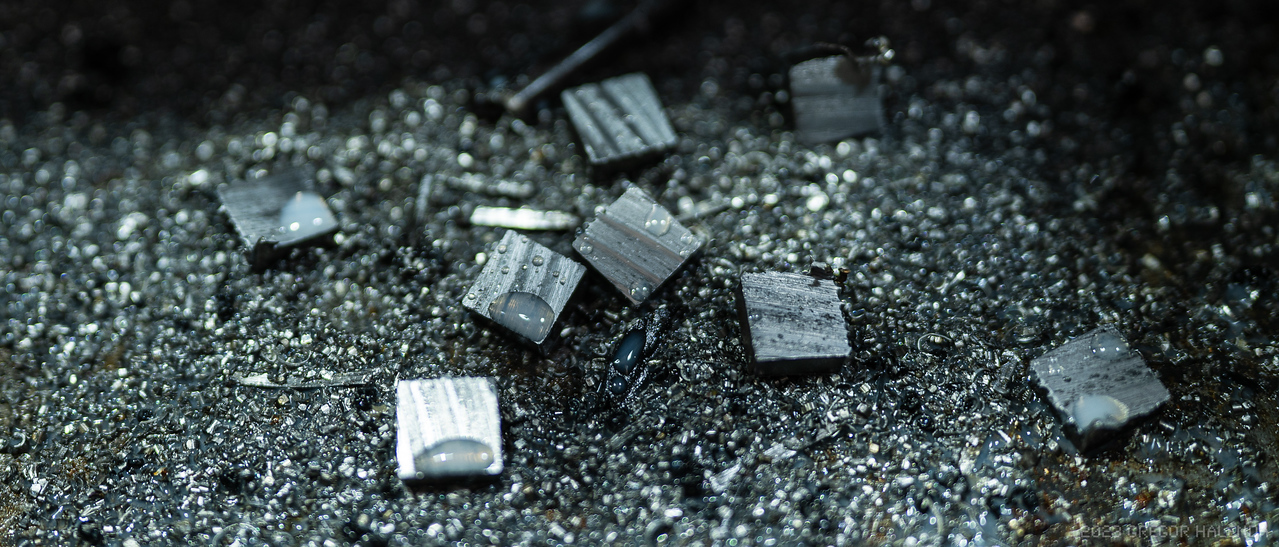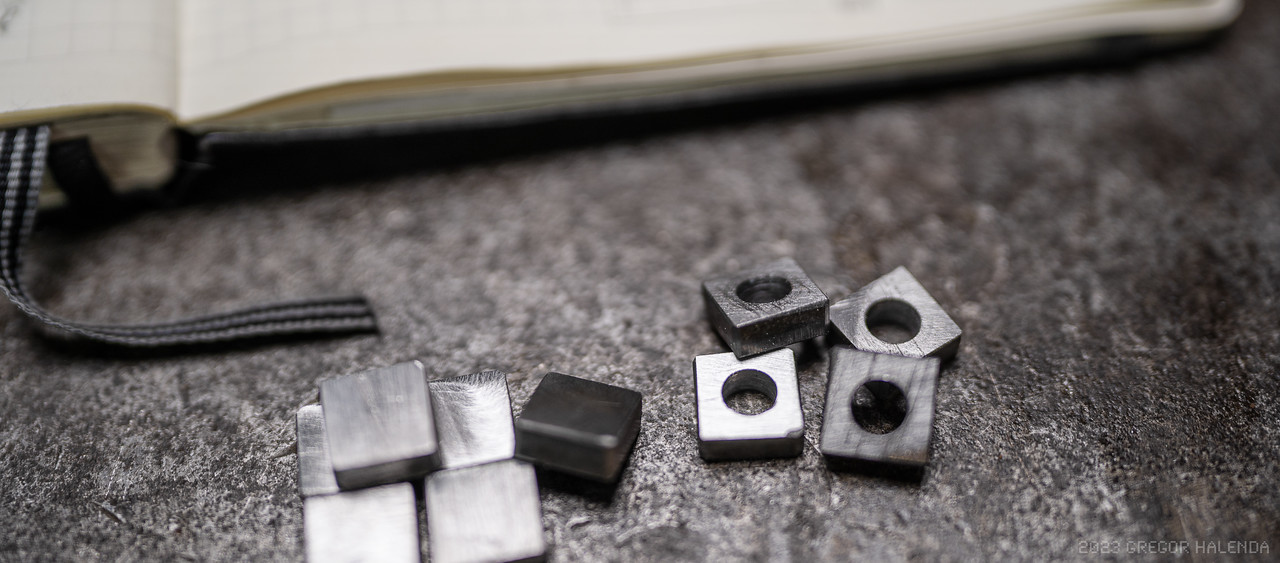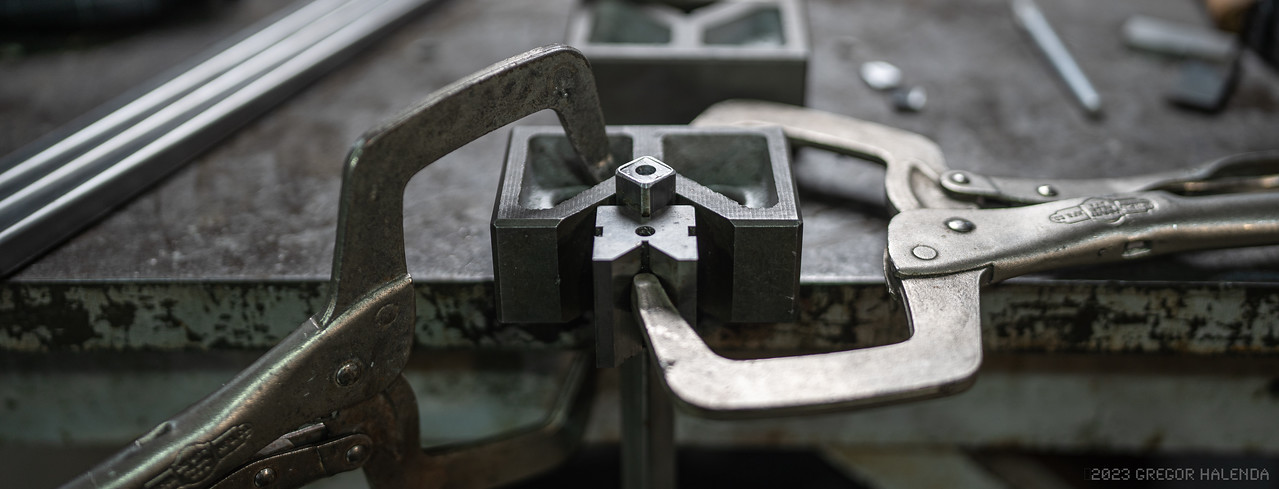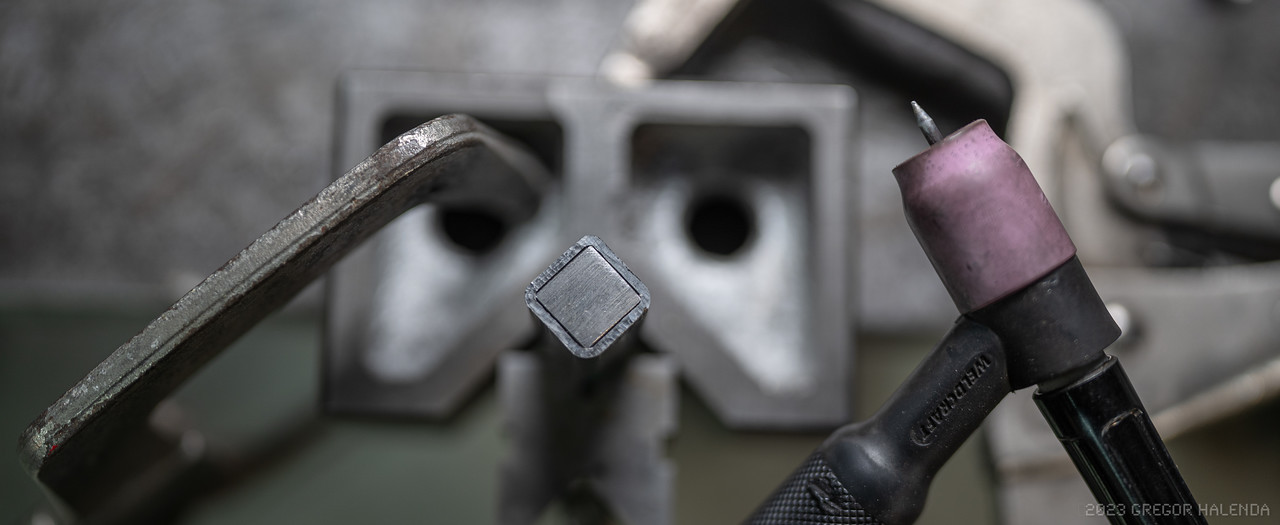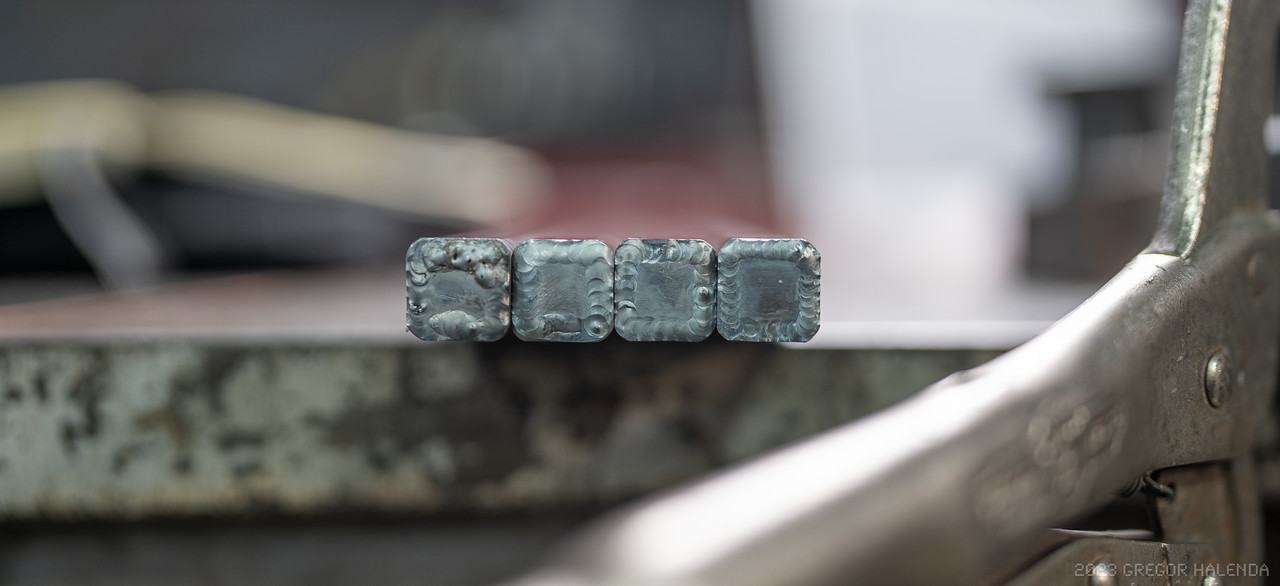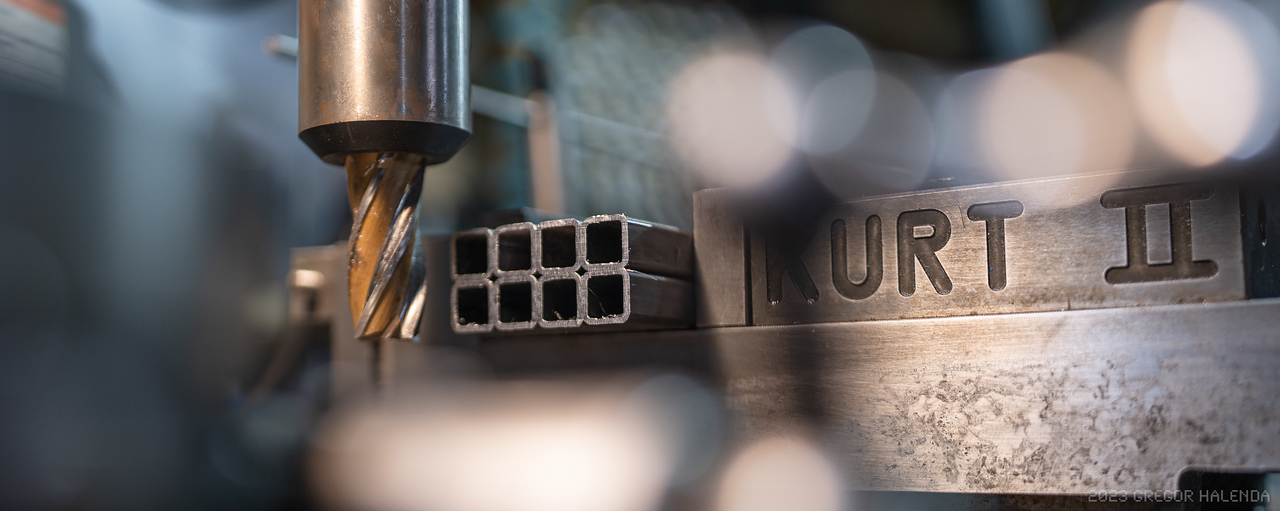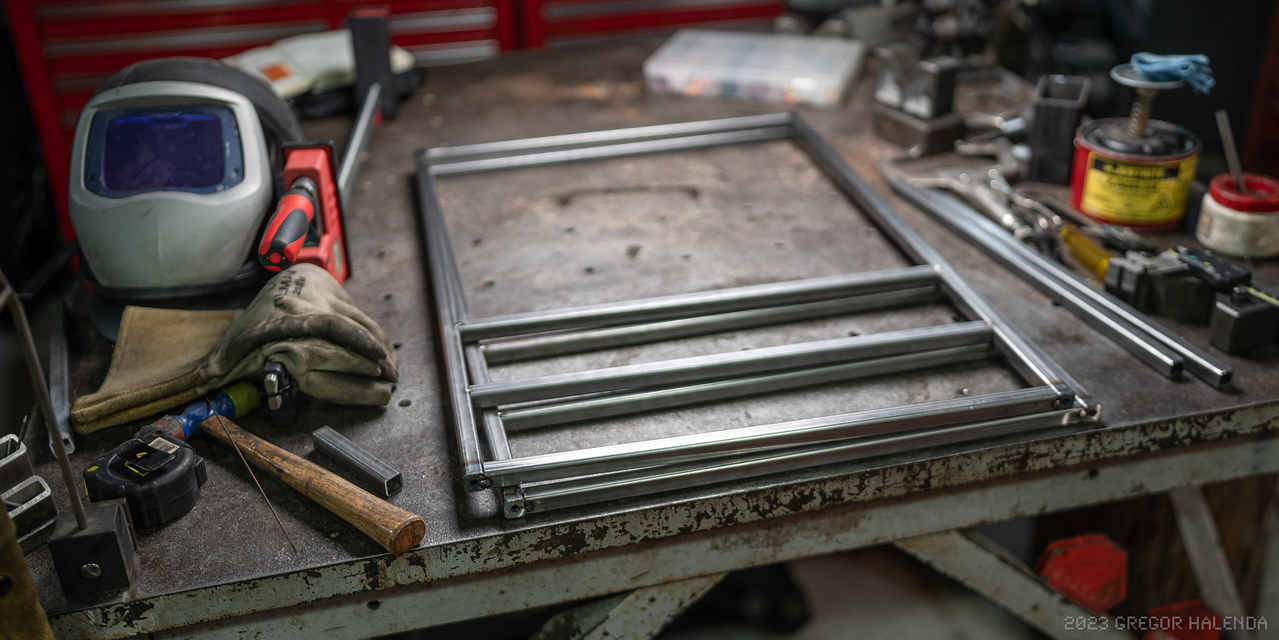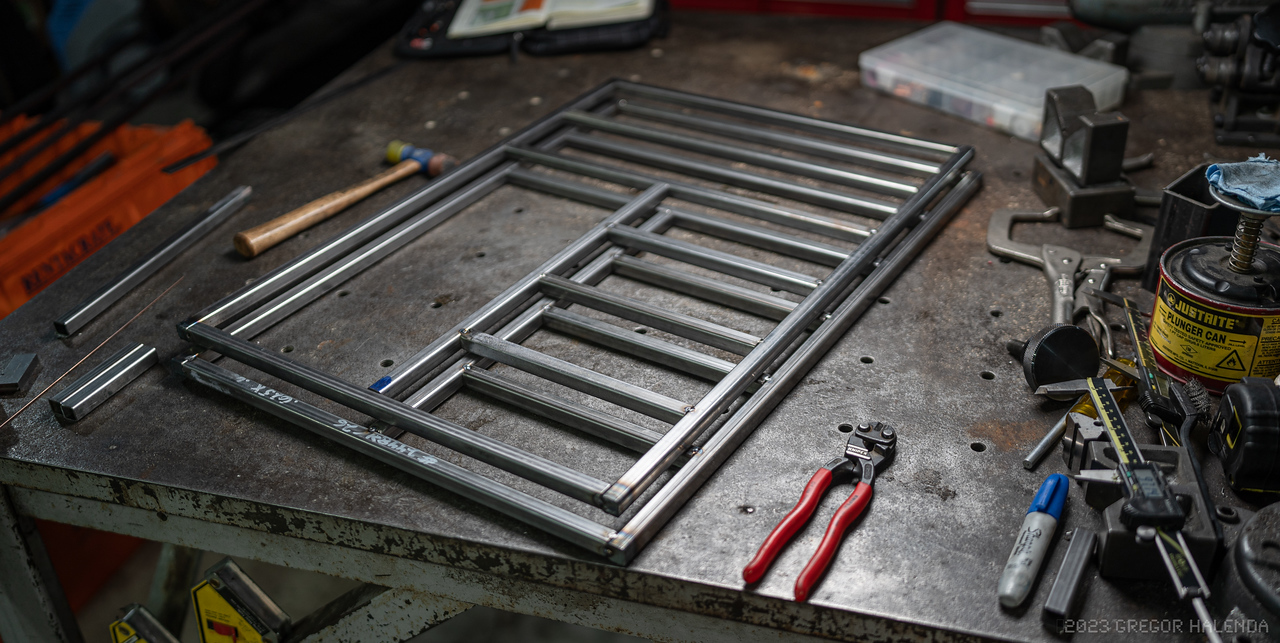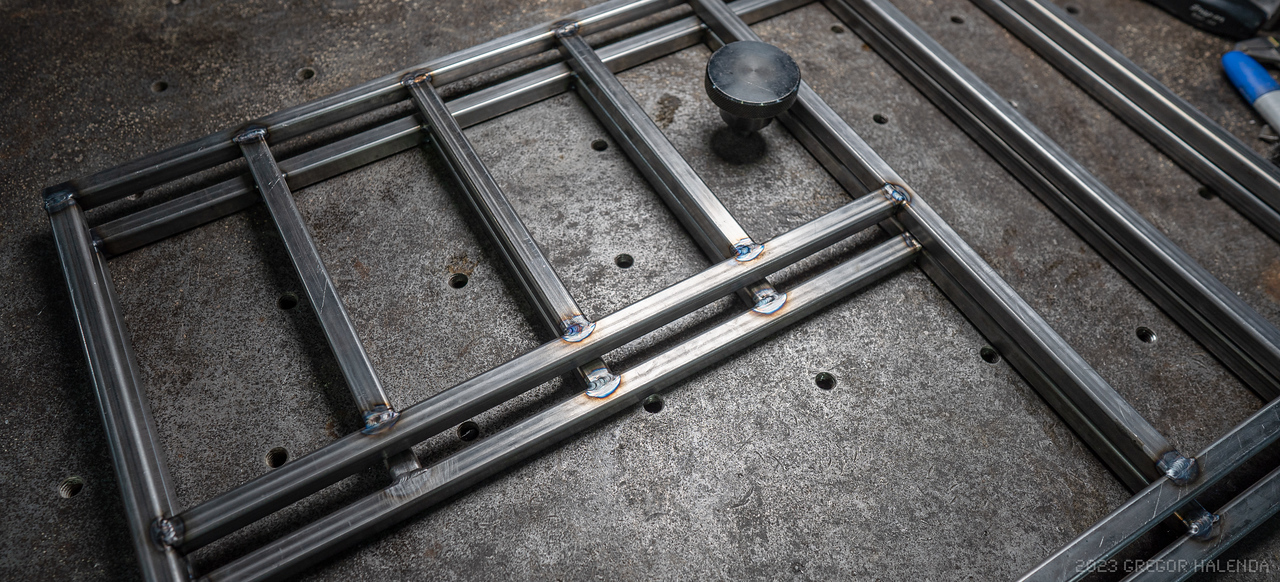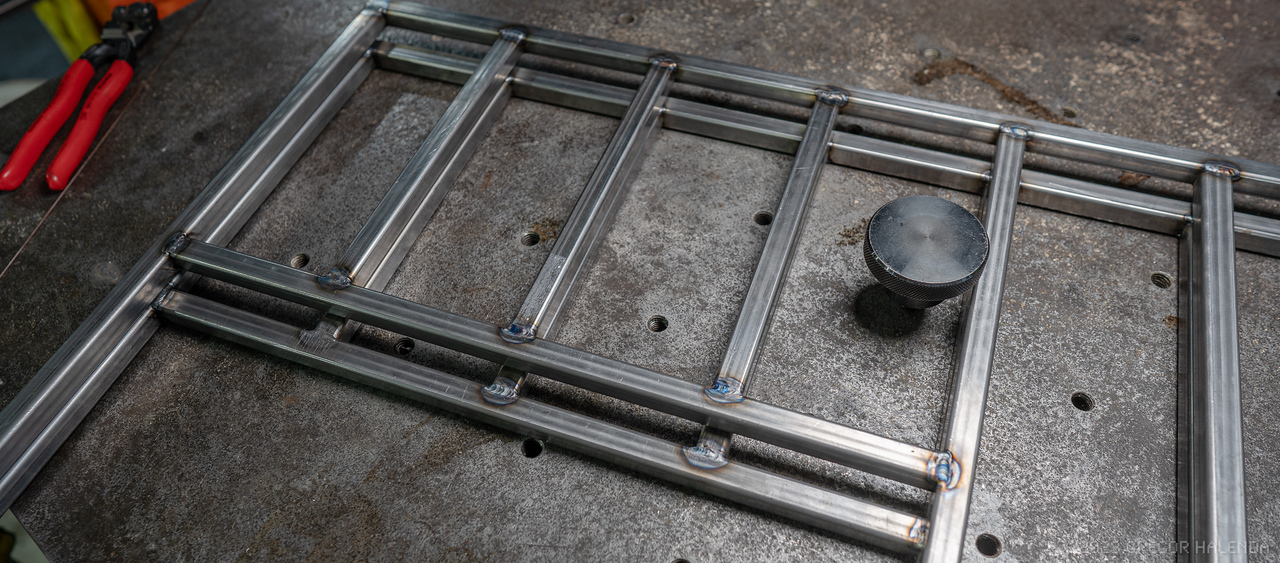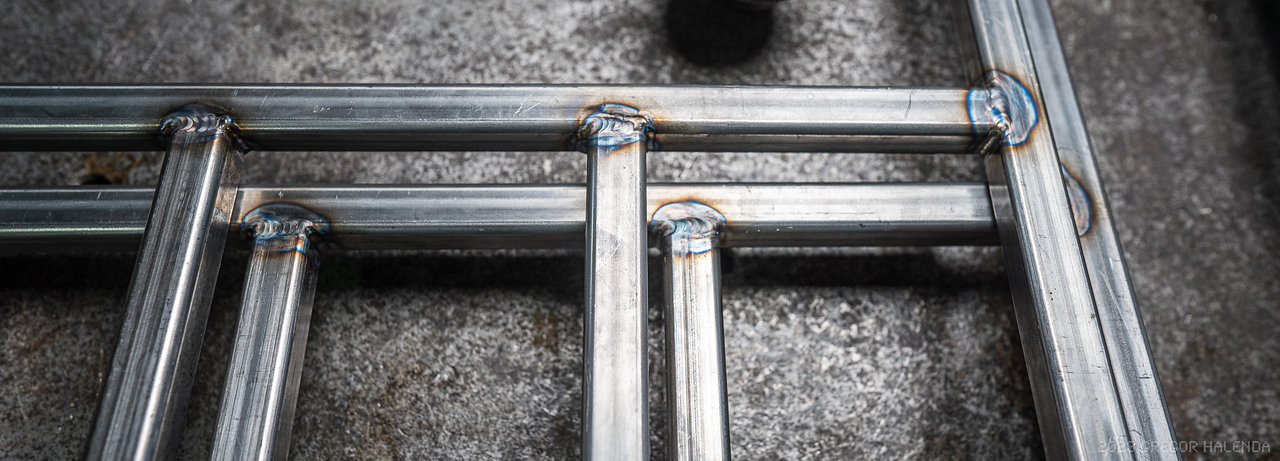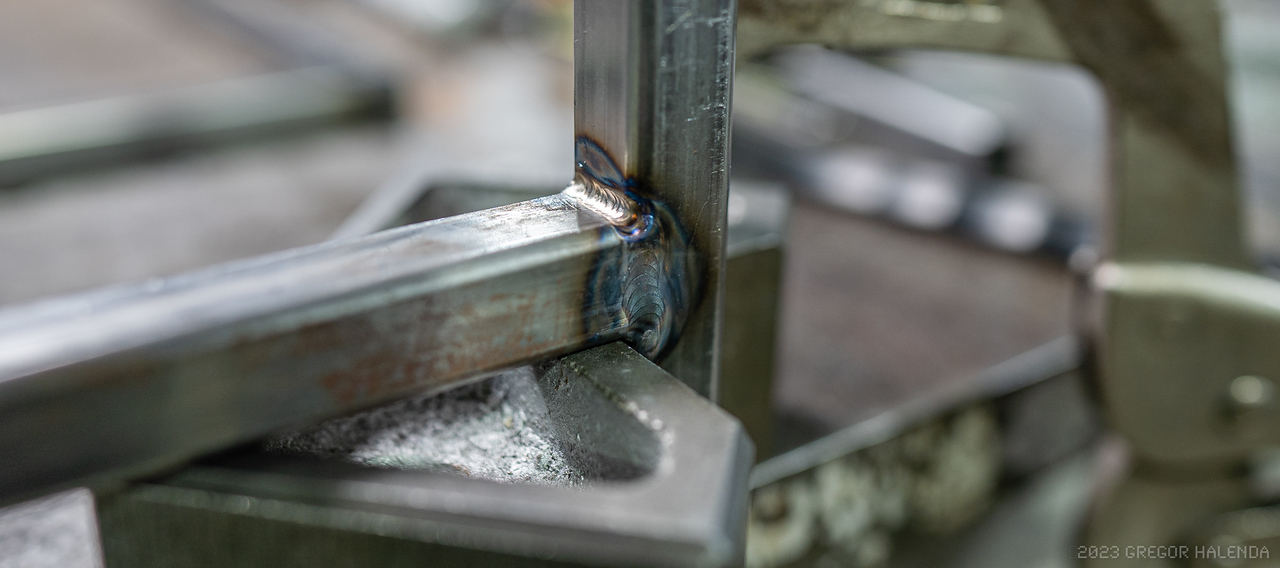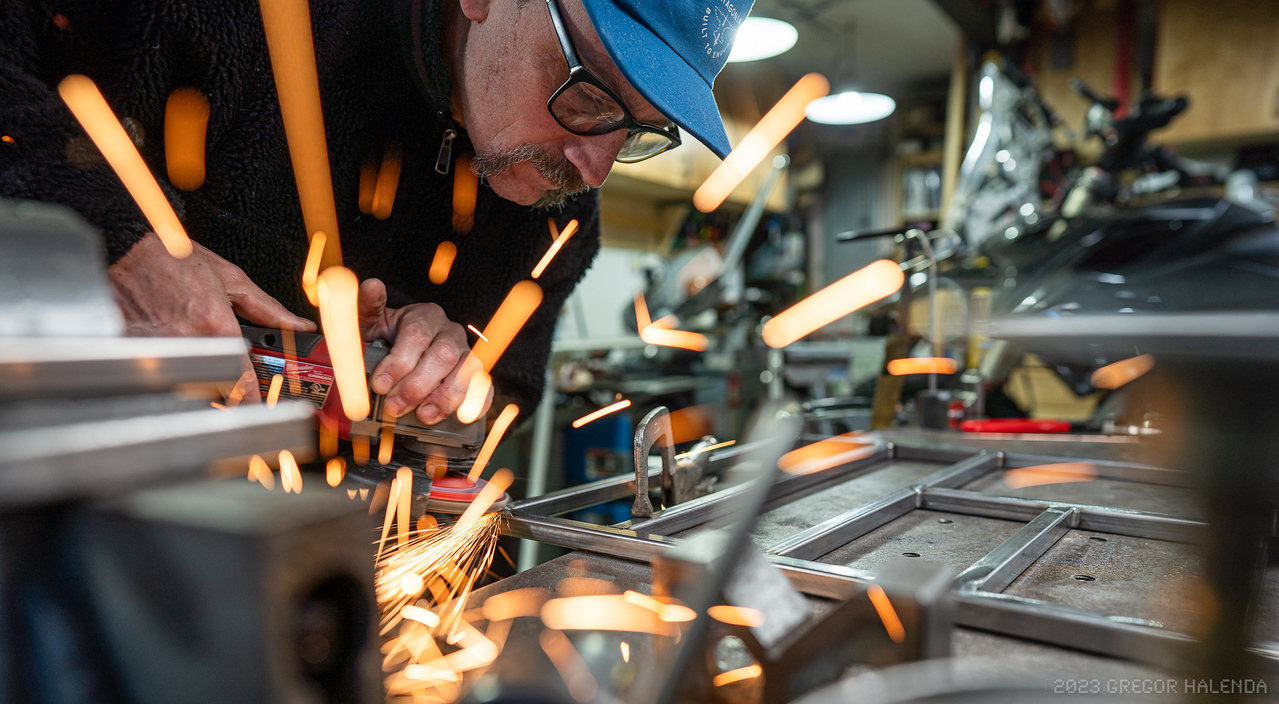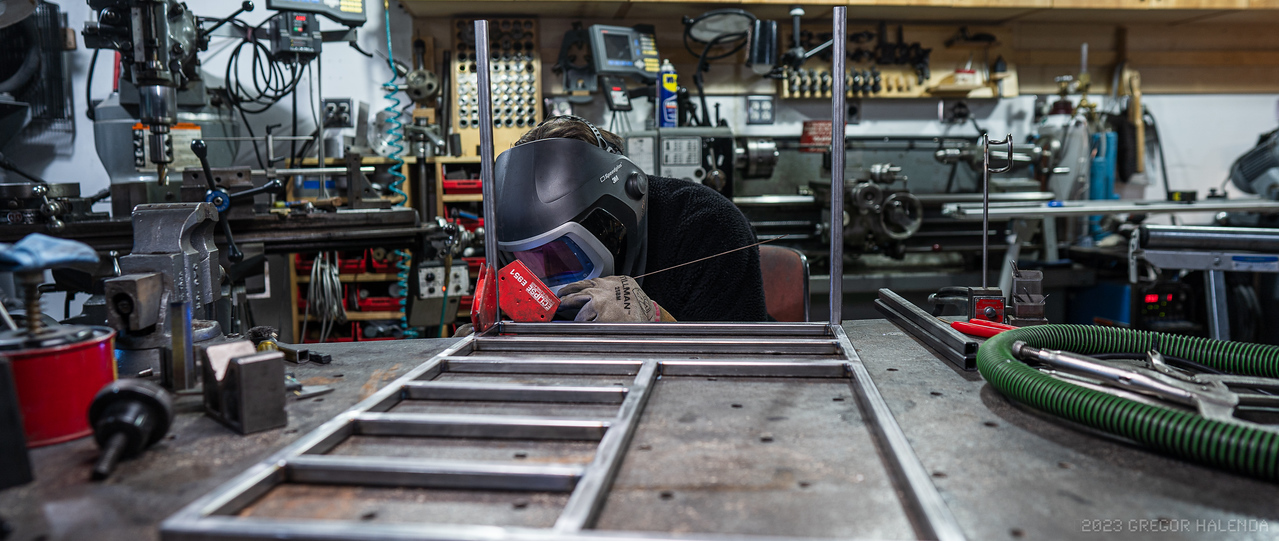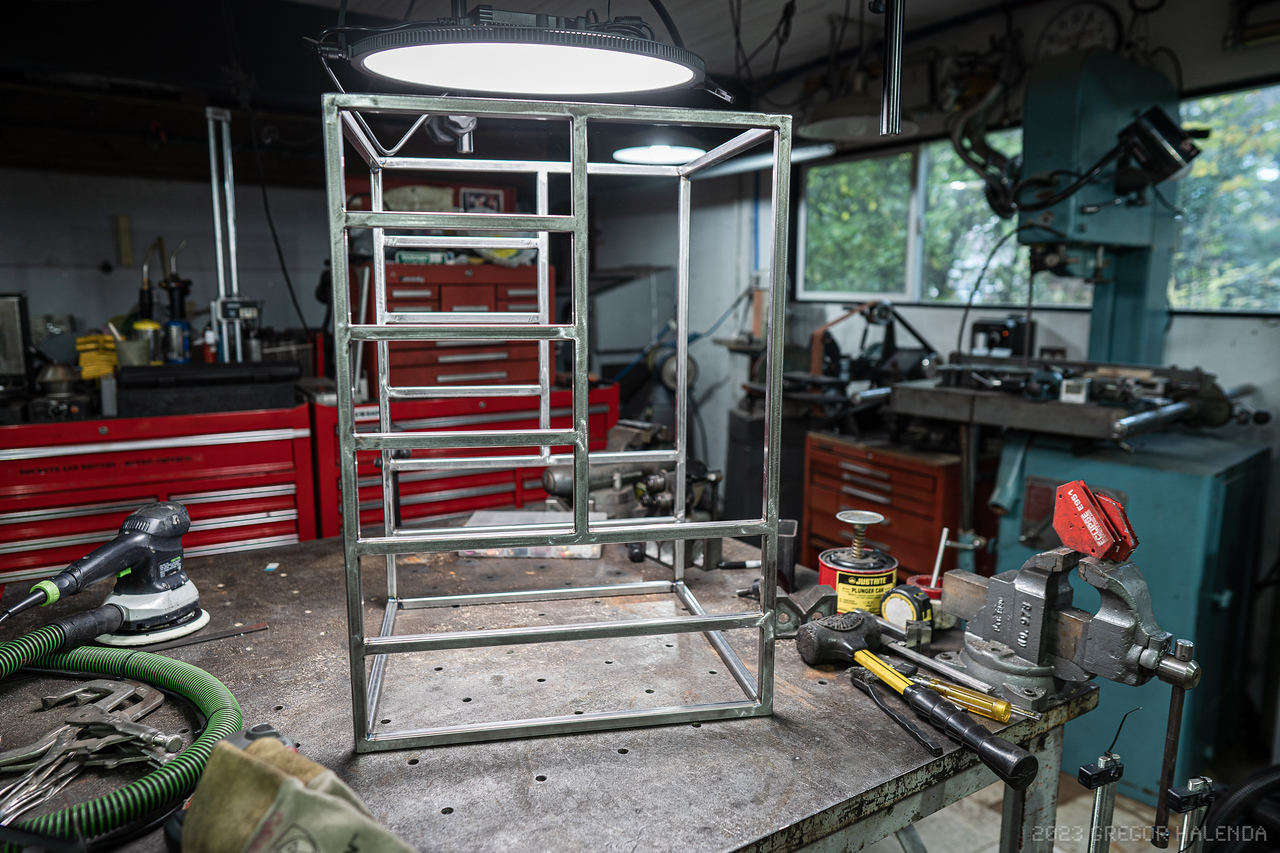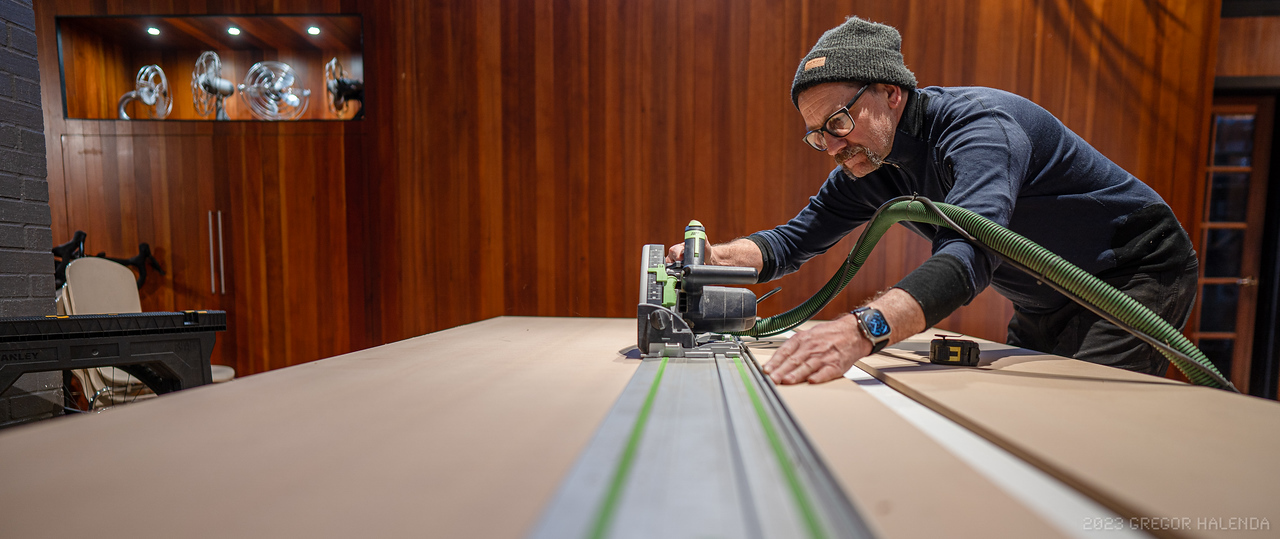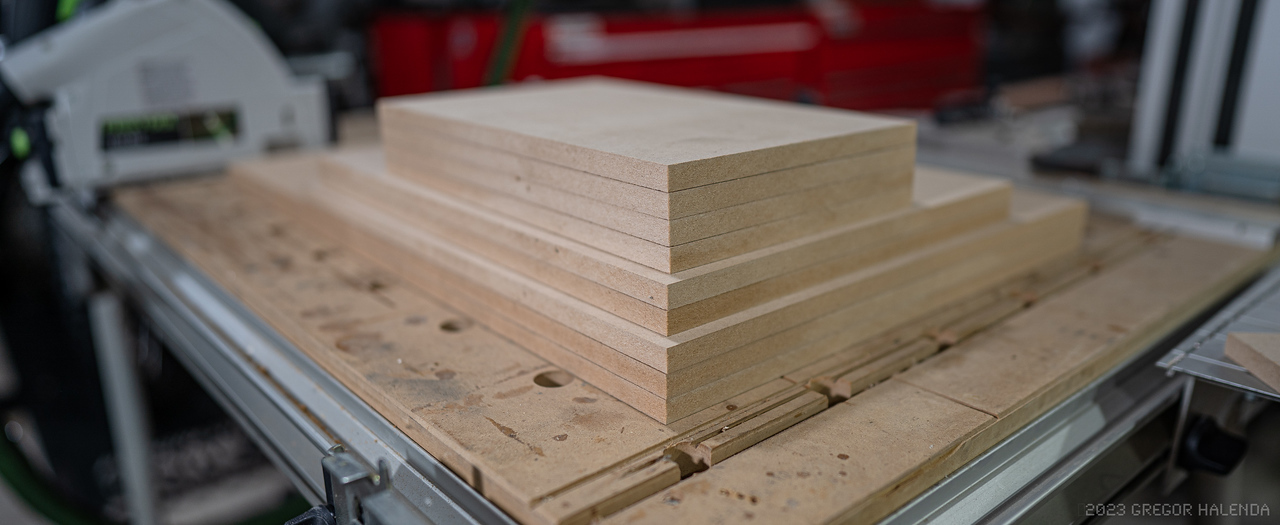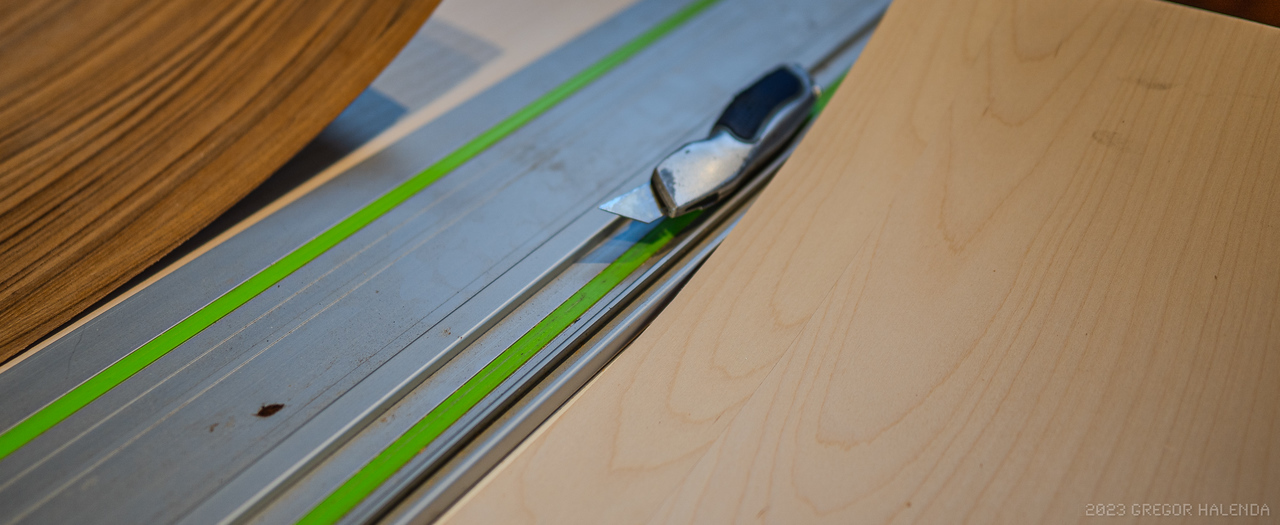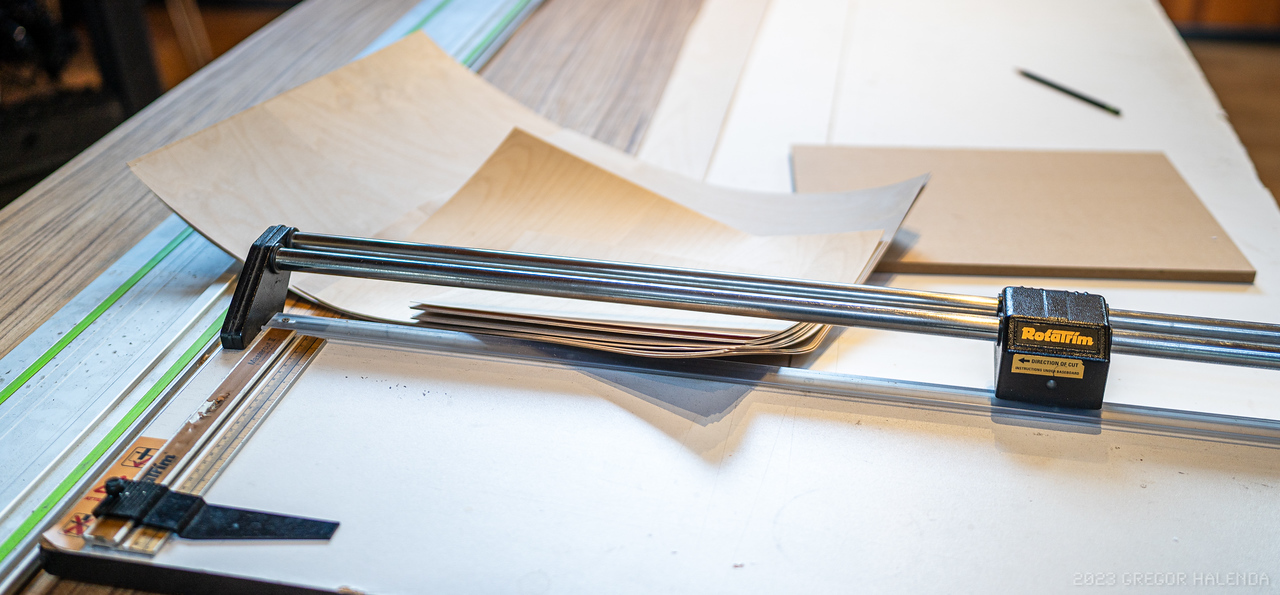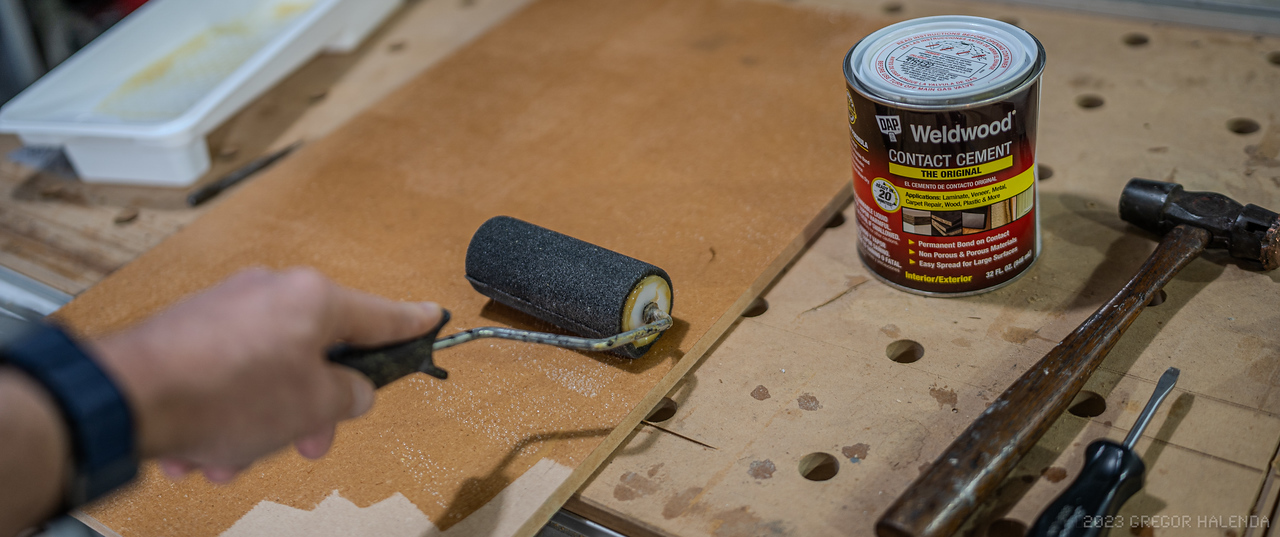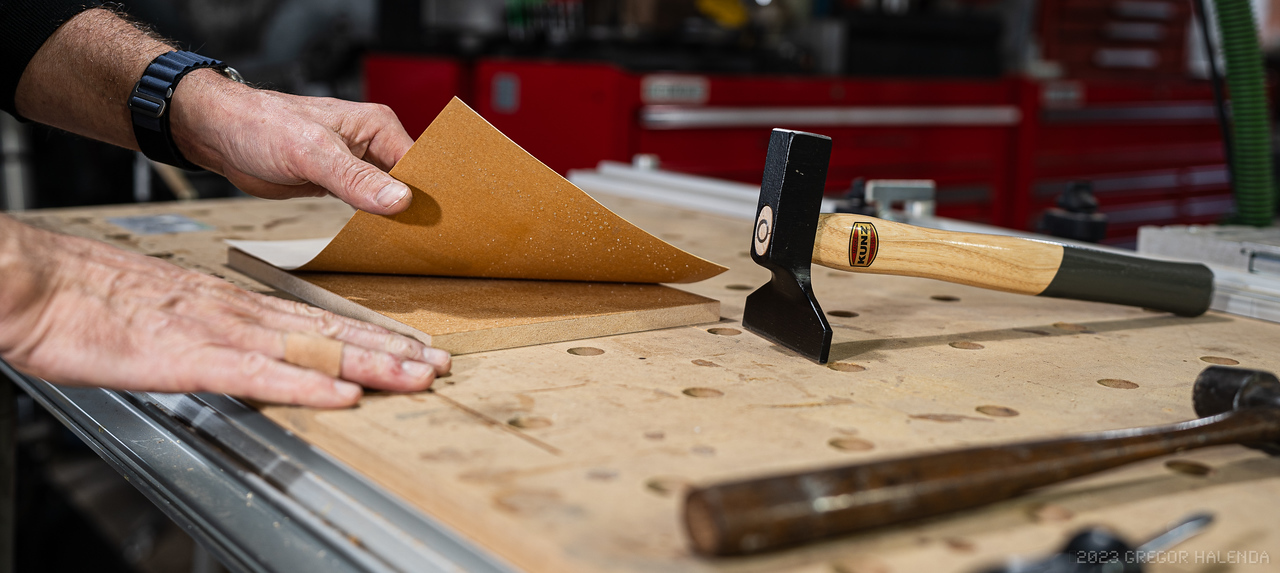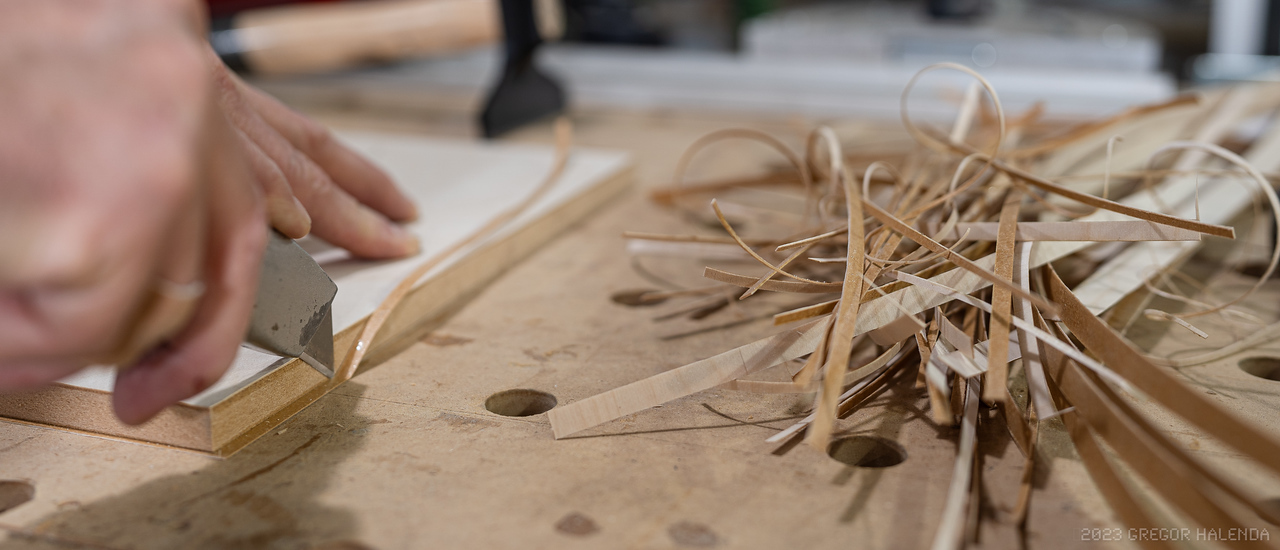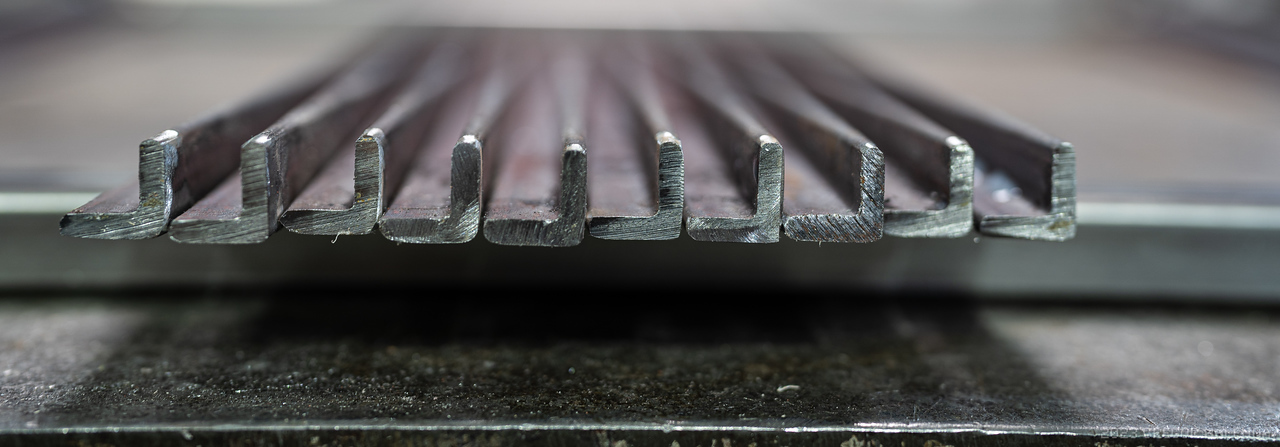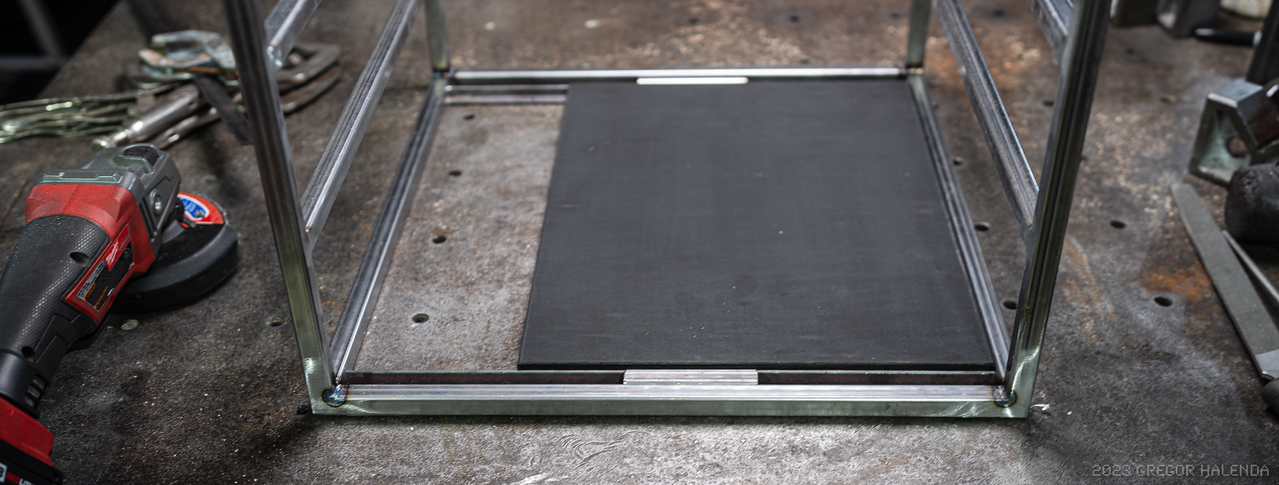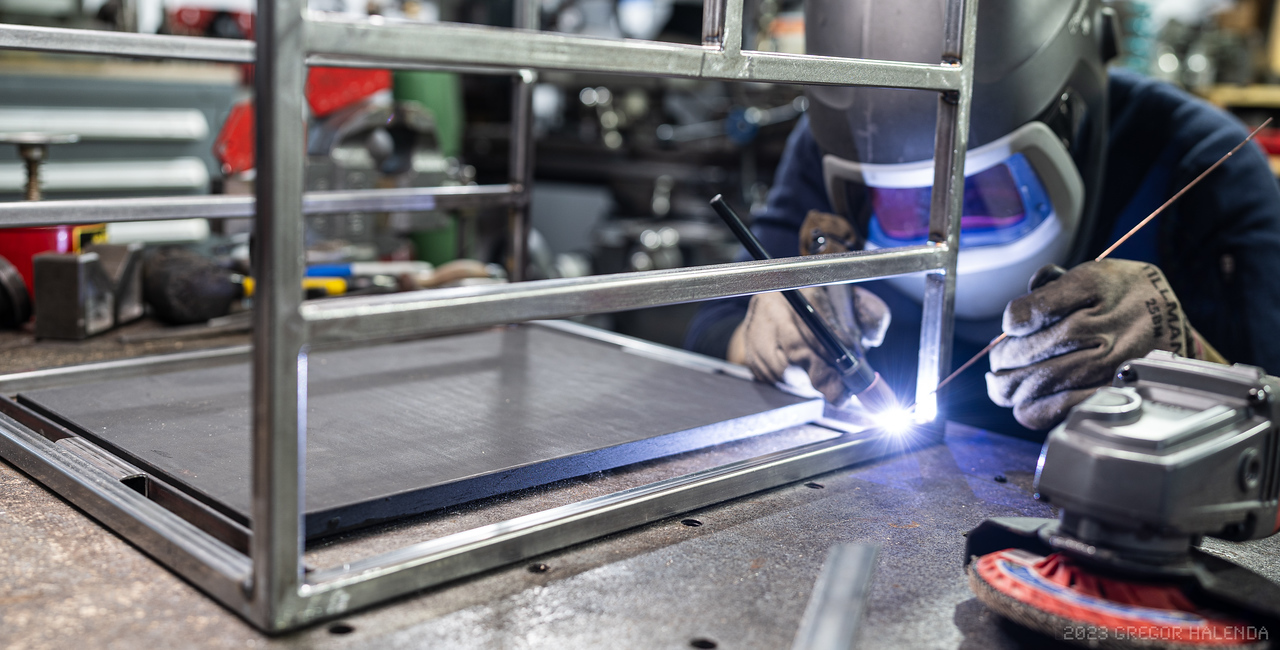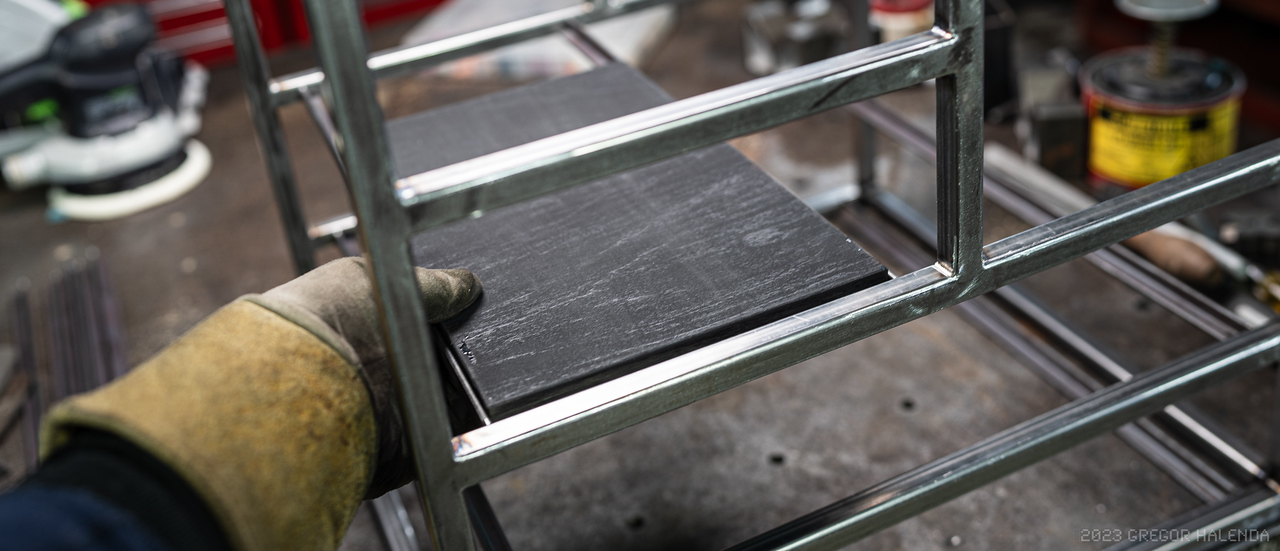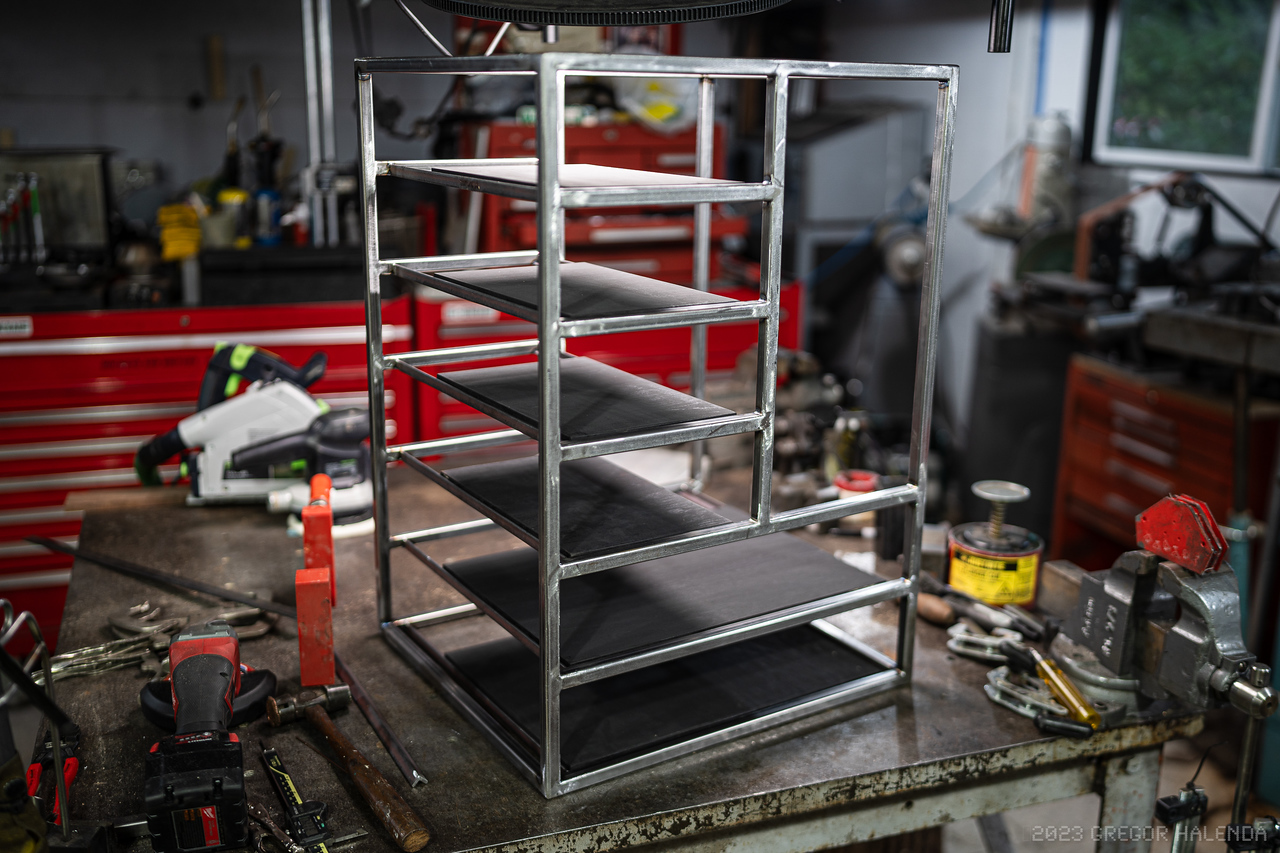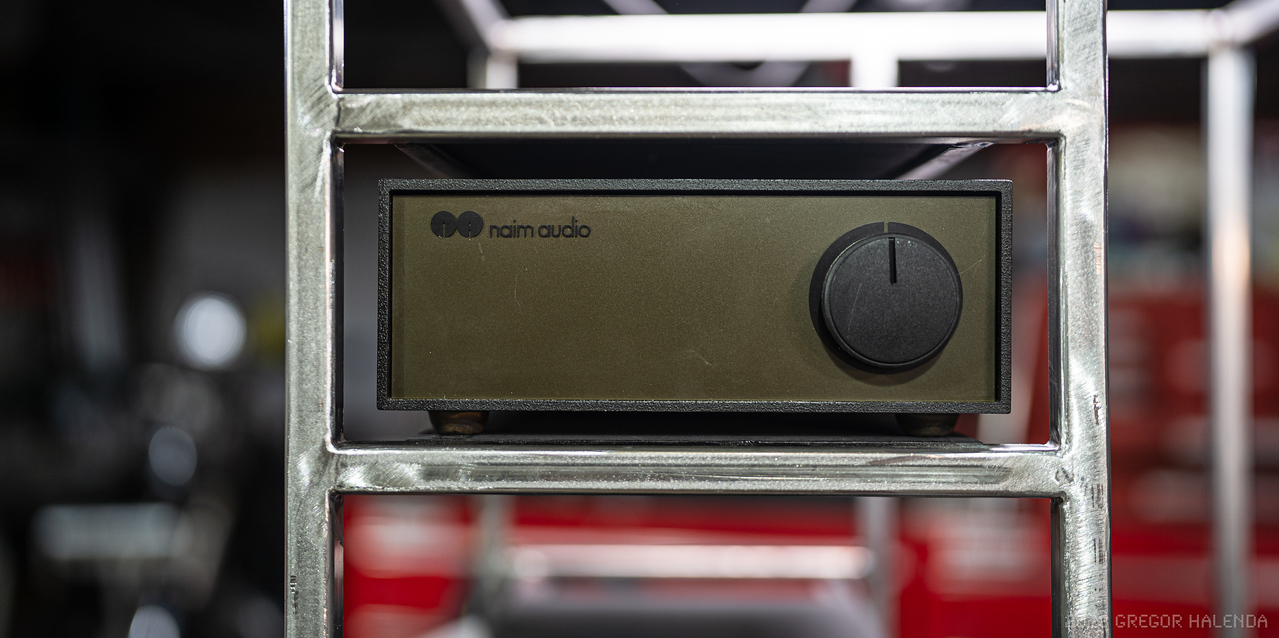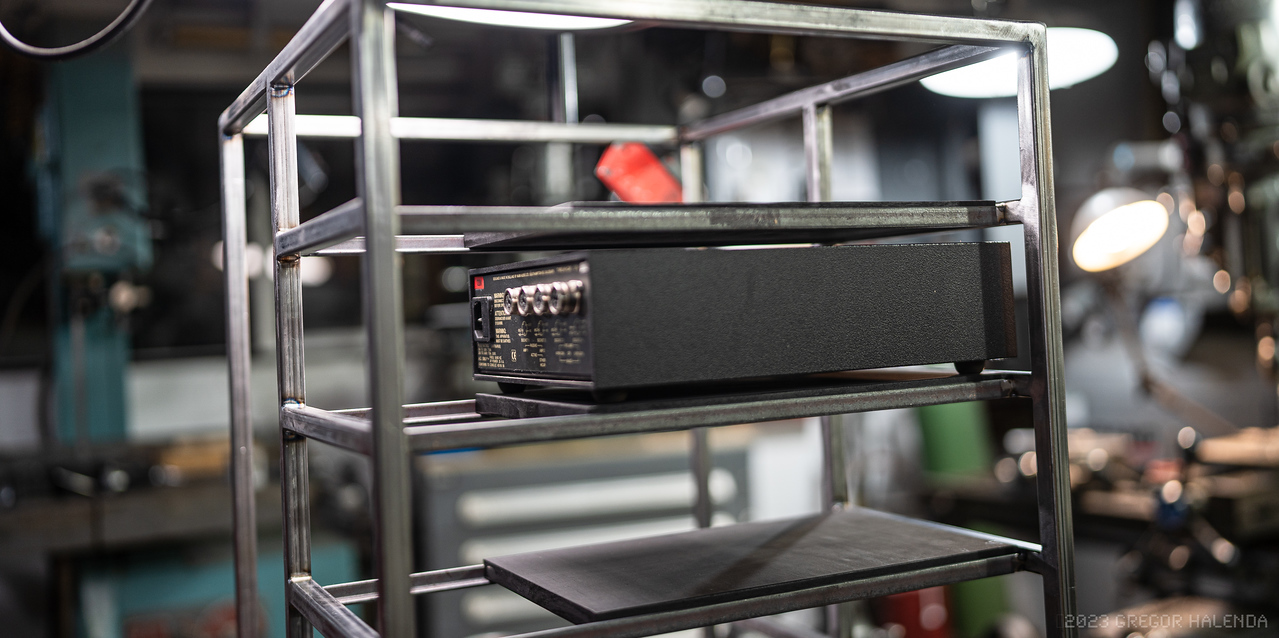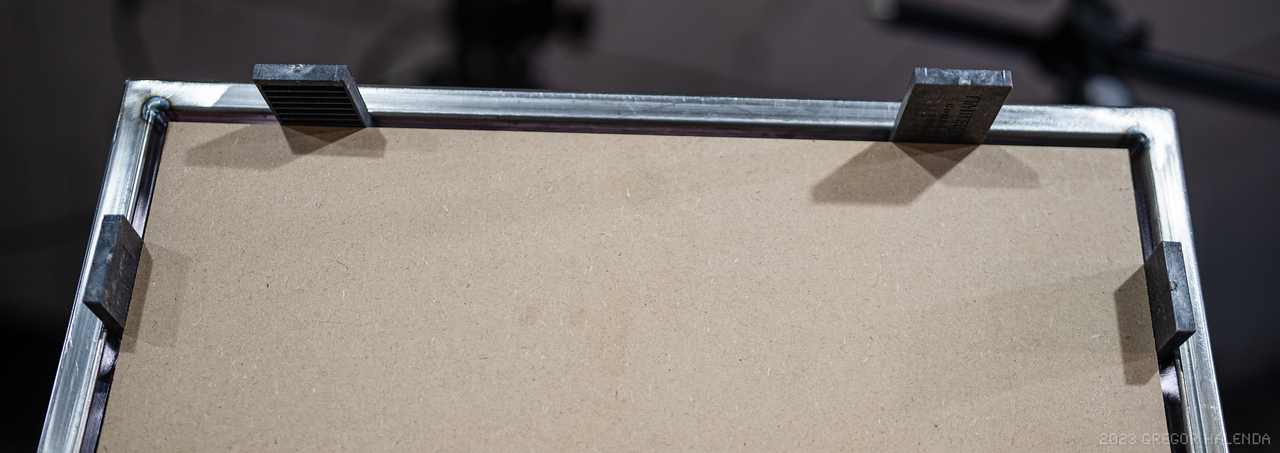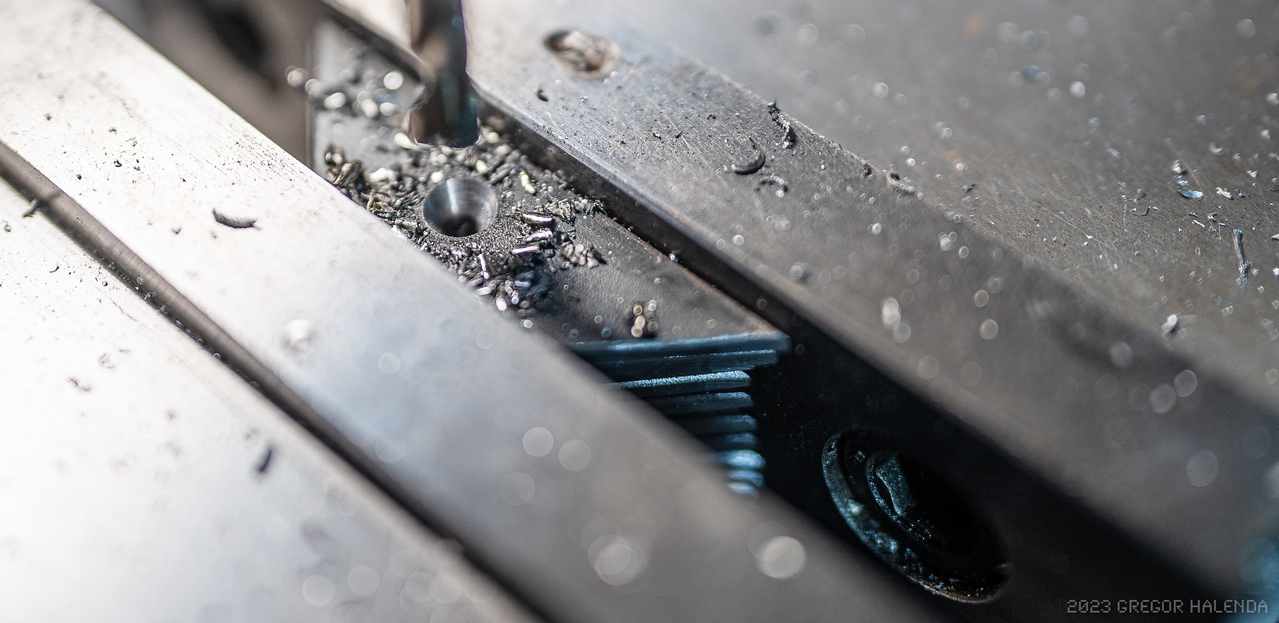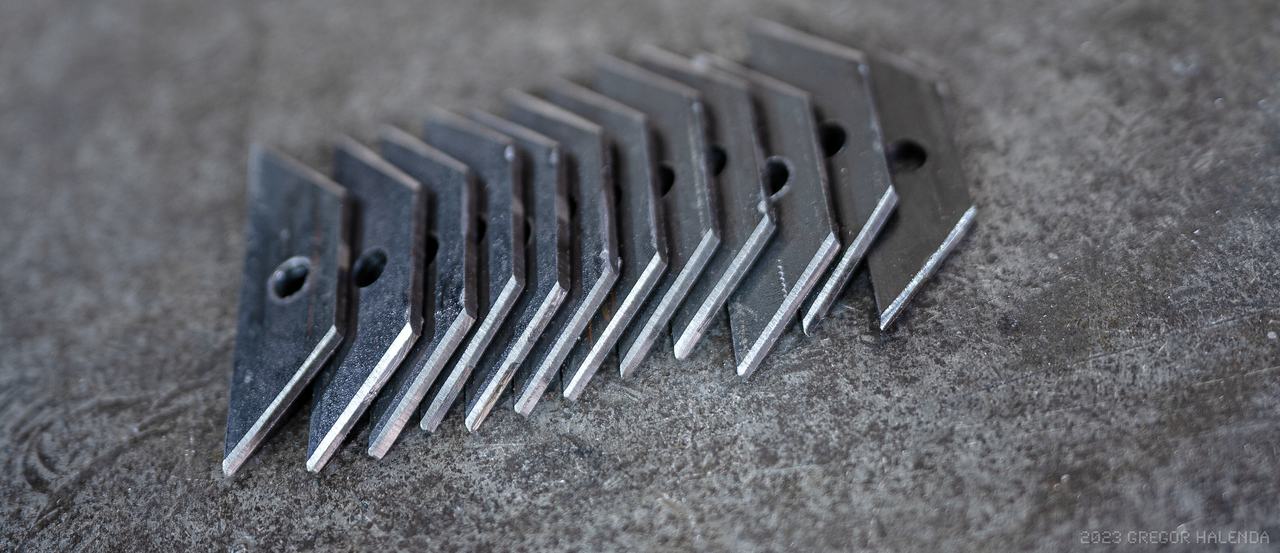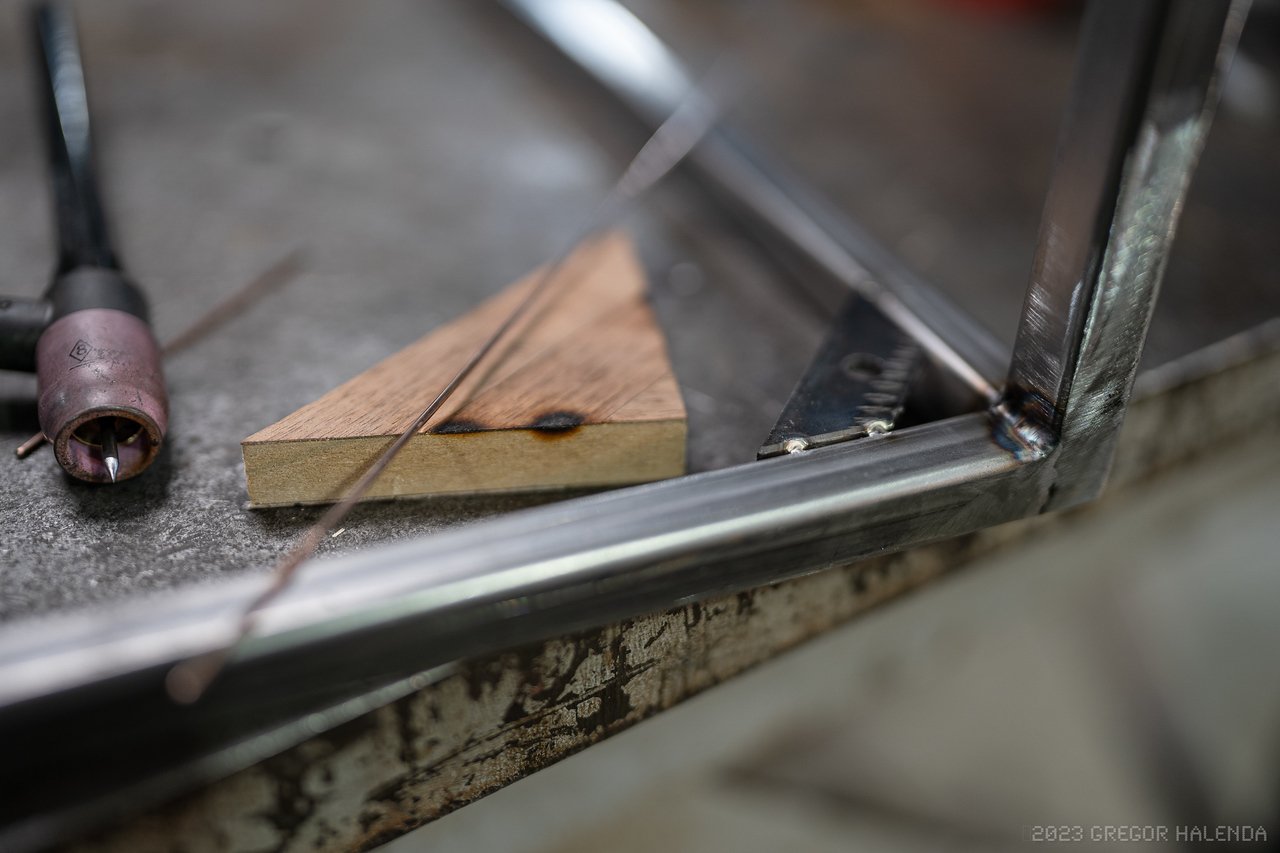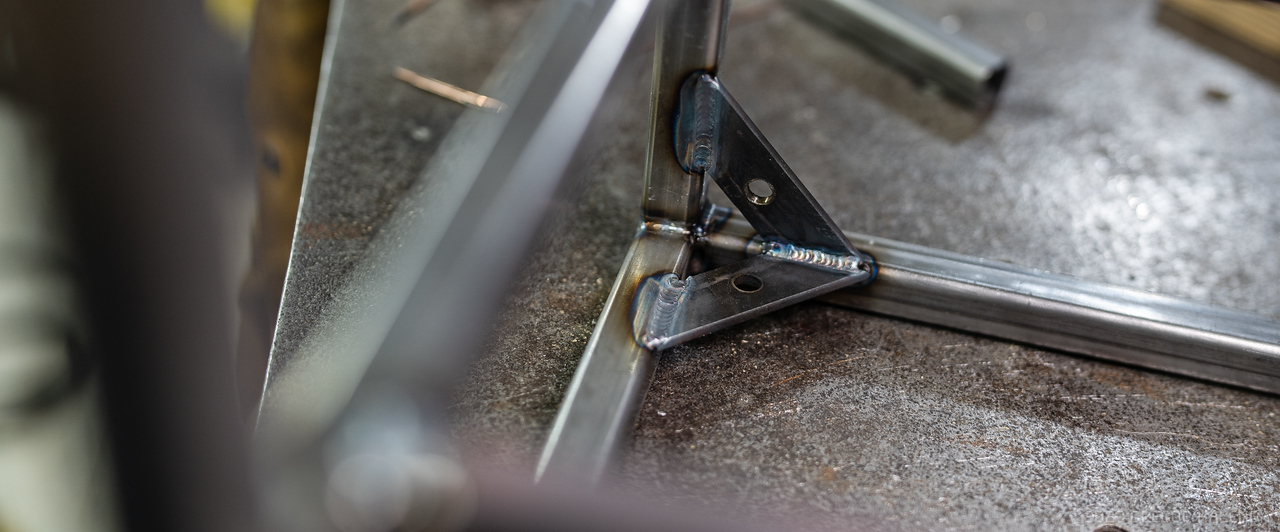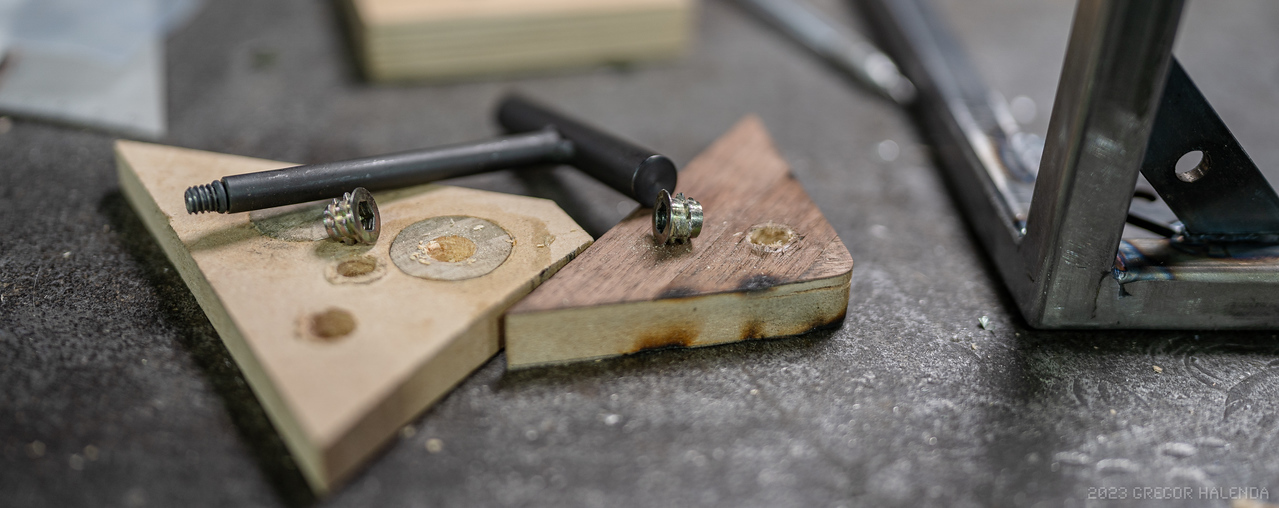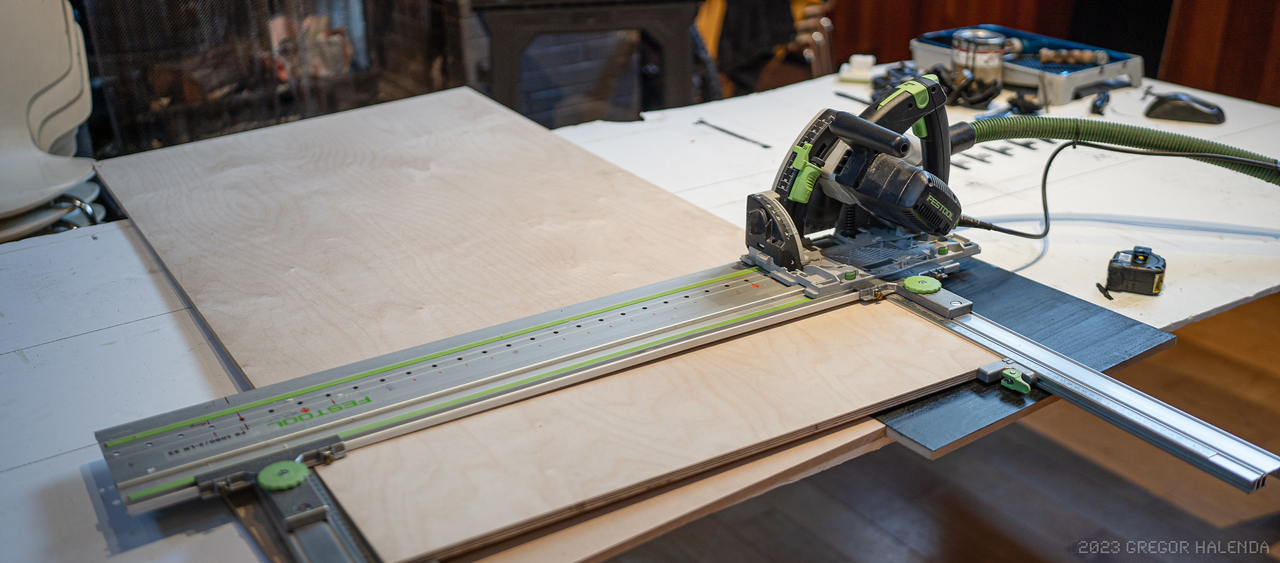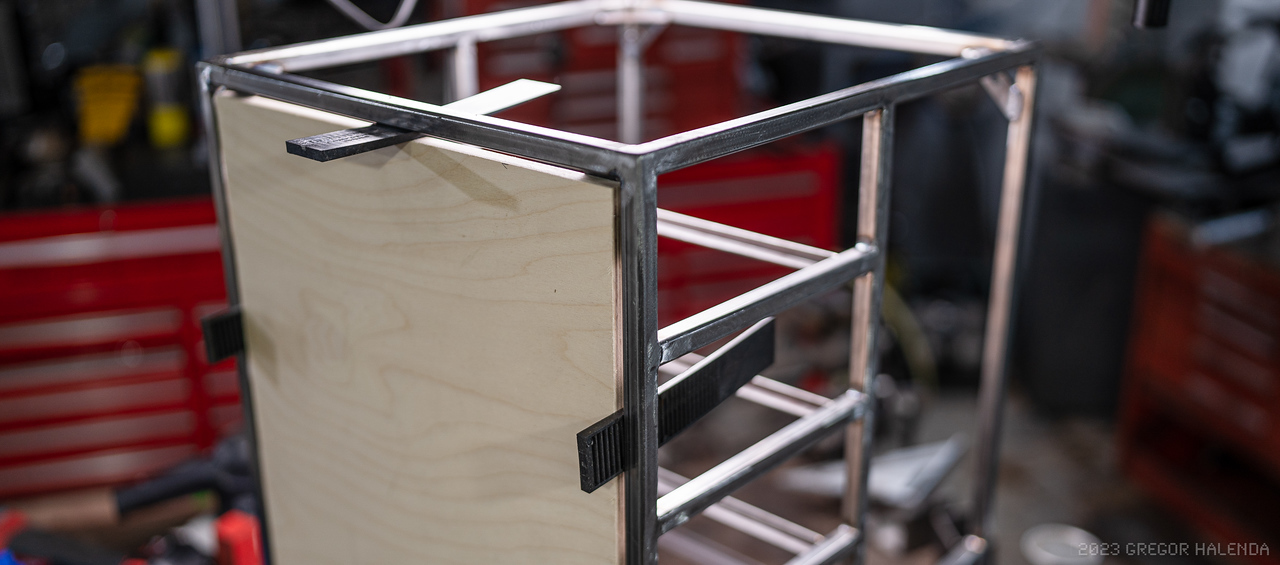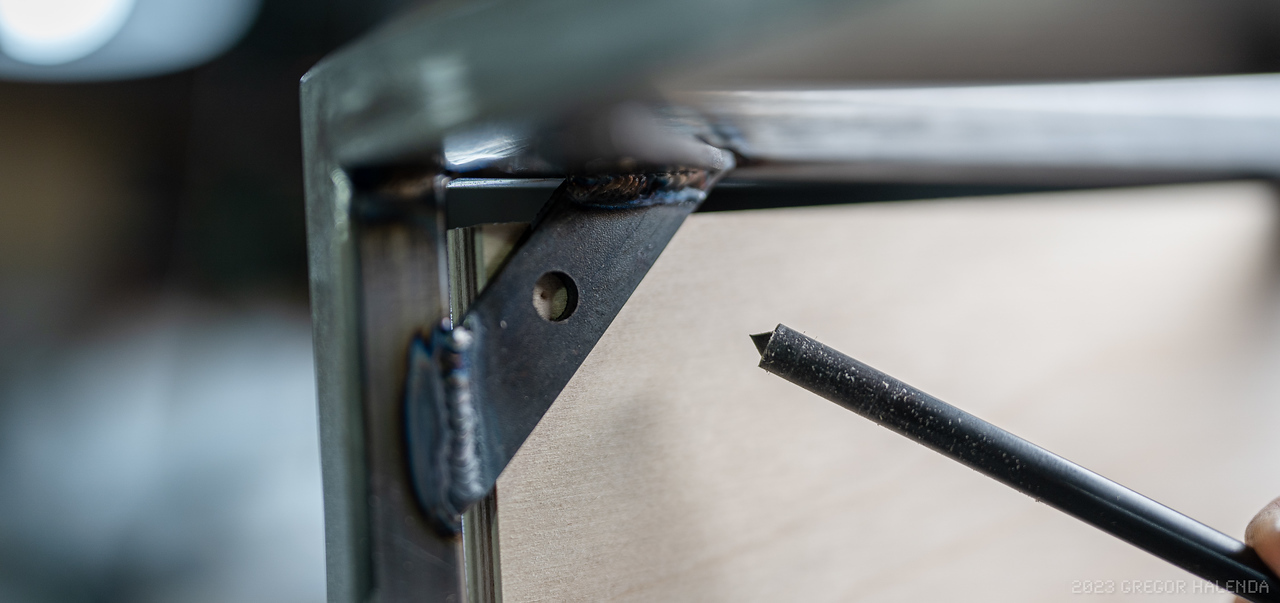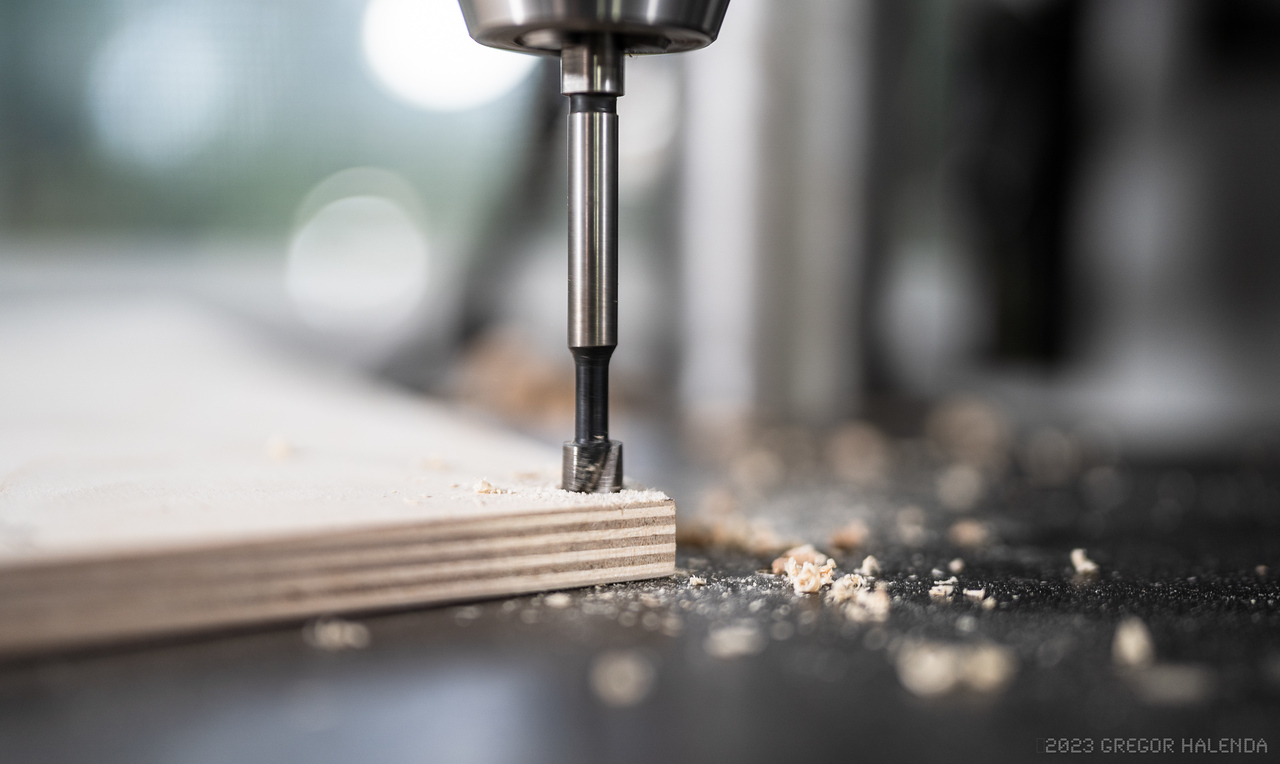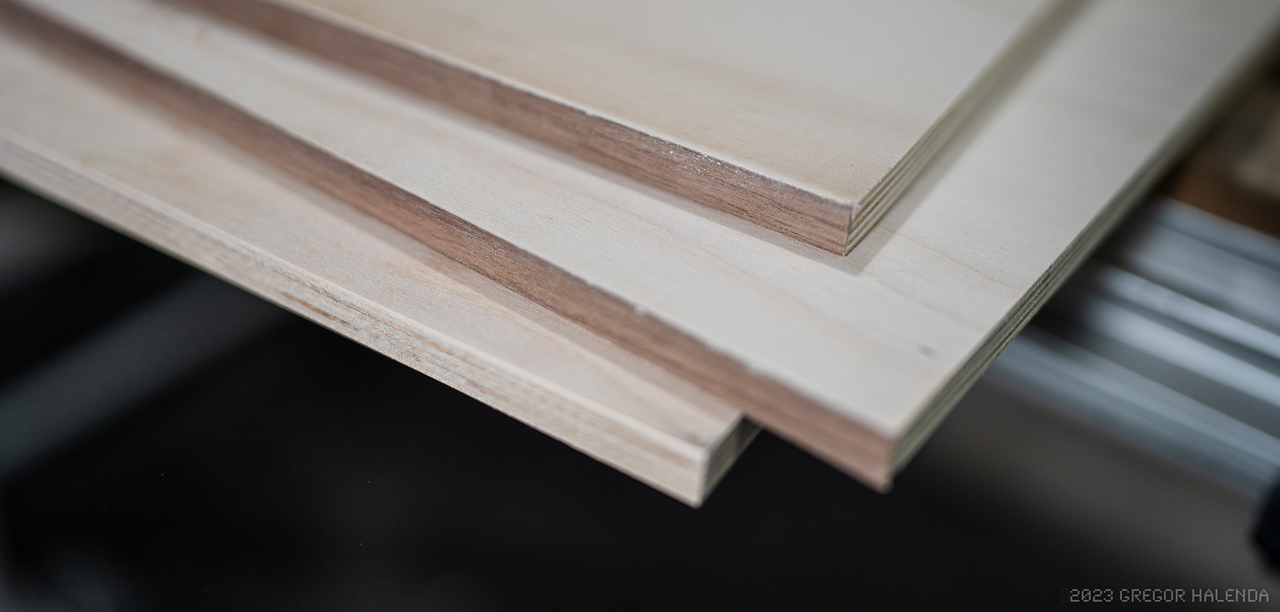Sakurama
Active Member
I've always found some good advice here on this forum. I recently wrapped up a project and since I enjoy sharing the process I thought I'd do a thread here that covers my journey. I got into hifi when I was in college in Colorado and met Rick Duplisea at Audio Alternative. His approach to hifi gear - that it was in fact a meritocracy - resonated with me and after the initial purchase of some Rotel gear I ended up spending a few years working at the shop. It was one of the best times of my life.
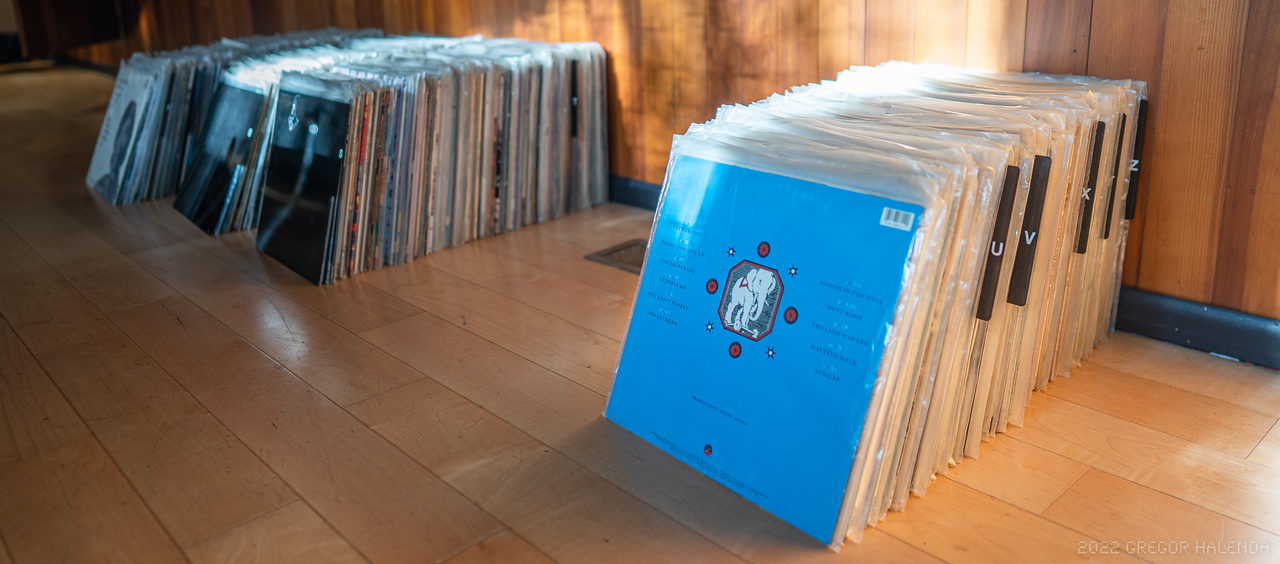
Fast forward 40 years, a dozen apartments, two kids...
I've moved my collection of LP's across the country twice - from Colorado to NYC and up and down the stairs of countless walk ups. In the mid 2000's I gave up on vinyl and tried a few times to sell or give away the albums as I just couldn't take moving them again. Luckily they were worthless and they made their final move to Oregon where my partner insisted they remain in storage. We needed the space for dishes.
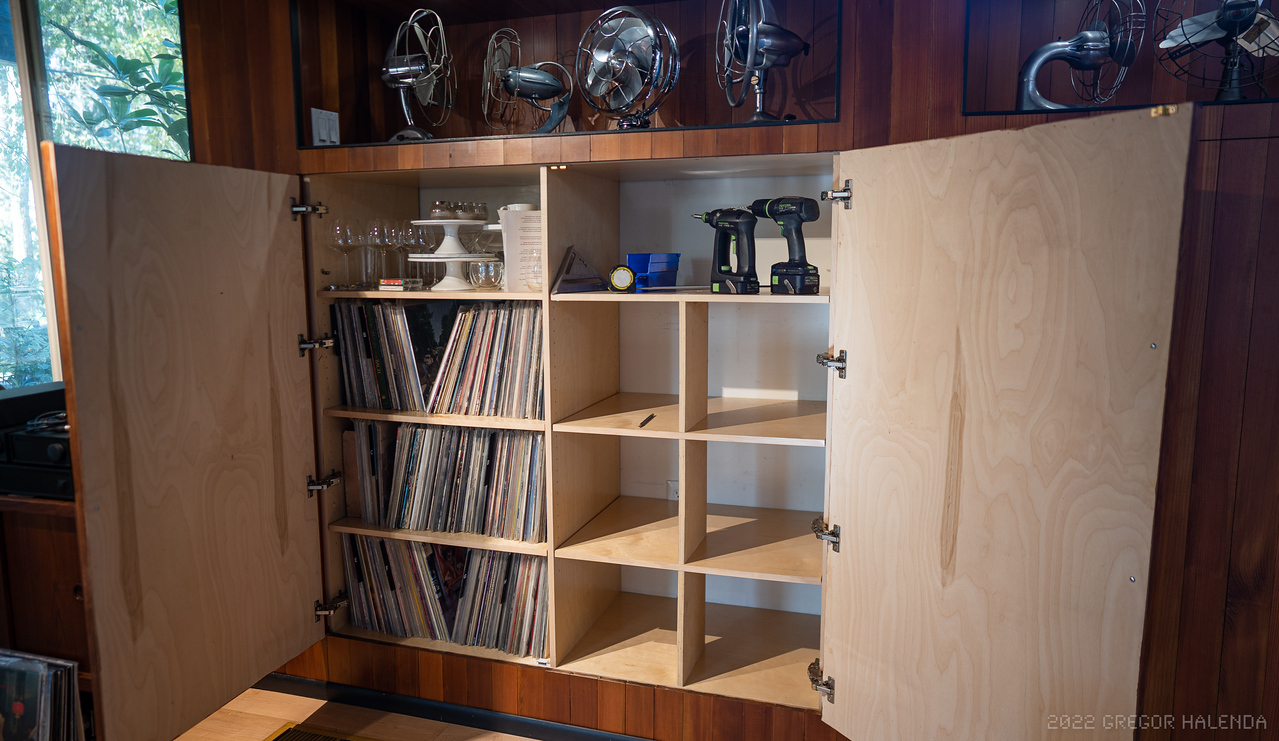
One day after my divorce my daughter asked me what all those things in the shed were. "Records" I answered. What do they do? "They play music." How? "A tiny needle, grooves..." Show me? "I don't have a record player anymore..."
I'd sold my LP-12 when I lived in NYC but I found a Rega 3 locally and we brought the records into the house and spent a week alphabetizing them and then clearing out a cabinet that once held serving dishes.
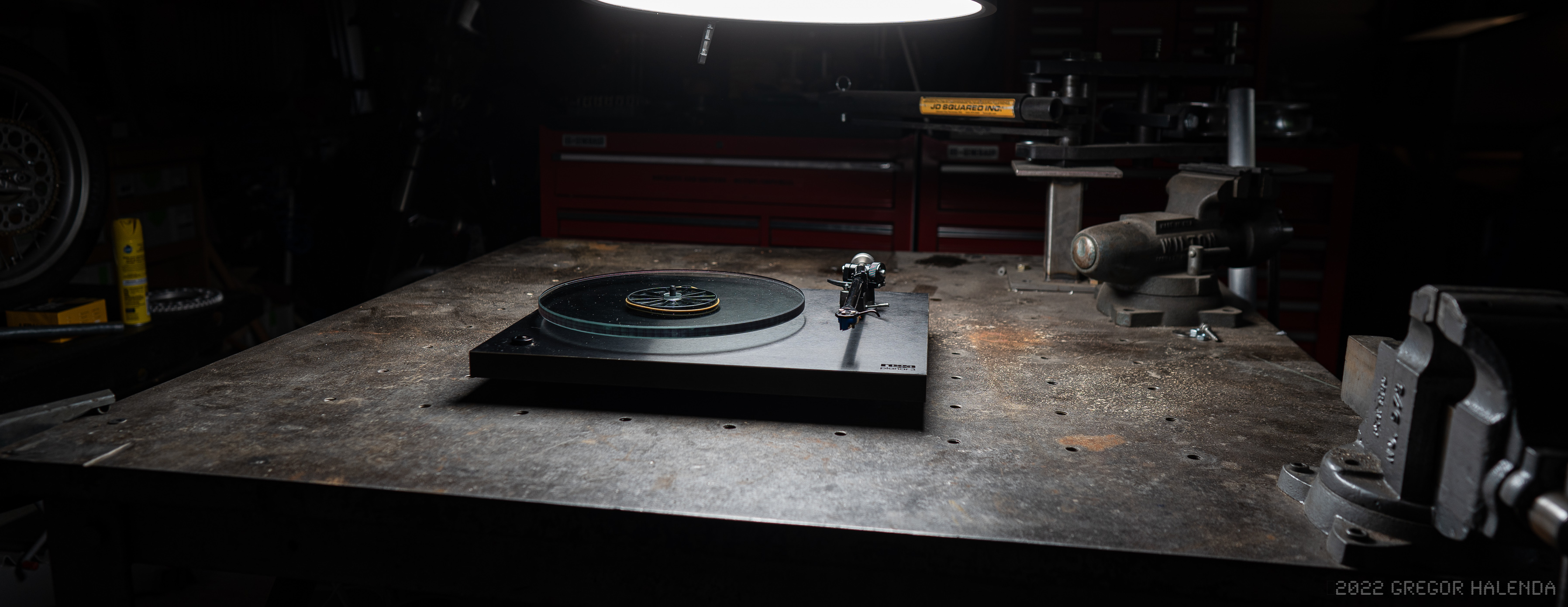
I still had my old chrome bumper 42, Hicap and 250 - it has simply been my streaming system with a set of Credo's. One of the knobs broke and I machined new ones from some billets of aluminum.
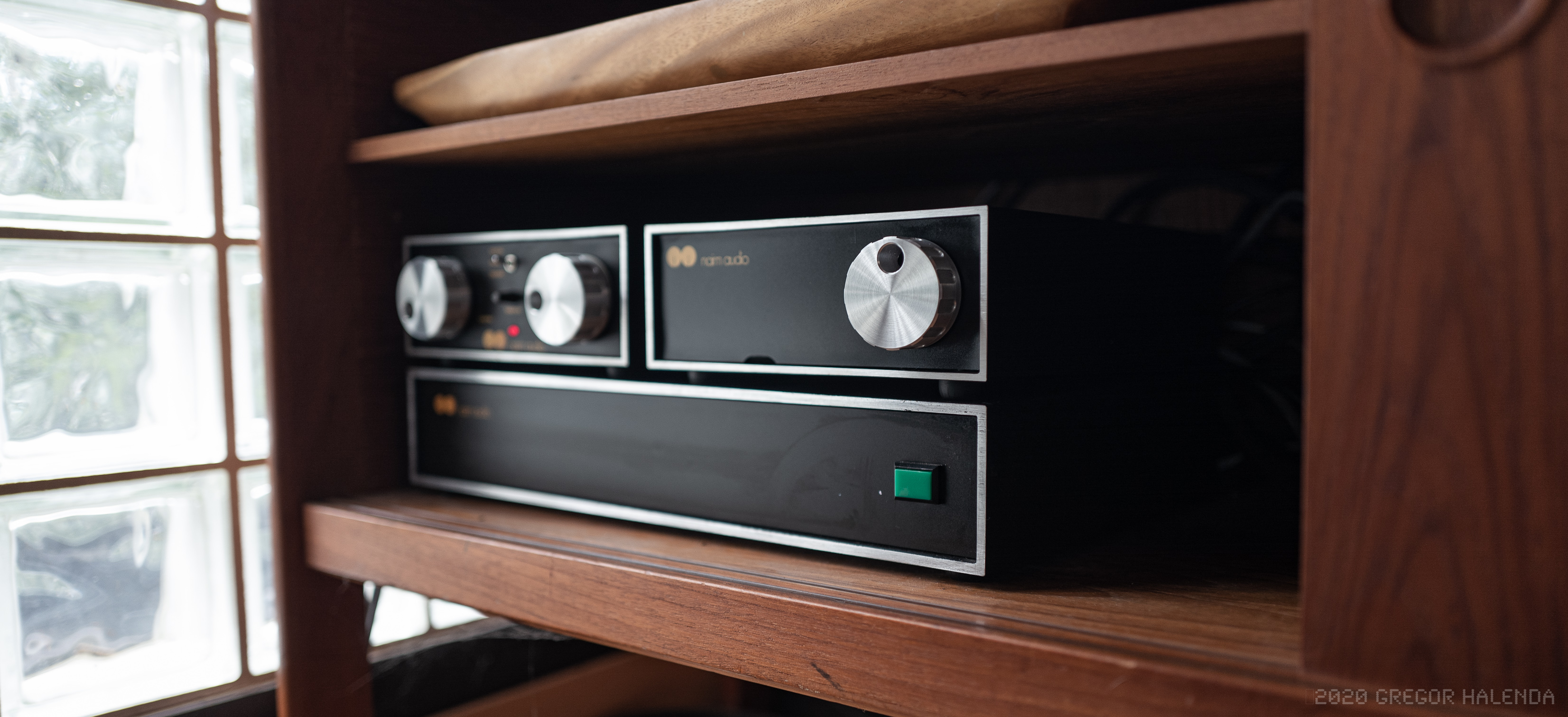
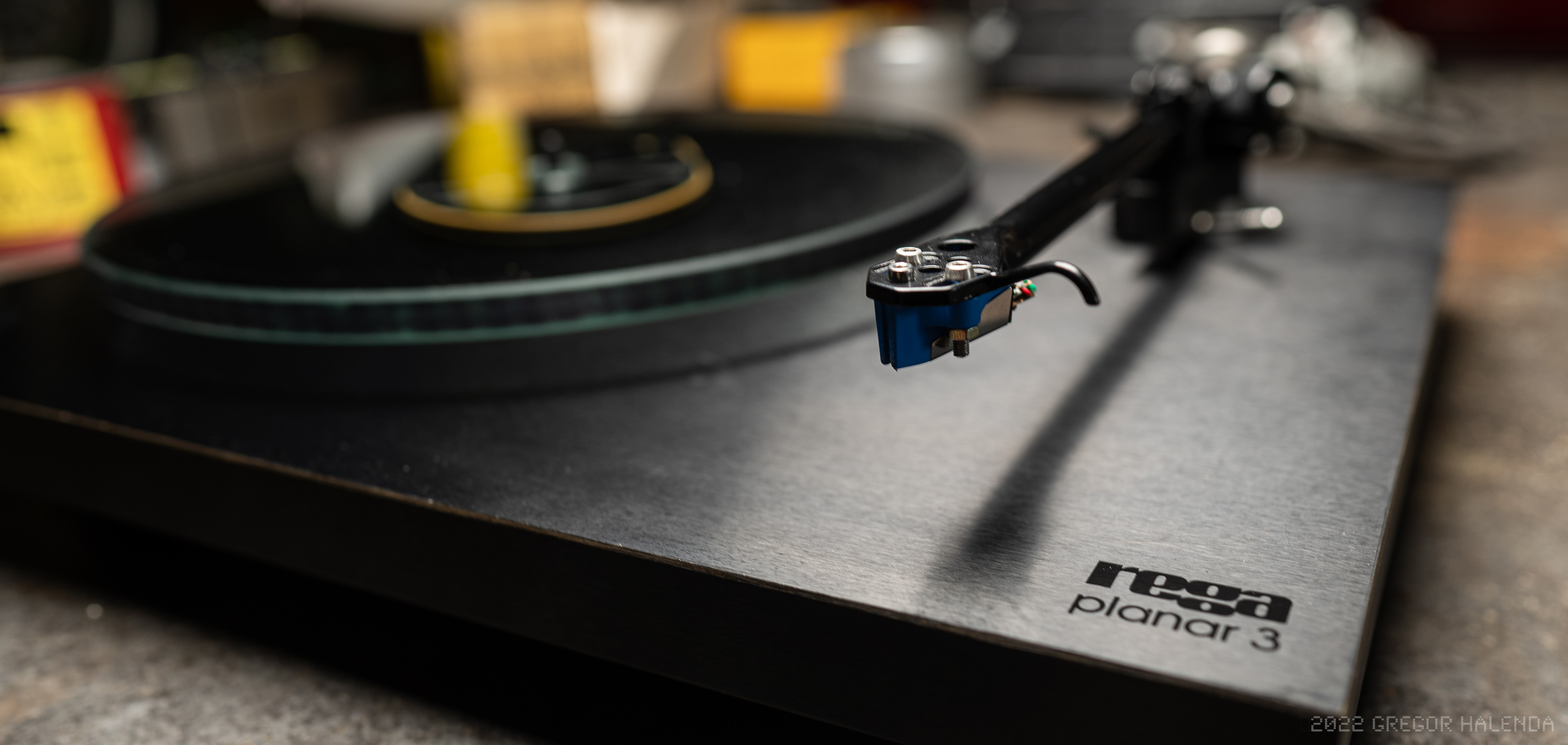
I always remembered the sound of the Rega to be honest and engaging but honestly it was disappointing. Flat, thin and awful.
But not to my daughter. She absolutely loved playing the "record game" and spinning vinyl. "Number and letter!" she'd shout.
S-32. Simple Minds
And we'd listen to a side. The game never got old and she discovered a lot of fun music. I was unmoved by the sound but happy to accompany her on a musical discovery.
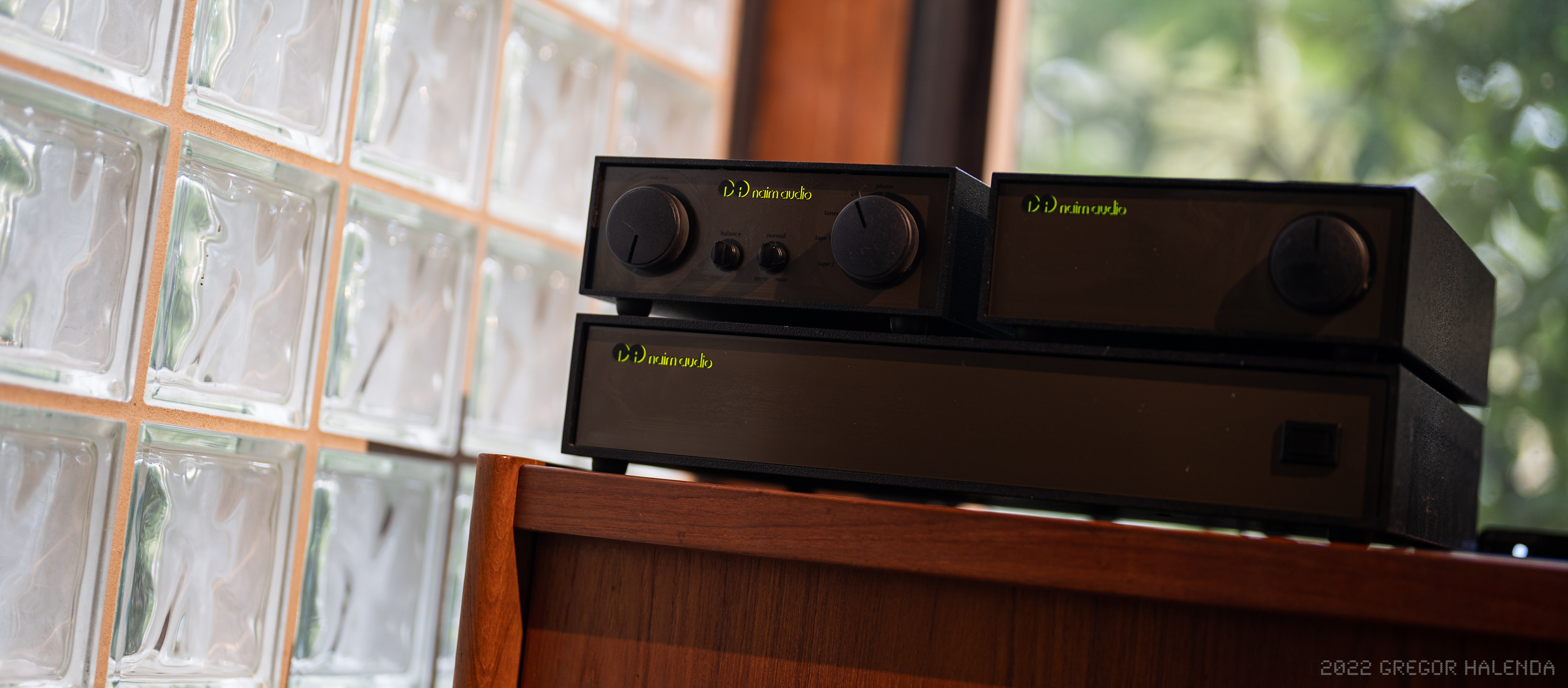
Fast forward a few months and a friend is looking for an espresso machine. He has some newer olive gear and wants to trade and brings it to the house. I am not exactly interested because I don't think that the olive gear is much of a jump but we hook it up.
I knew my chrome gear was probably in need of a recap but I wasn't prepared for the improvement. Night and day. On reflection I think my old phono boards were bad and I was blaming the Rega. The Rega now sounded like I remembered - engaging, rhythmic and fun. We made the trade.
All my records now sounded amazing. I began to listen to music again. I began to buy albums again. I began to go to shows again. When the kids went to moms house I'd shut the lights out and listen. Just like when I was in college. This was good.
I began to deeply regret selling my LP-12. I began to look on ebay. I began to fall down the rabbit hole.
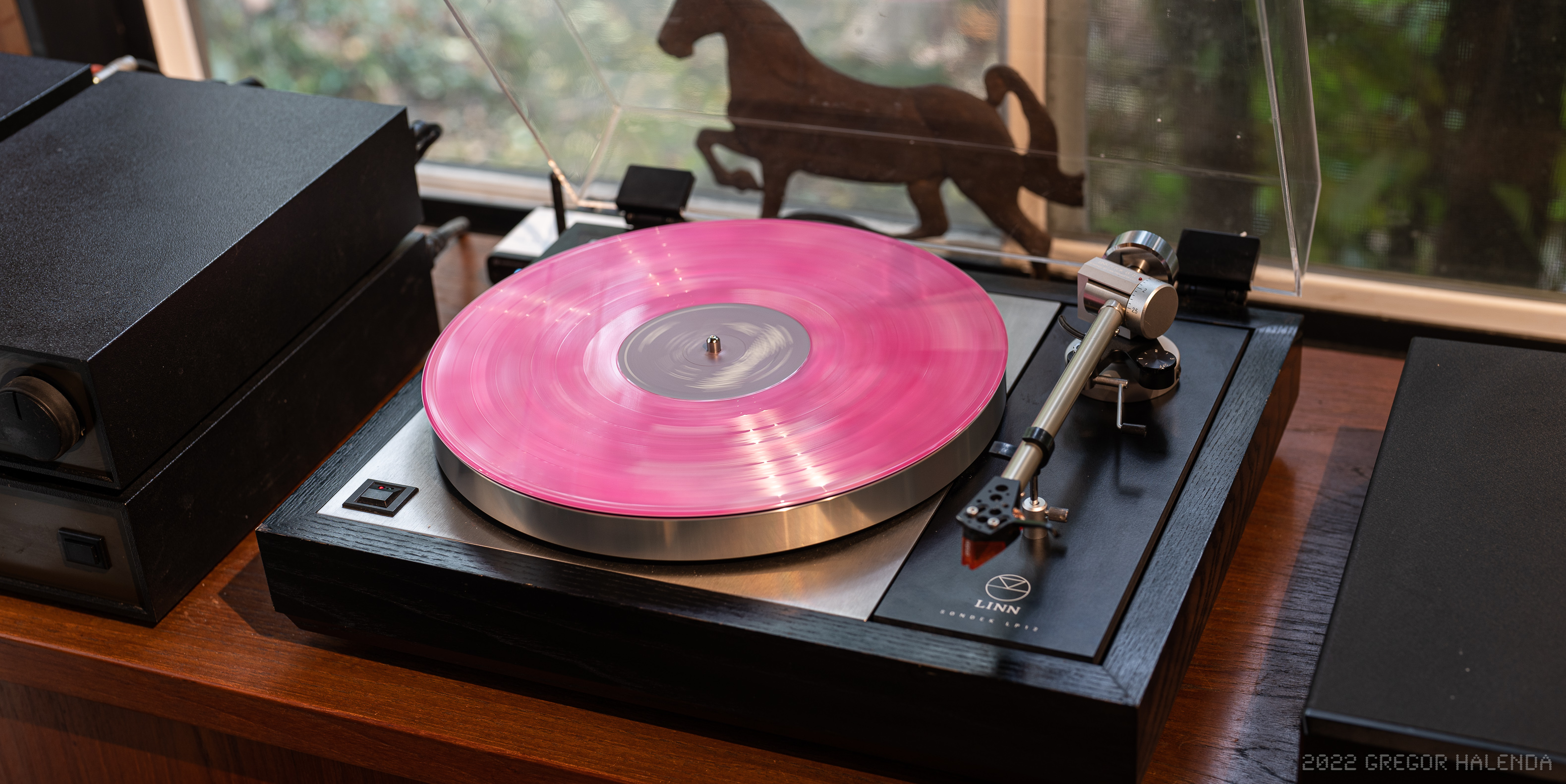

And then I found an identical LP-12 to what I'd had: black ash, Itokk and a Cirkus upgrade but with a Lingo. The jump in sound was just like I remembered - immense. Detailed, engaging, rhythmic, fun.
The Credo's were fine speakers and they sounded fine but that's it. They were never "the thing." The "Thing" was a system that I'd helped install for one of our regular customers, Brian, who had an active SBL set up. We installed all sorts of amazing systems including active DBL's with a six pack of 135's but for me it was Brians system - that was the grail.
One of the great parts of getting older is that there's very often a lucky intersection between what you once coveted and couldn't afford when you were young, its declining value and your increasing income. Can I find myself a set of SBL's?
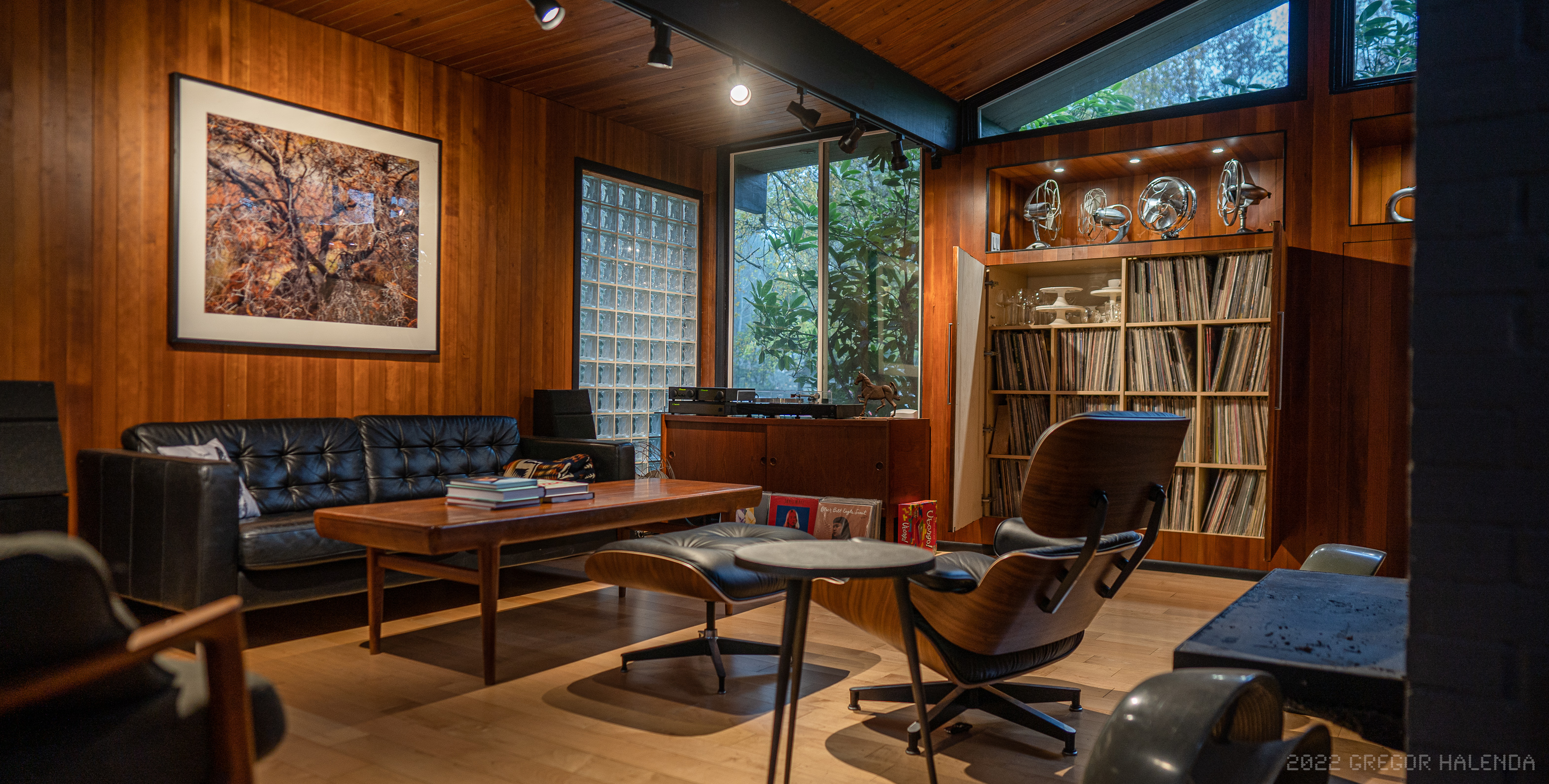
My black ash Mk2 SBL's came all the way from England. This gear is old, outdated and doesn't really hold much value outside of its sentimentality so they were surprisingly cheap and thanks to ebay shipping was less than it would have been within the state. Again, the sound was dramatically improved.
Despite the fact that the turntable is still sitting on a vintage credenza.
I'm going to break this up into a few segments so we'll deal with the credenza next.
Gregor

Fast forward 40 years, a dozen apartments, two kids...
I've moved my collection of LP's across the country twice - from Colorado to NYC and up and down the stairs of countless walk ups. In the mid 2000's I gave up on vinyl and tried a few times to sell or give away the albums as I just couldn't take moving them again. Luckily they were worthless and they made their final move to Oregon where my partner insisted they remain in storage. We needed the space for dishes.

One day after my divorce my daughter asked me what all those things in the shed were. "Records" I answered. What do they do? "They play music." How? "A tiny needle, grooves..." Show me? "I don't have a record player anymore..."
I'd sold my LP-12 when I lived in NYC but I found a Rega 3 locally and we brought the records into the house and spent a week alphabetizing them and then clearing out a cabinet that once held serving dishes.

I still had my old chrome bumper 42, Hicap and 250 - it has simply been my streaming system with a set of Credo's. One of the knobs broke and I machined new ones from some billets of aluminum.


I always remembered the sound of the Rega to be honest and engaging but honestly it was disappointing. Flat, thin and awful.
But not to my daughter. She absolutely loved playing the "record game" and spinning vinyl. "Number and letter!" she'd shout.
S-32. Simple Minds
And we'd listen to a side. The game never got old and she discovered a lot of fun music. I was unmoved by the sound but happy to accompany her on a musical discovery.

Fast forward a few months and a friend is looking for an espresso machine. He has some newer olive gear and wants to trade and brings it to the house. I am not exactly interested because I don't think that the olive gear is much of a jump but we hook it up.
I knew my chrome gear was probably in need of a recap but I wasn't prepared for the improvement. Night and day. On reflection I think my old phono boards were bad and I was blaming the Rega. The Rega now sounded like I remembered - engaging, rhythmic and fun. We made the trade.
All my records now sounded amazing. I began to listen to music again. I began to buy albums again. I began to go to shows again. When the kids went to moms house I'd shut the lights out and listen. Just like when I was in college. This was good.
I began to deeply regret selling my LP-12. I began to look on ebay. I began to fall down the rabbit hole.


And then I found an identical LP-12 to what I'd had: black ash, Itokk and a Cirkus upgrade but with a Lingo. The jump in sound was just like I remembered - immense. Detailed, engaging, rhythmic, fun.
The Credo's were fine speakers and they sounded fine but that's it. They were never "the thing." The "Thing" was a system that I'd helped install for one of our regular customers, Brian, who had an active SBL set up. We installed all sorts of amazing systems including active DBL's with a six pack of 135's but for me it was Brians system - that was the grail.
One of the great parts of getting older is that there's very often a lucky intersection between what you once coveted and couldn't afford when you were young, its declining value and your increasing income. Can I find myself a set of SBL's?

My black ash Mk2 SBL's came all the way from England. This gear is old, outdated and doesn't really hold much value outside of its sentimentality so they were surprisingly cheap and thanks to ebay shipping was less than it would have been within the state. Again, the sound was dramatically improved.
Despite the fact that the turntable is still sitting on a vintage credenza.
I'm going to break this up into a few segments so we'll deal with the credenza next.
Gregor


